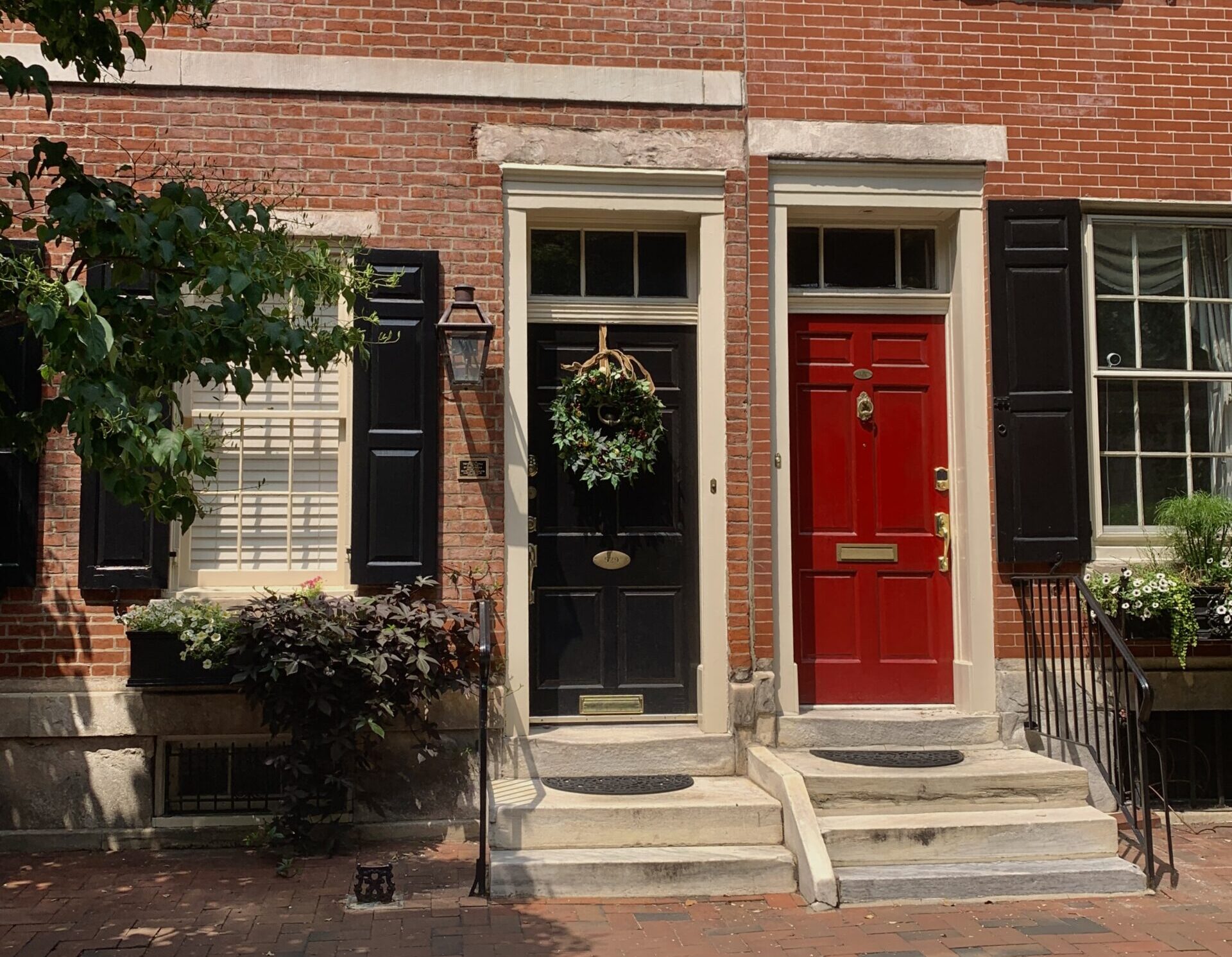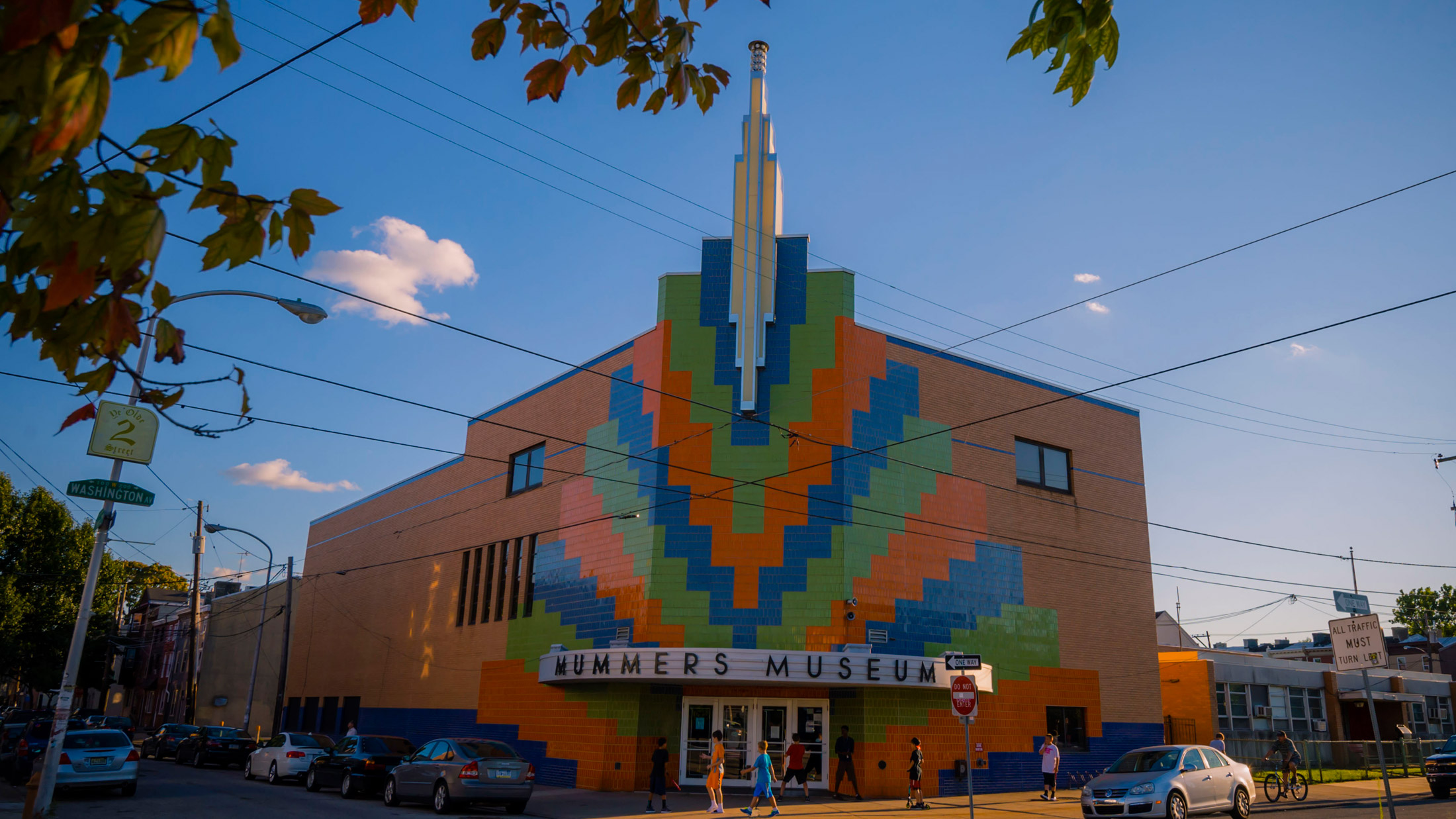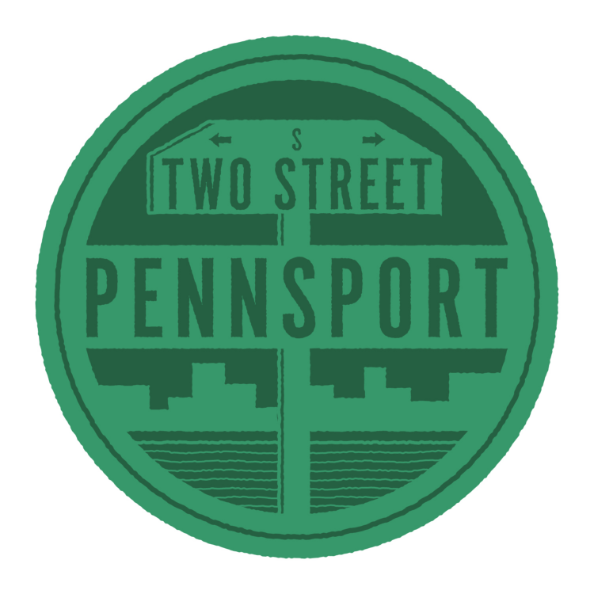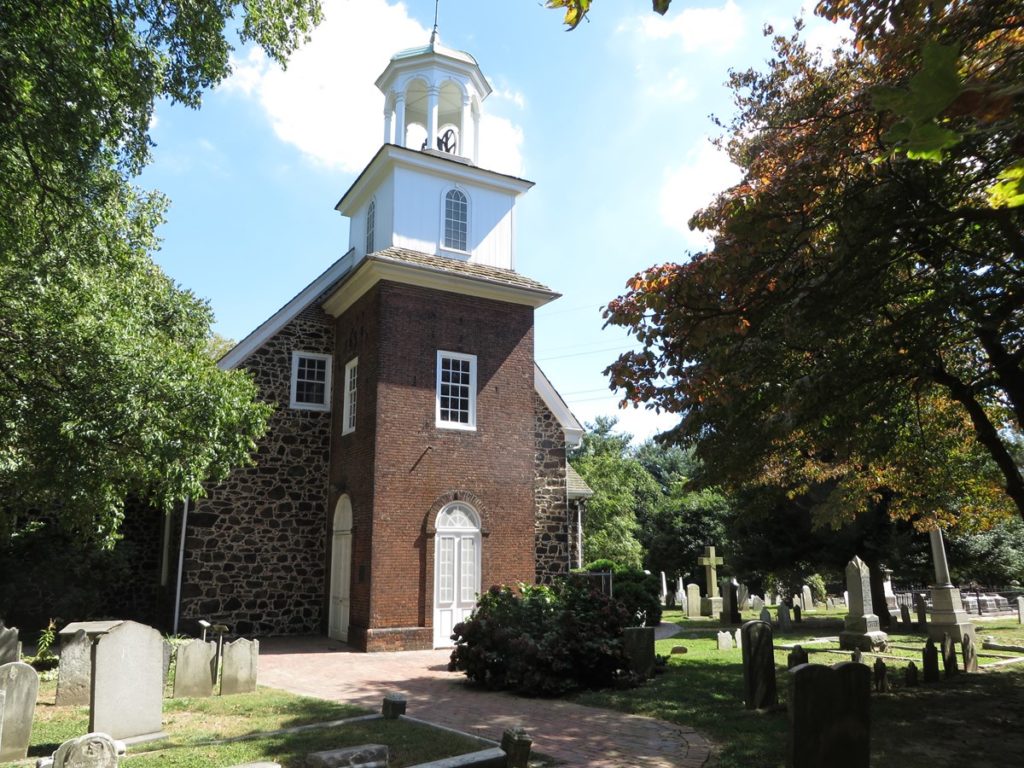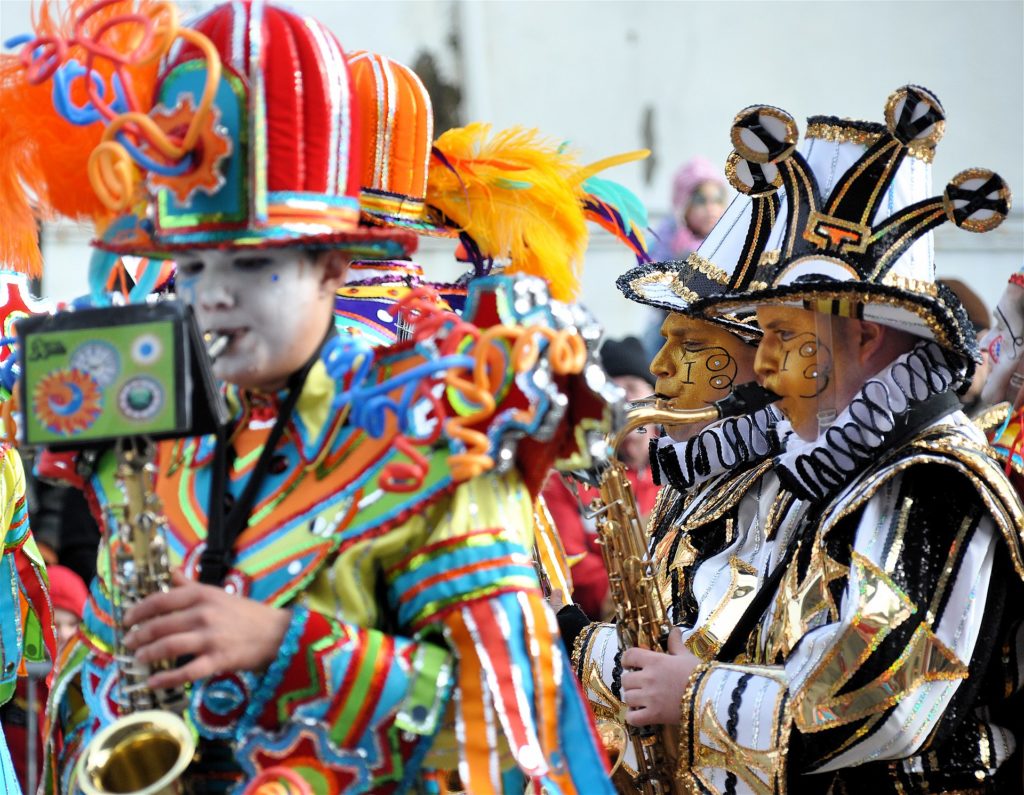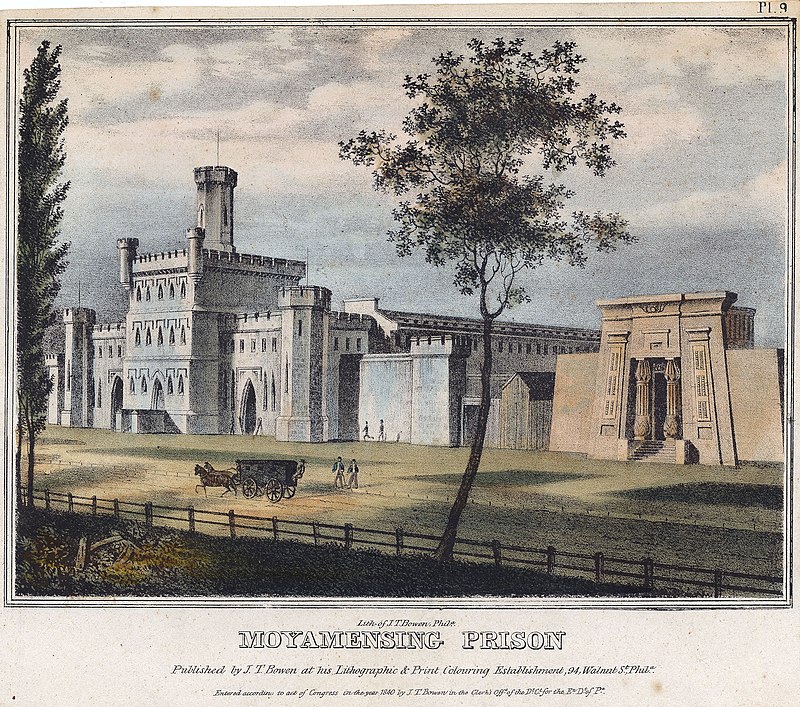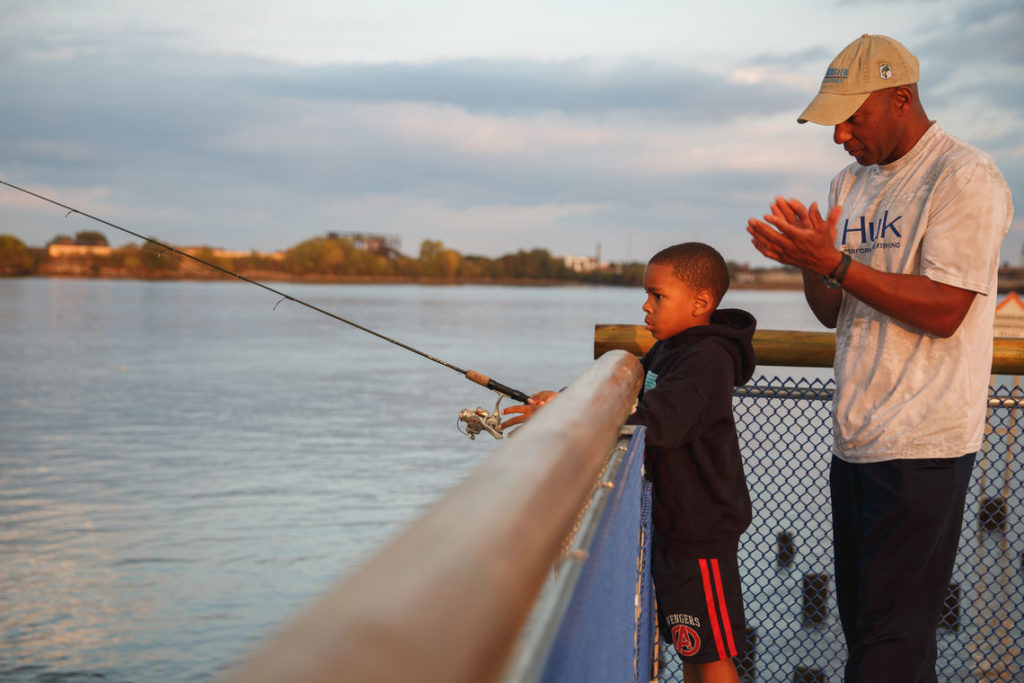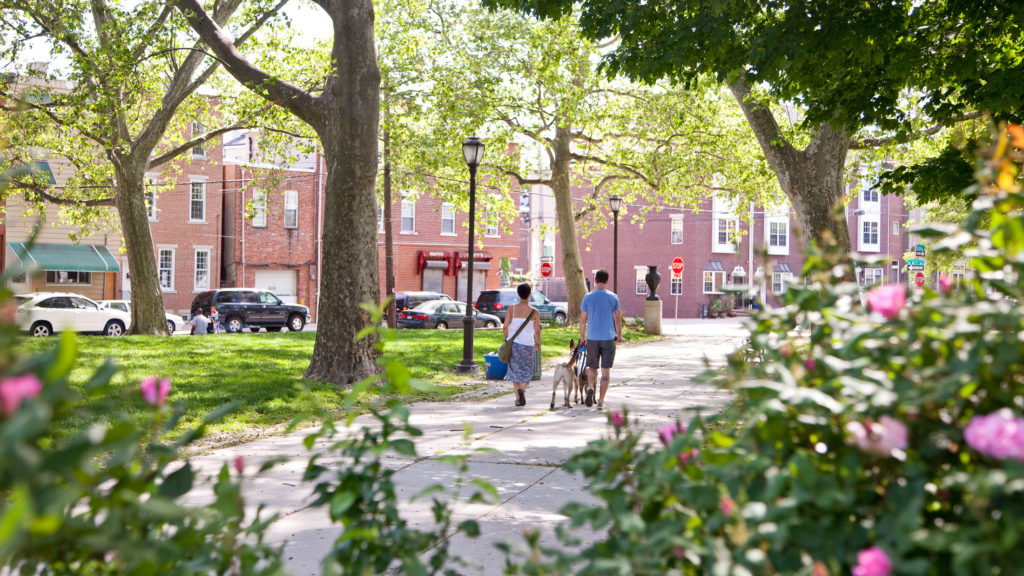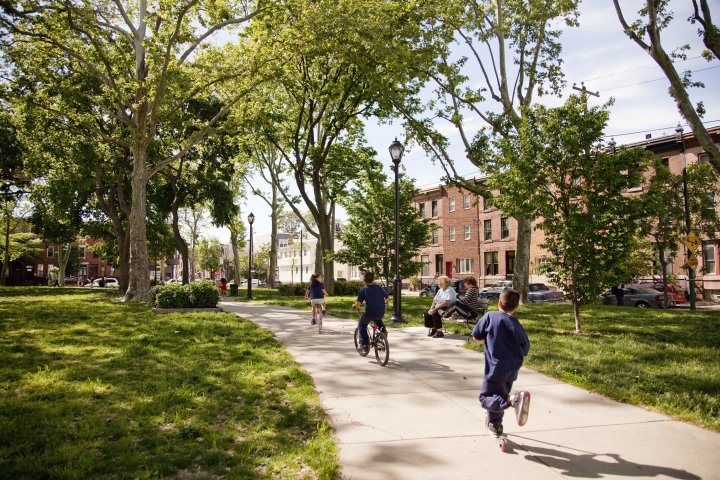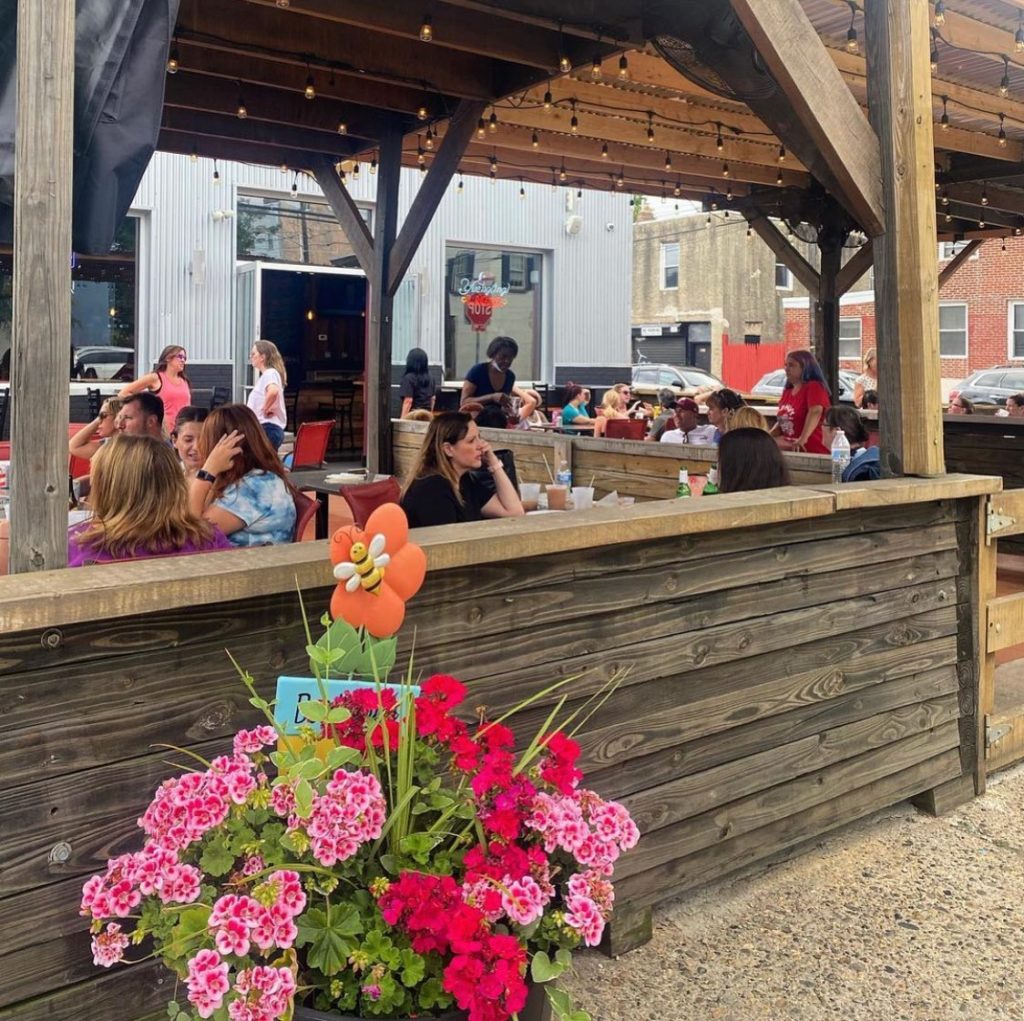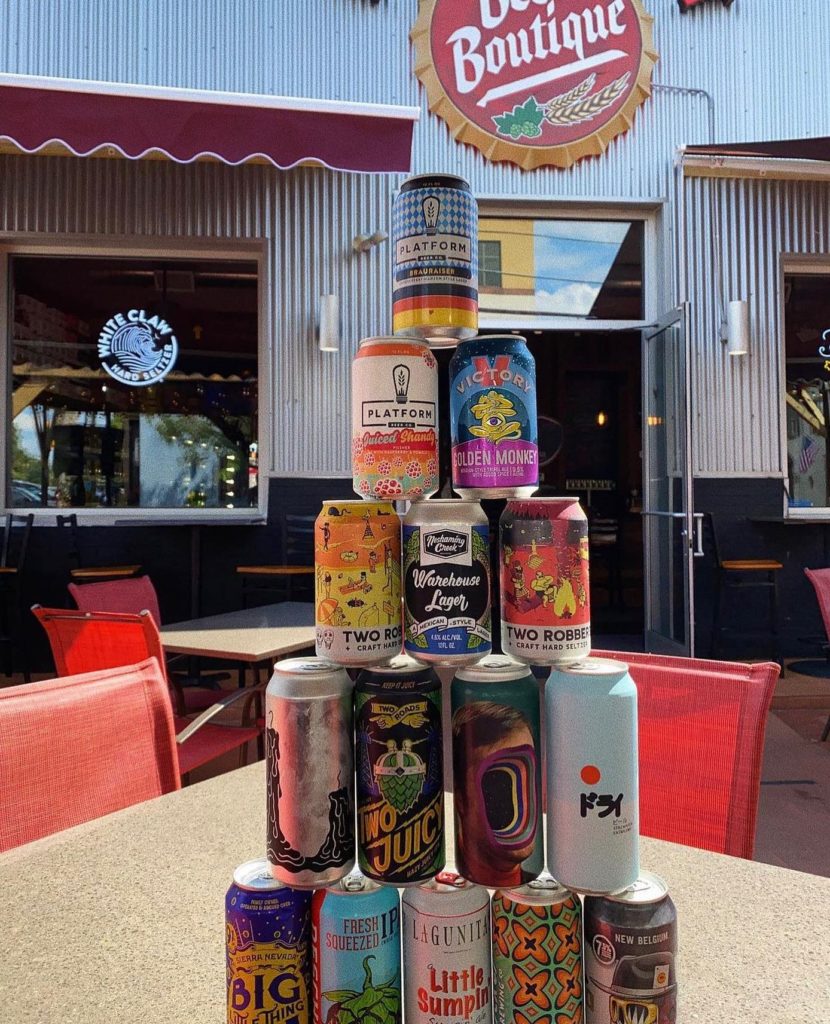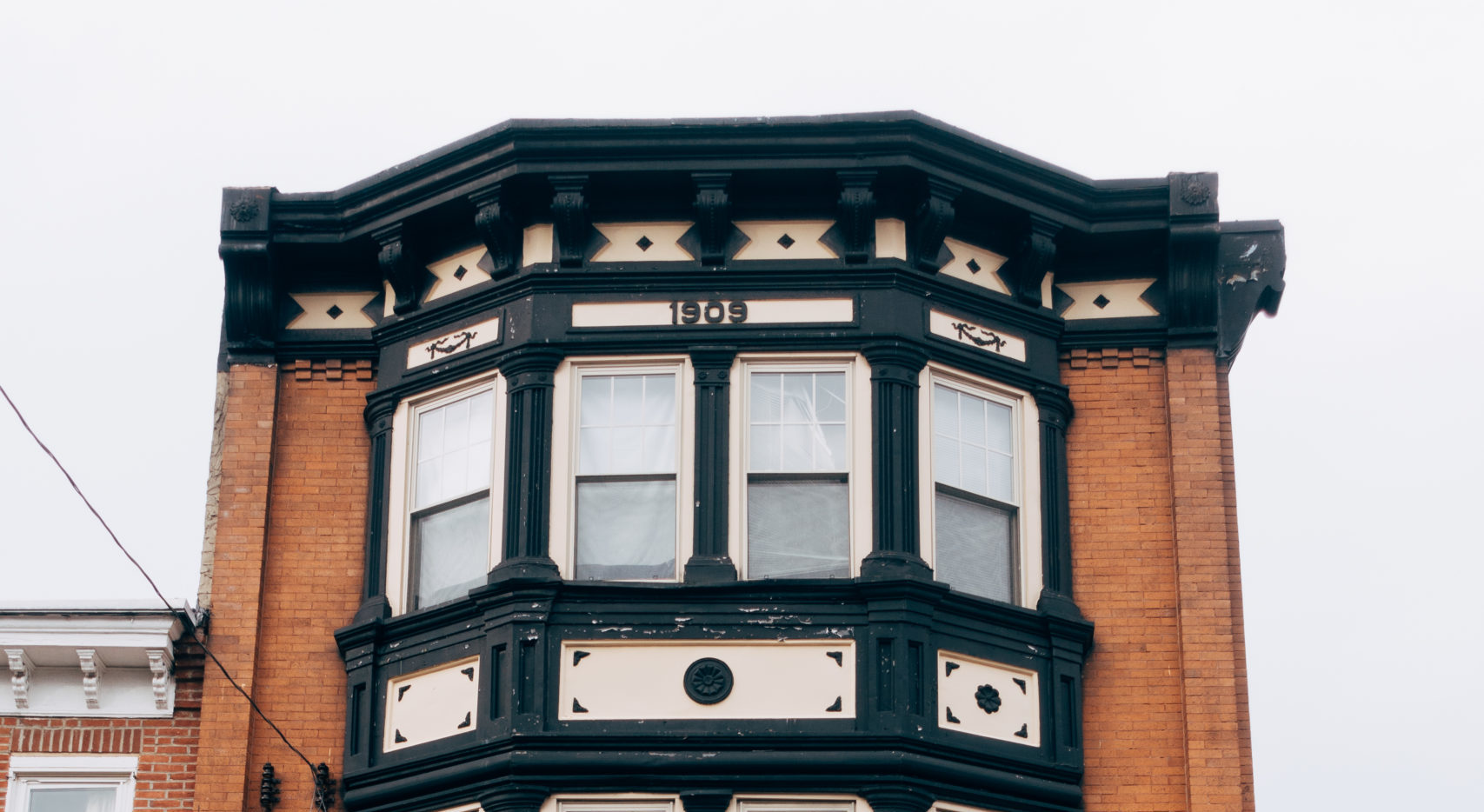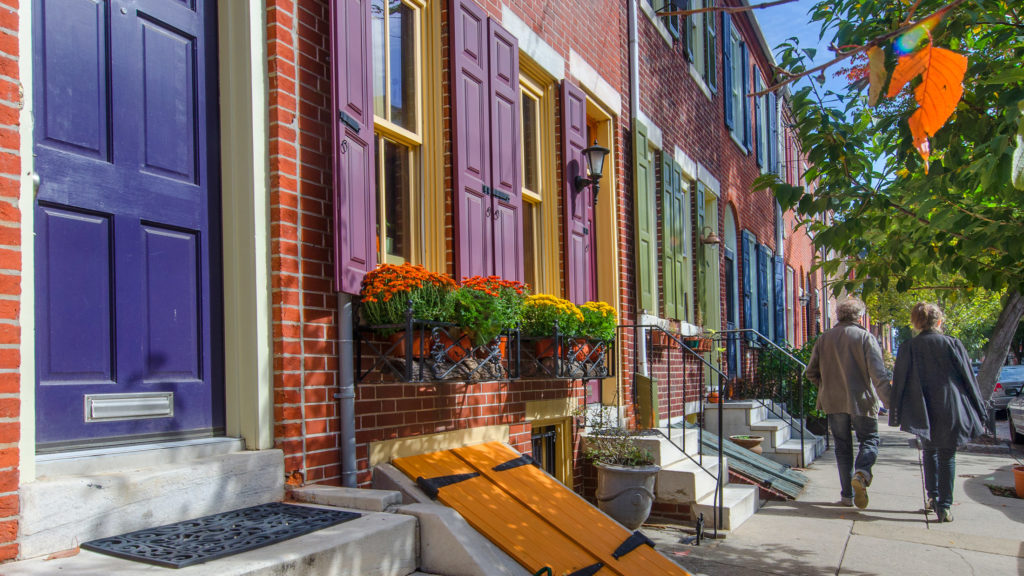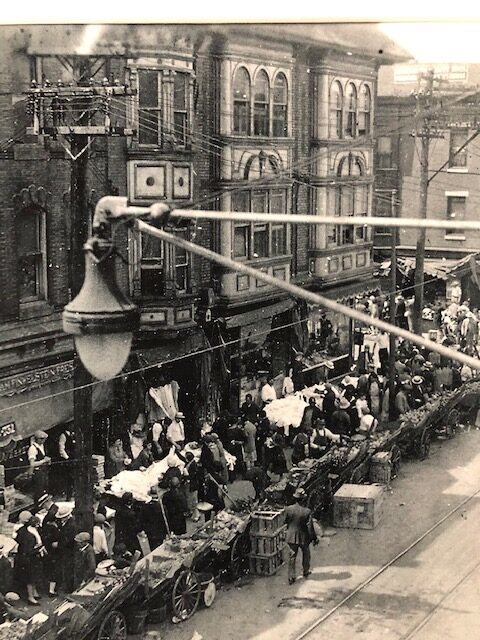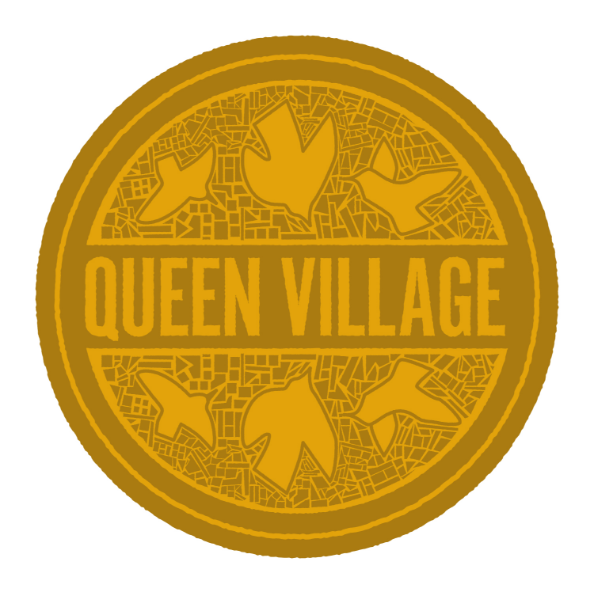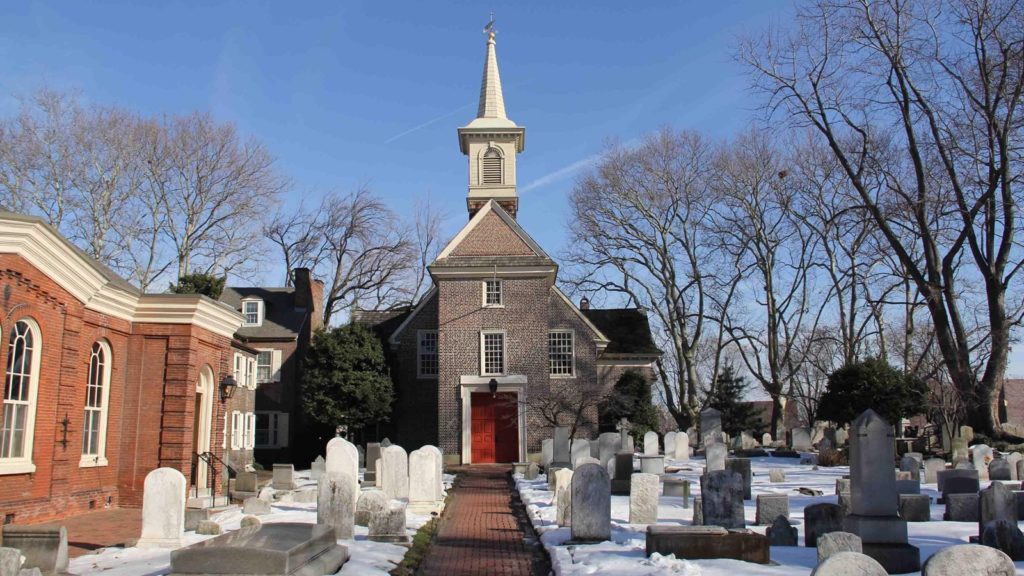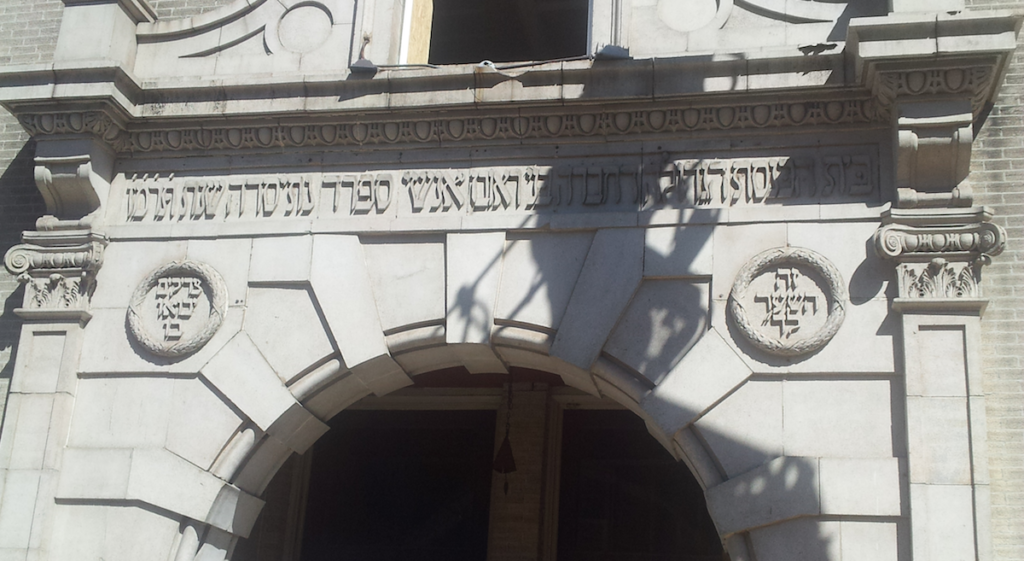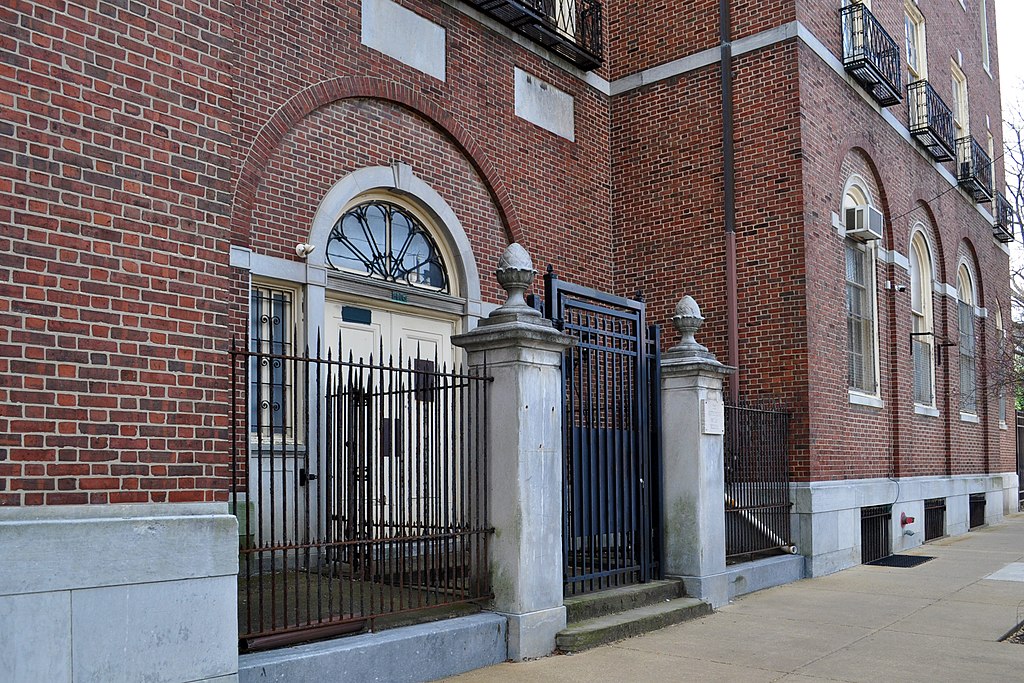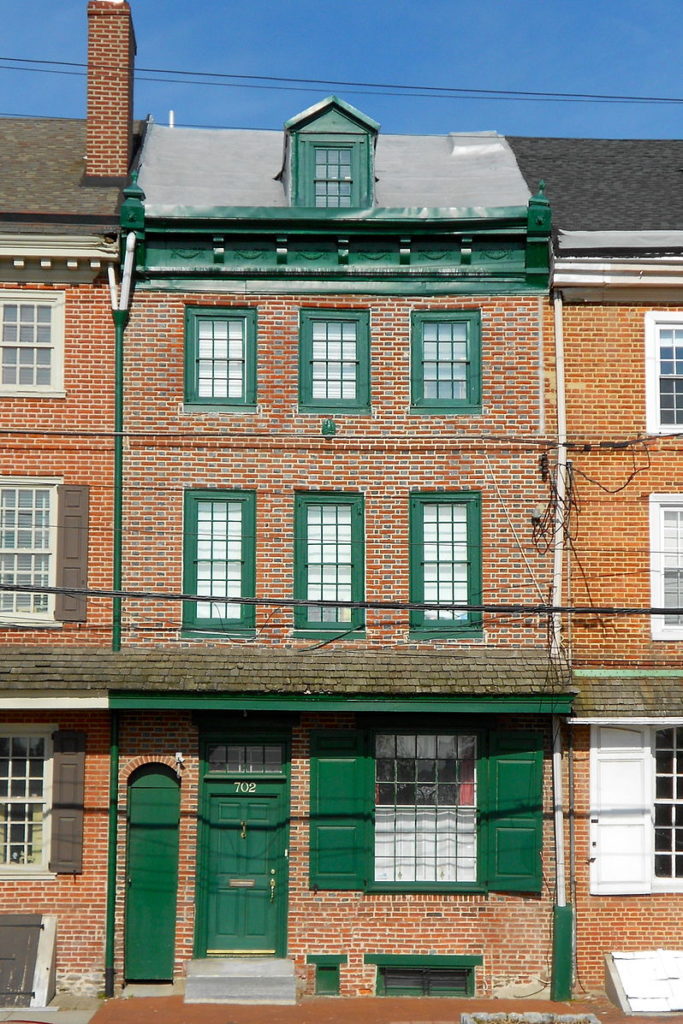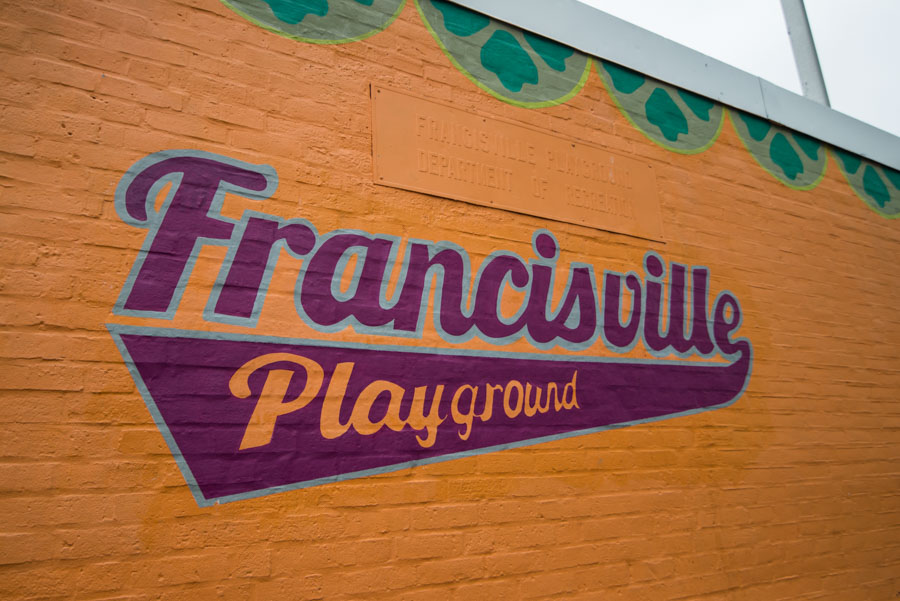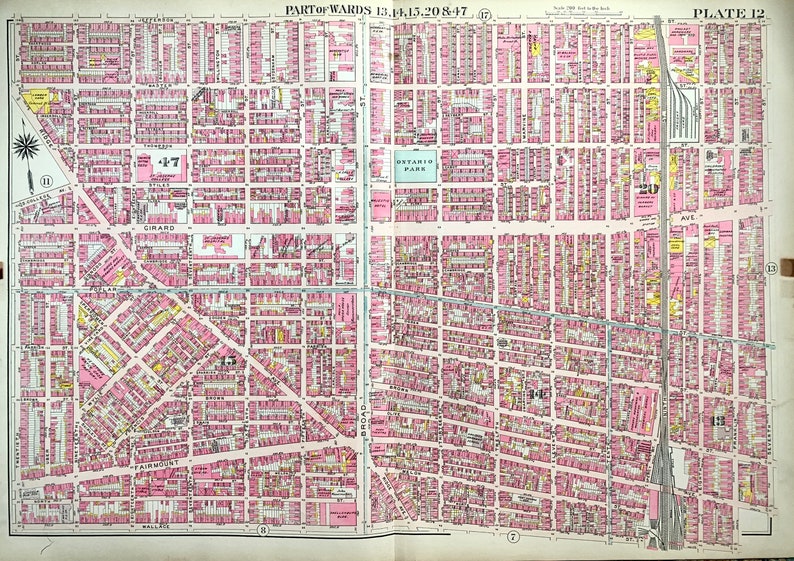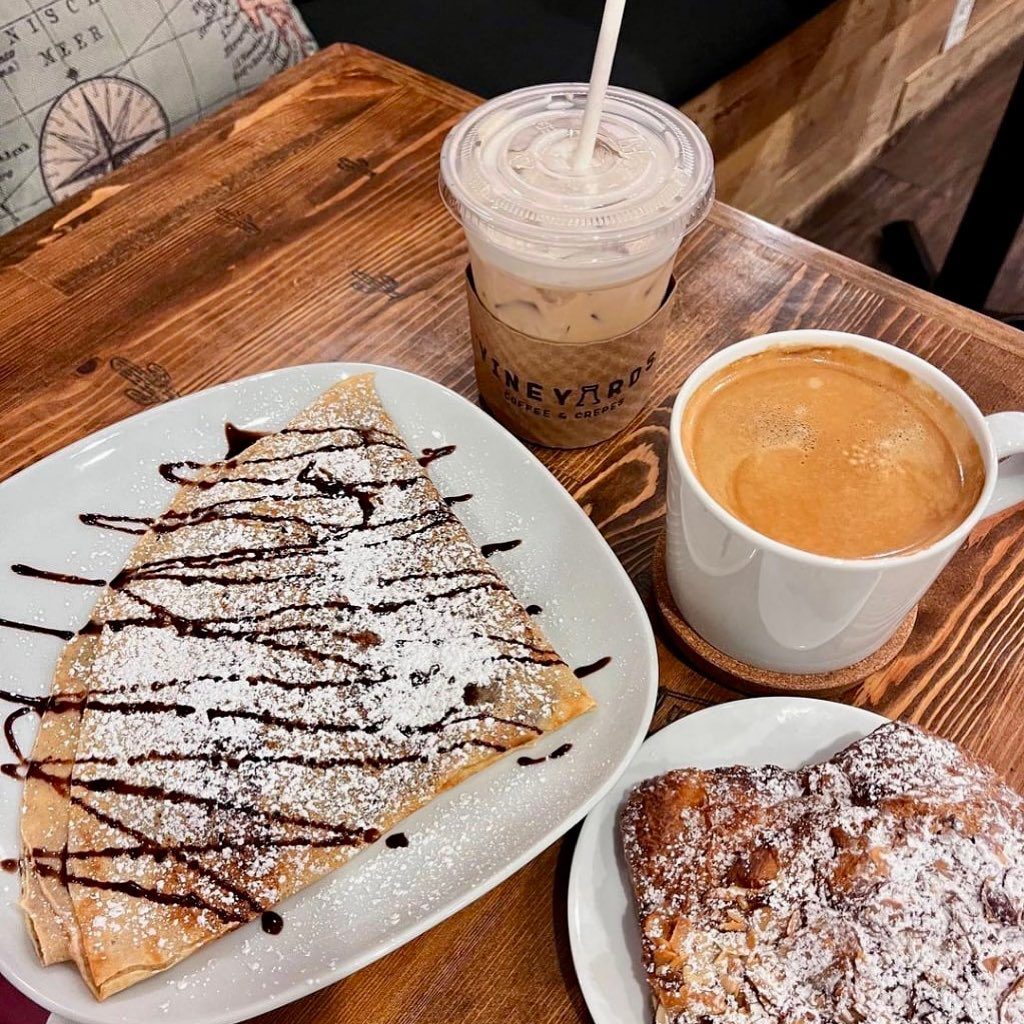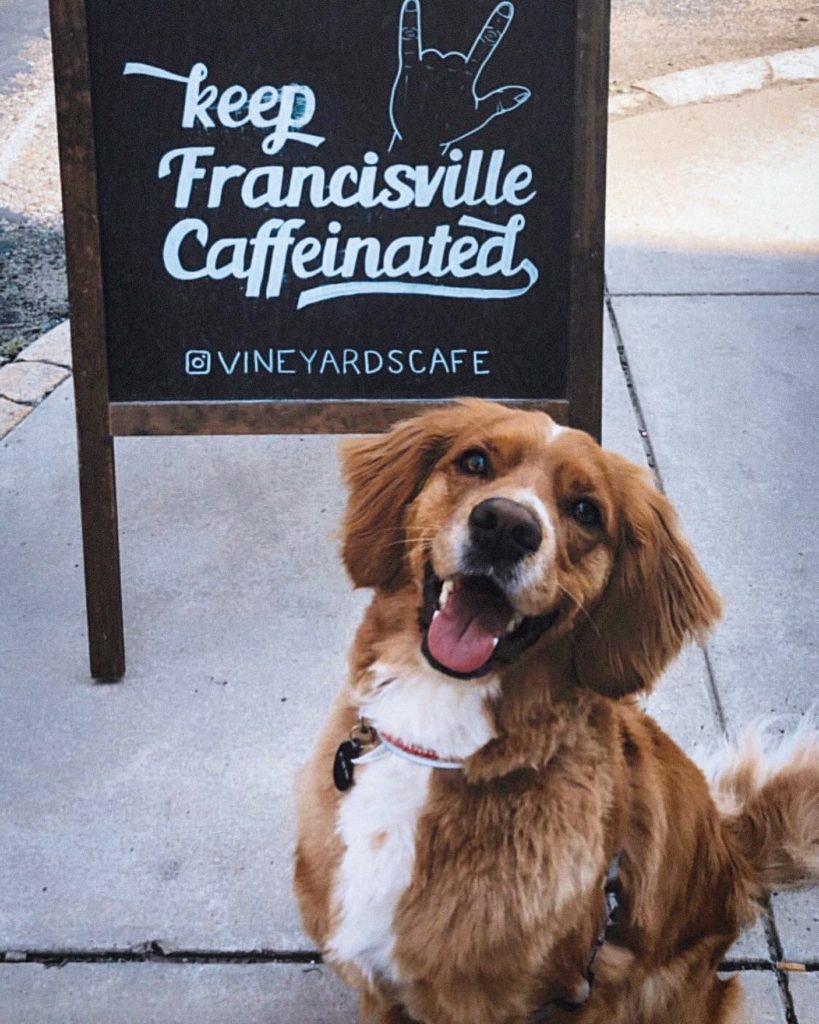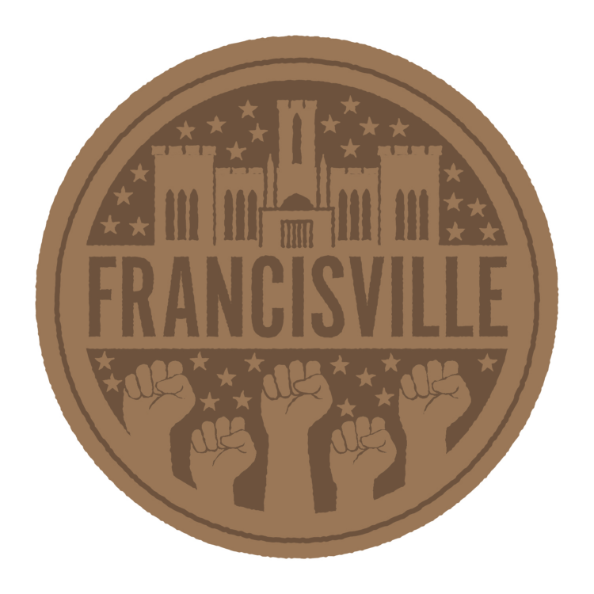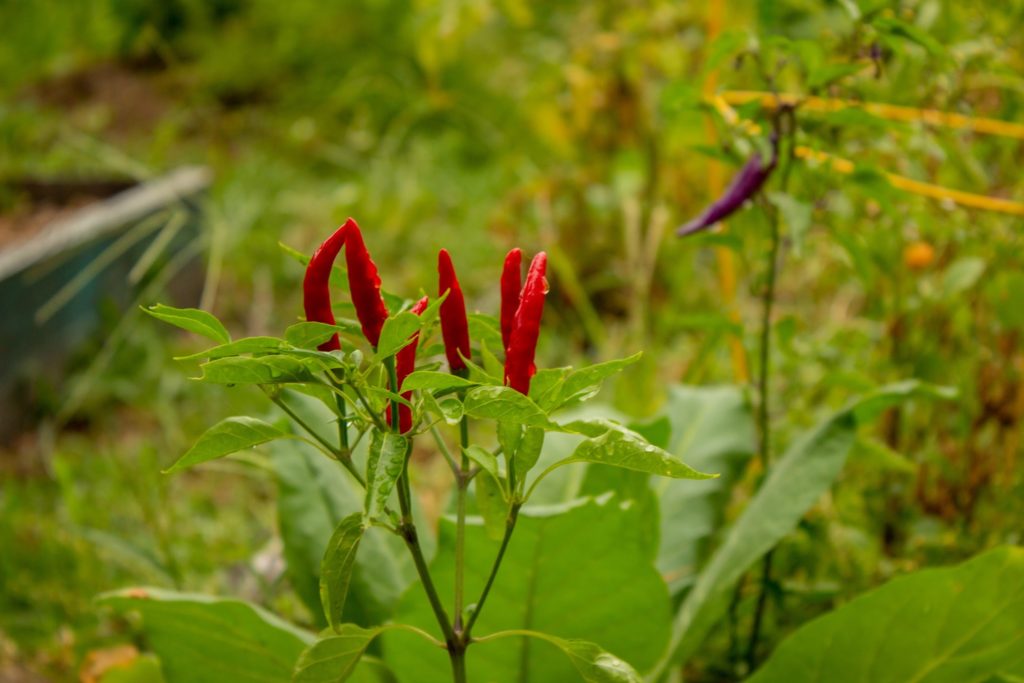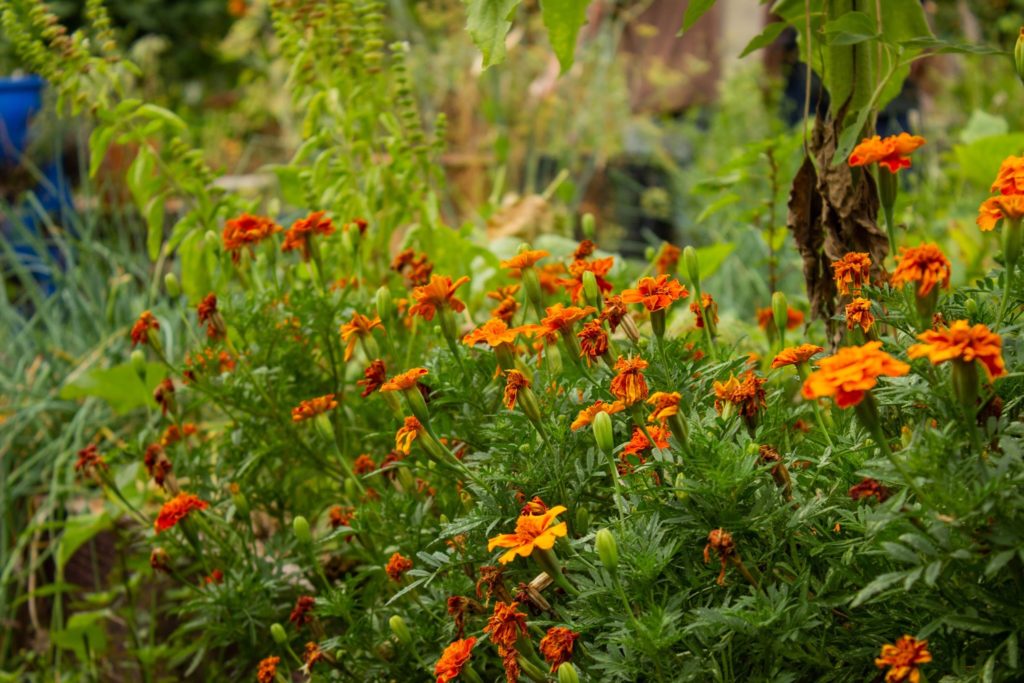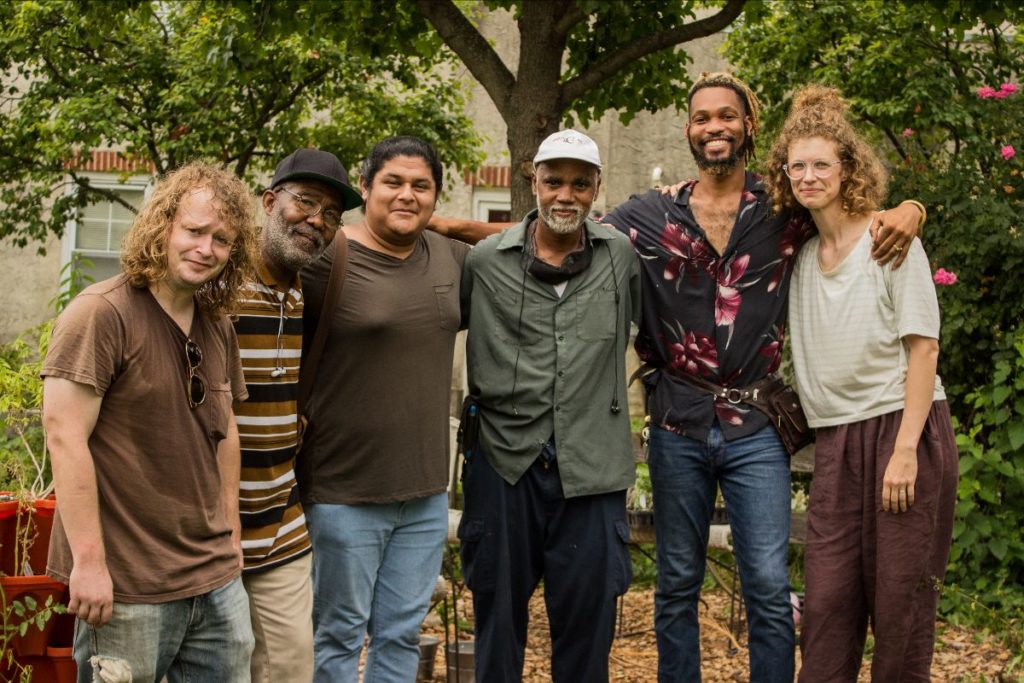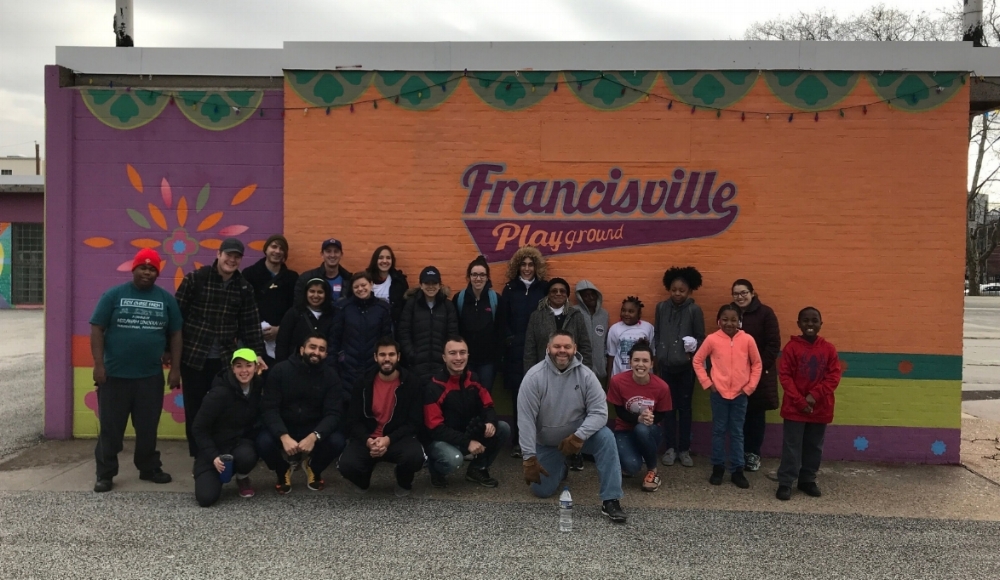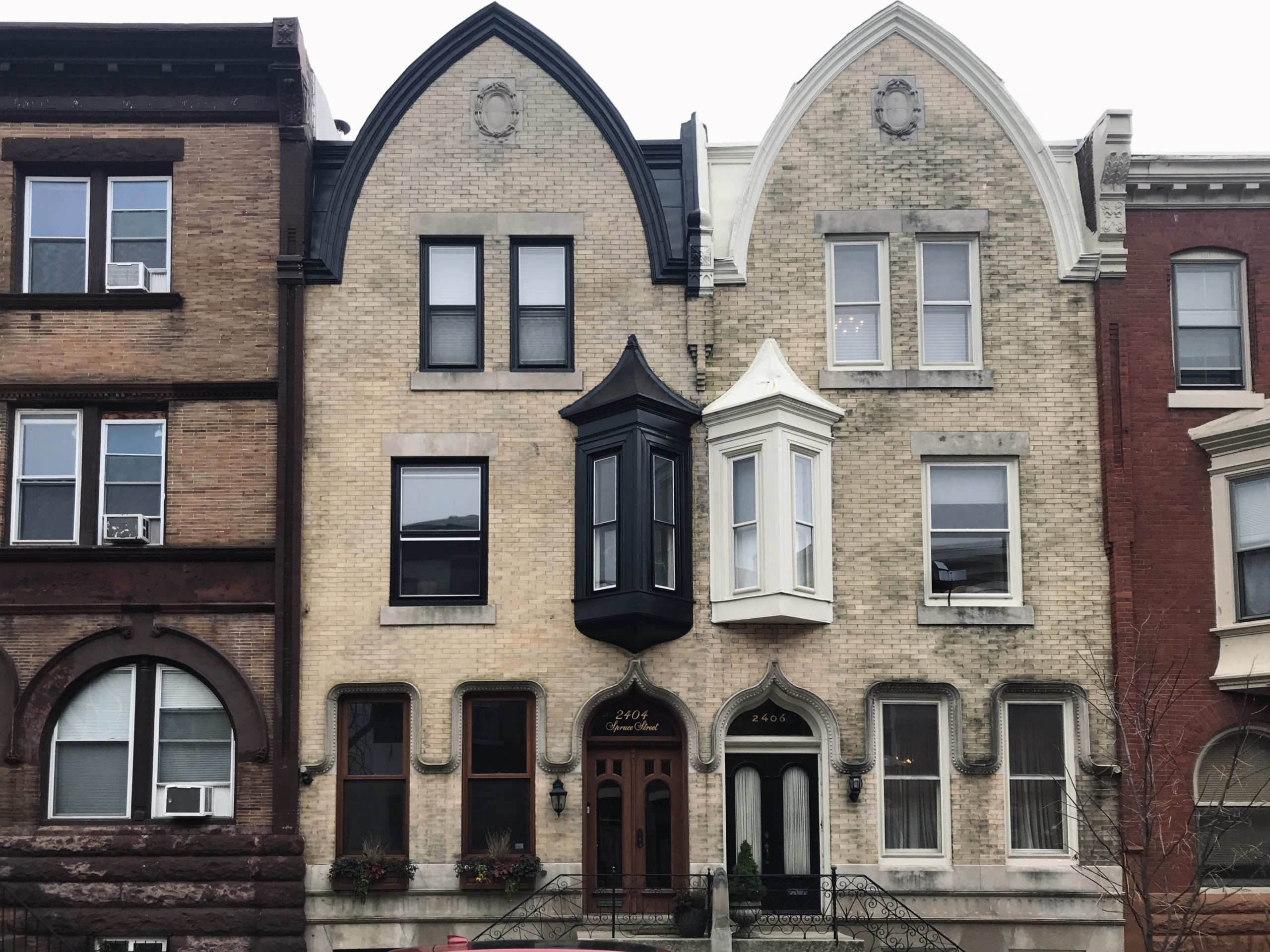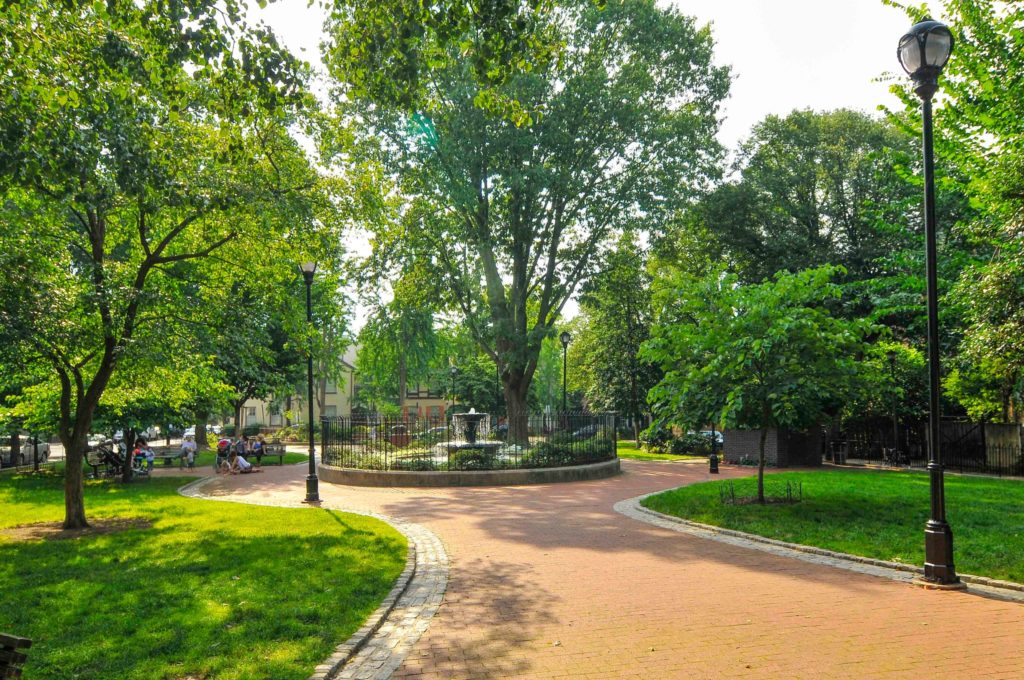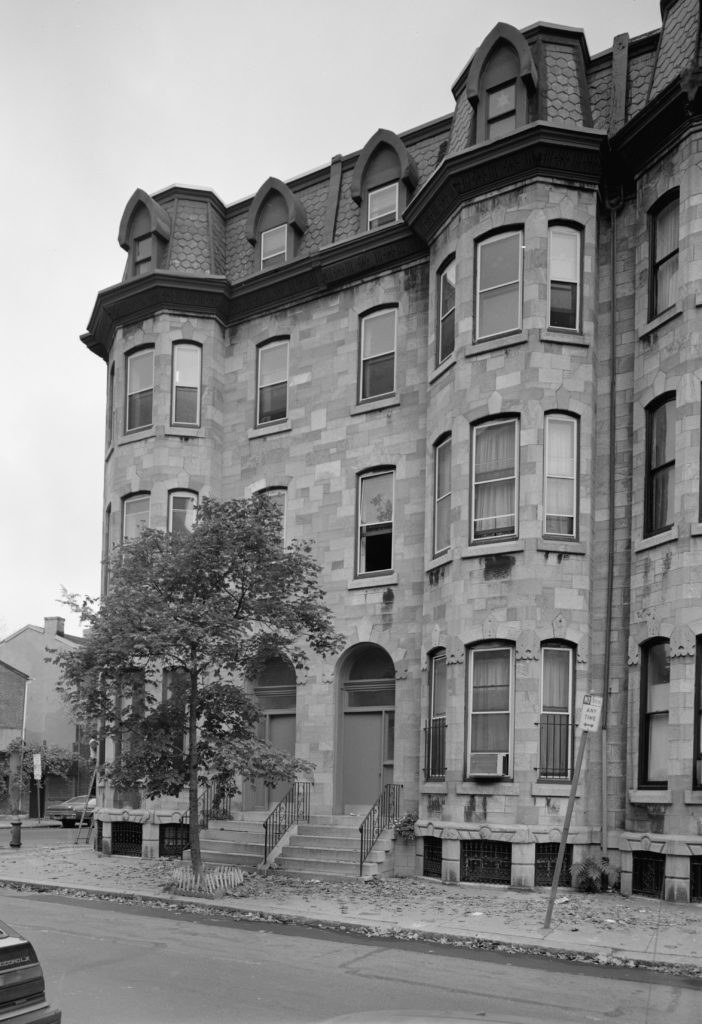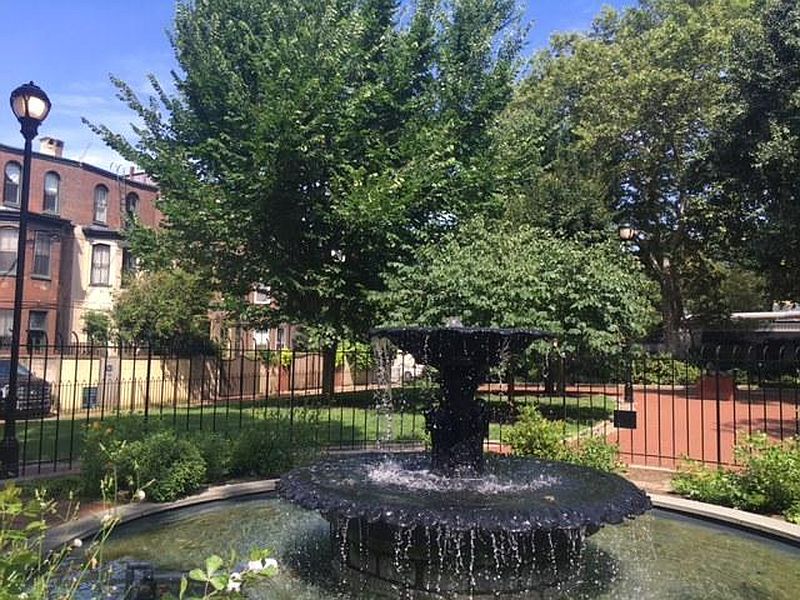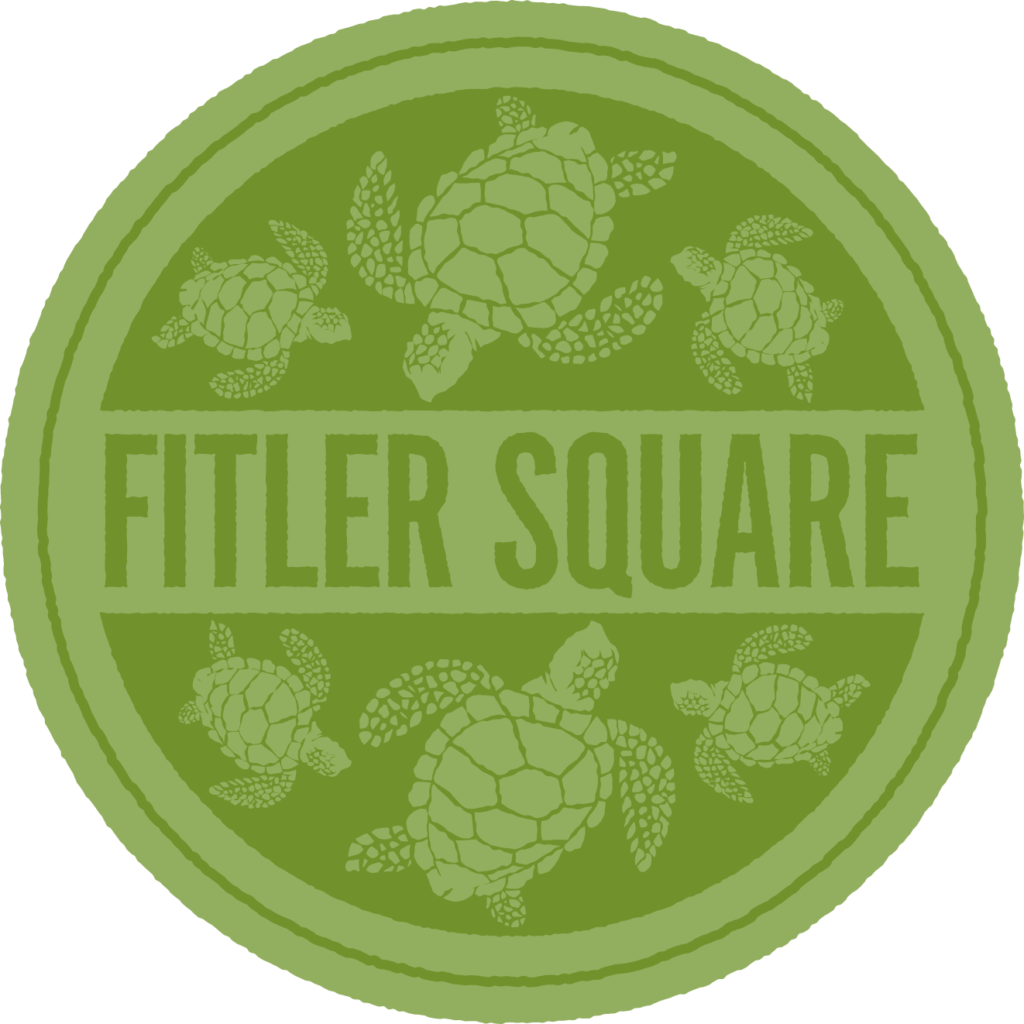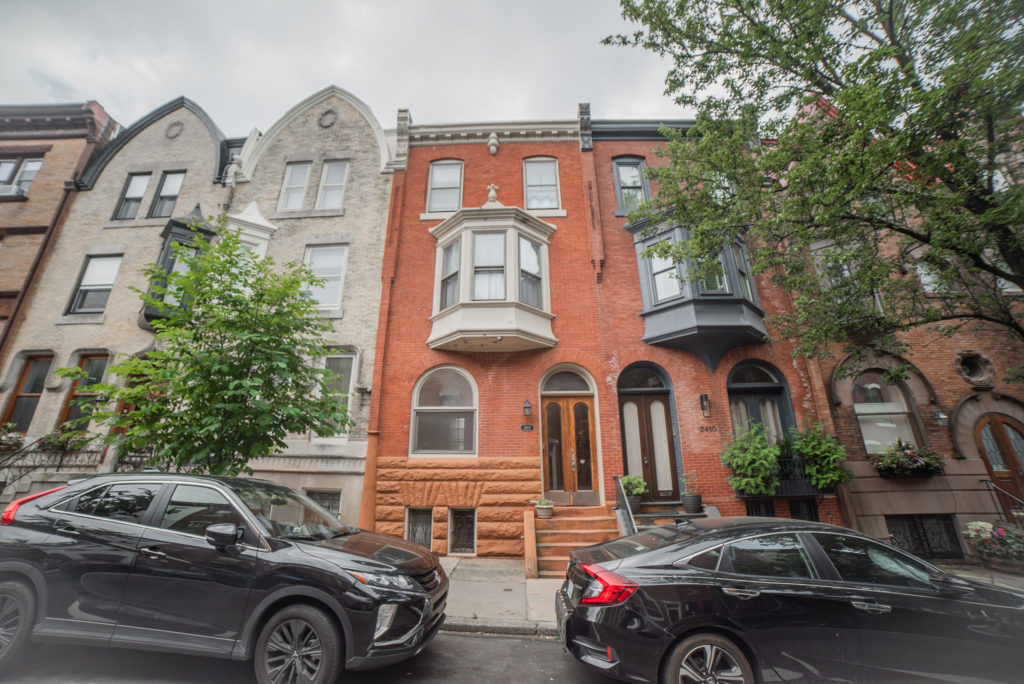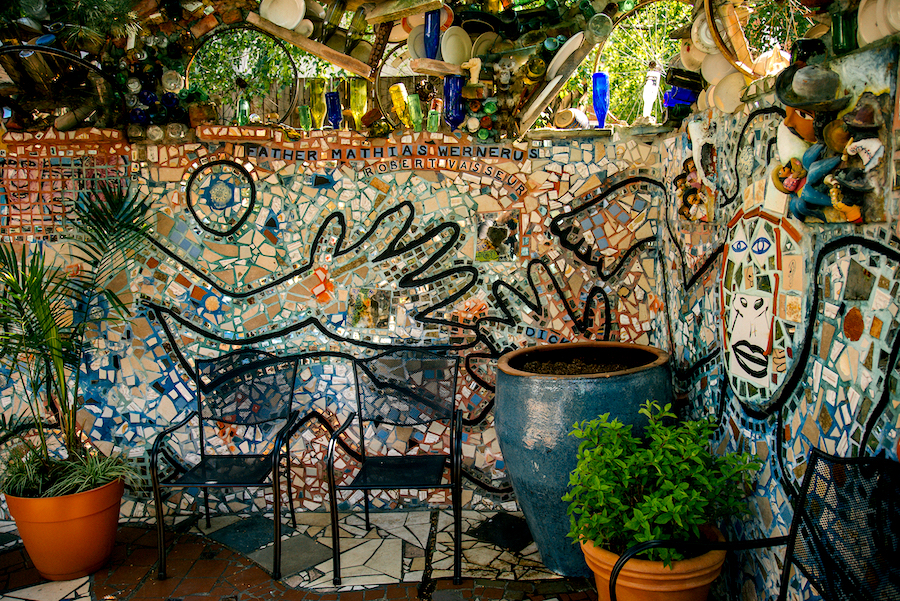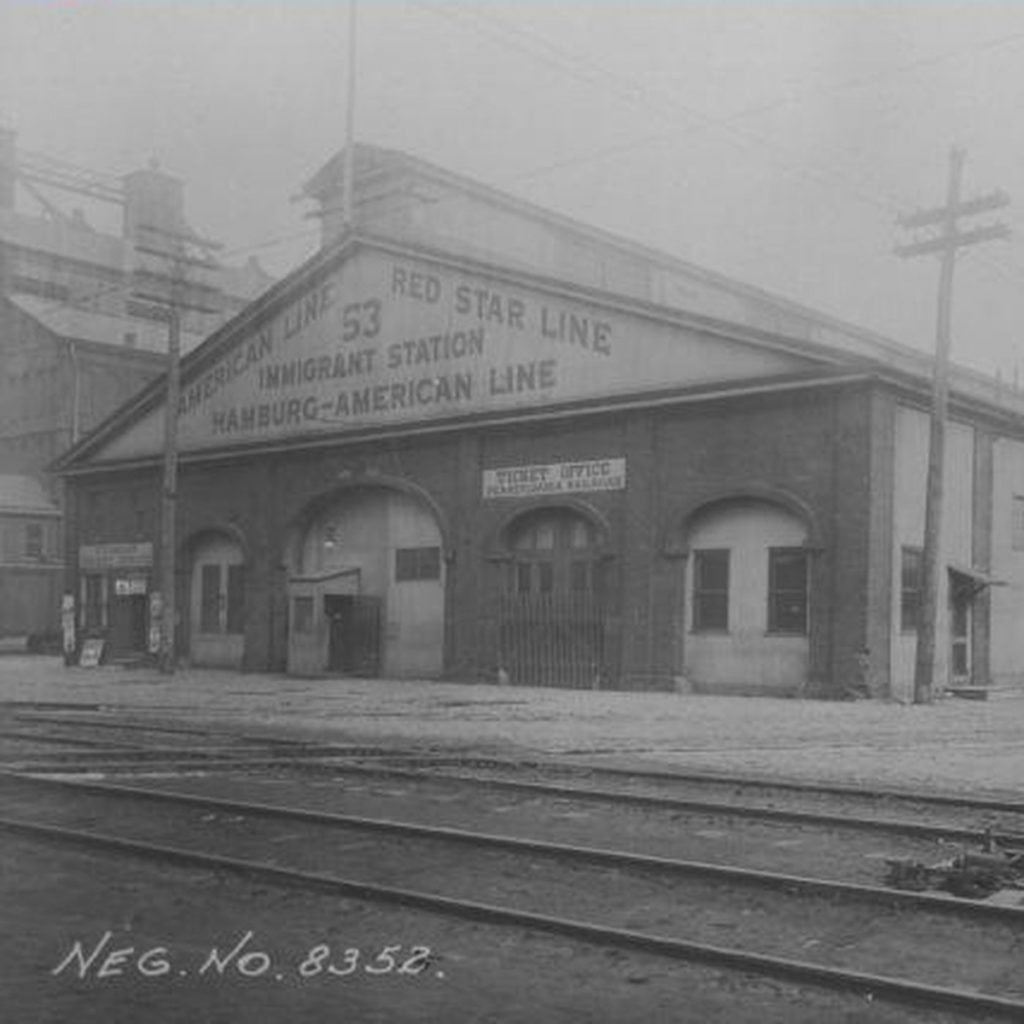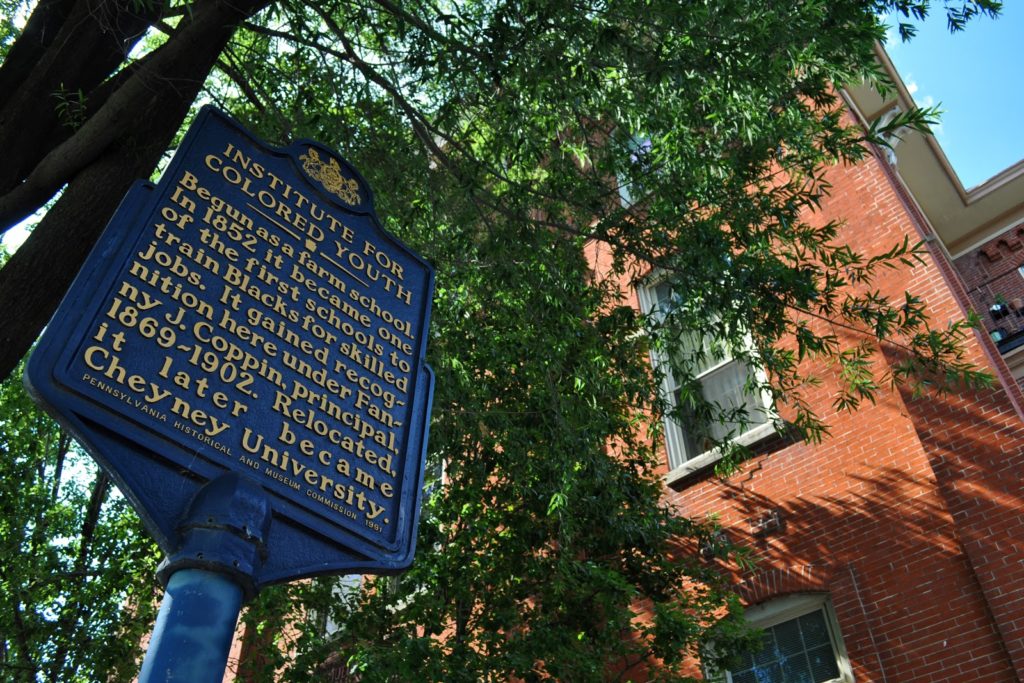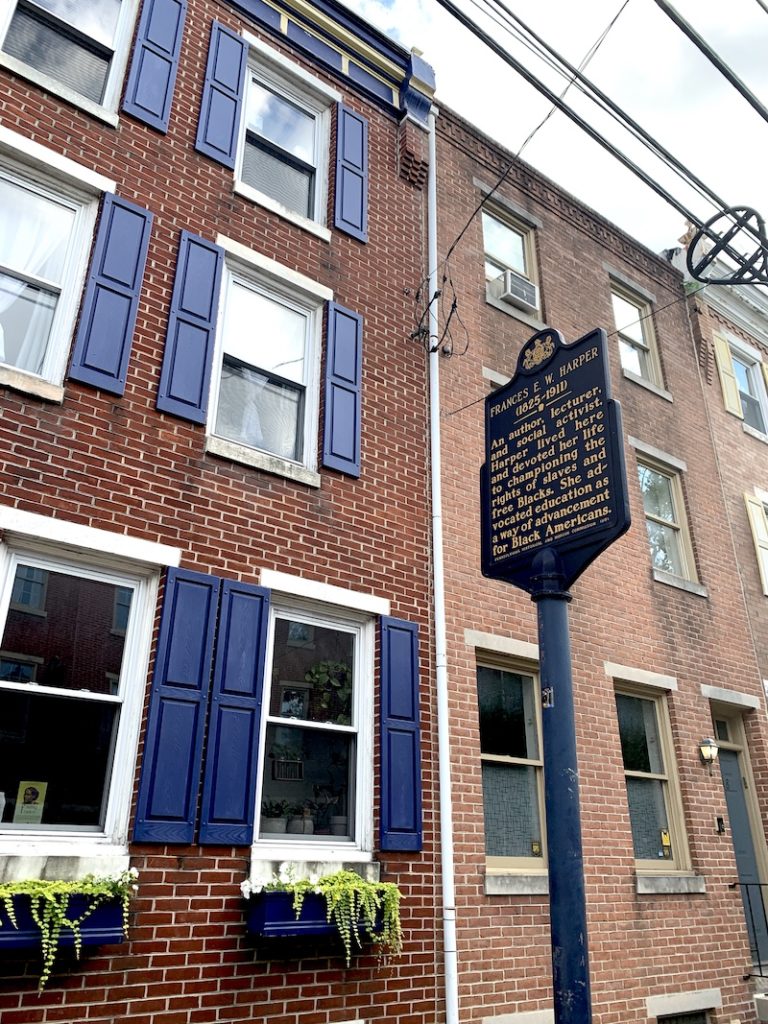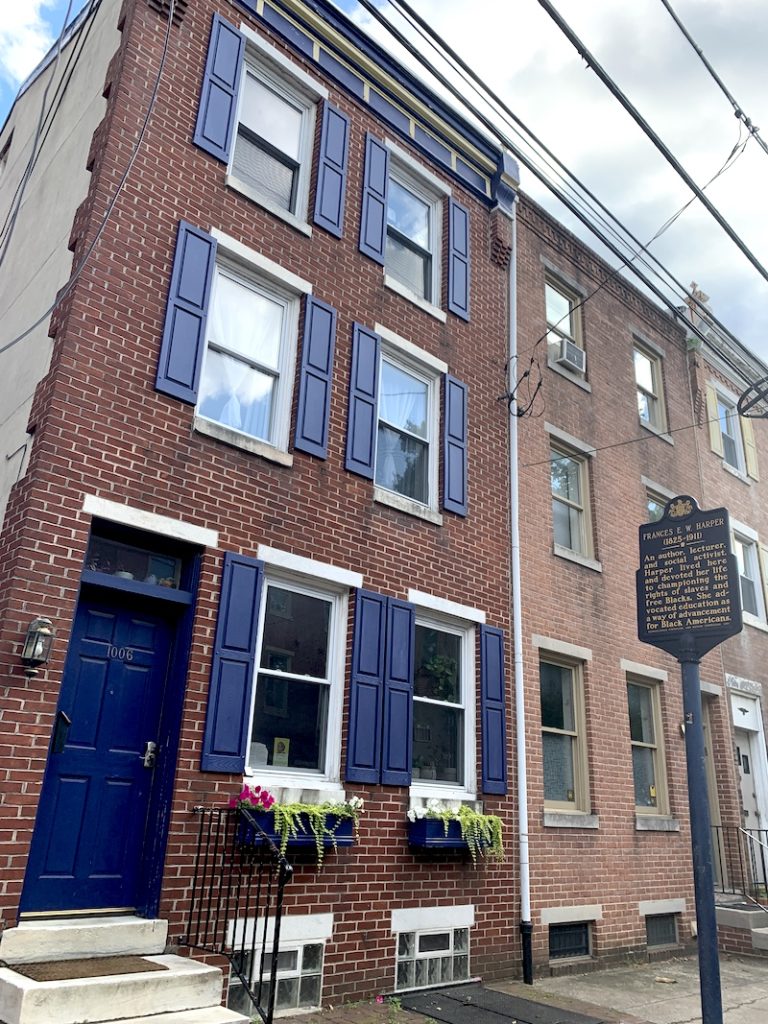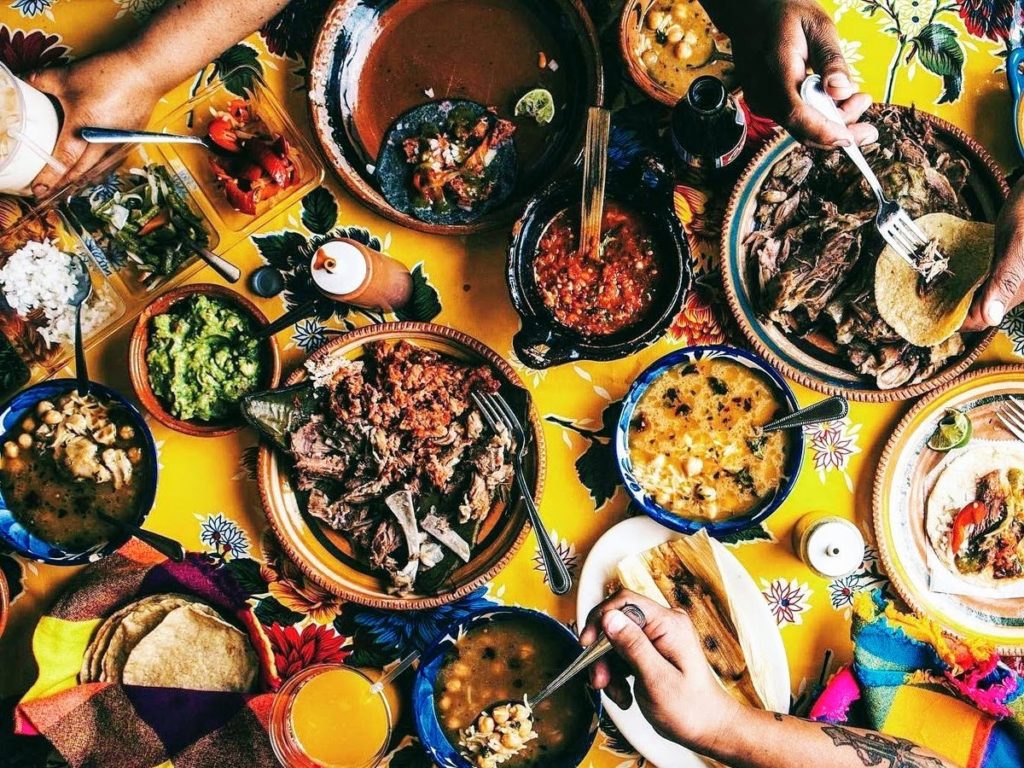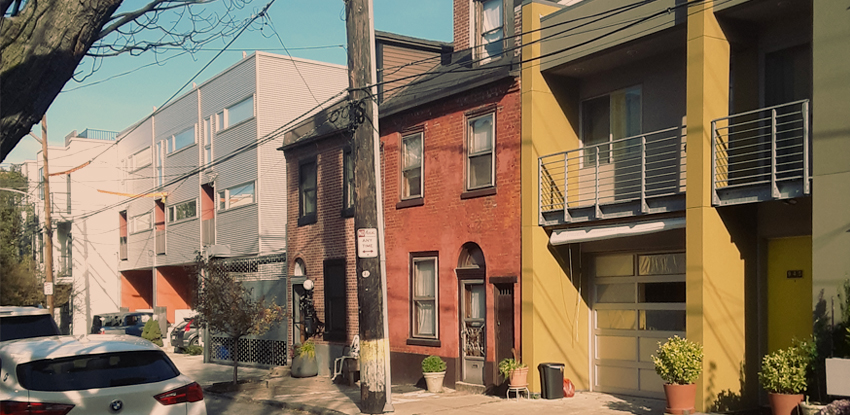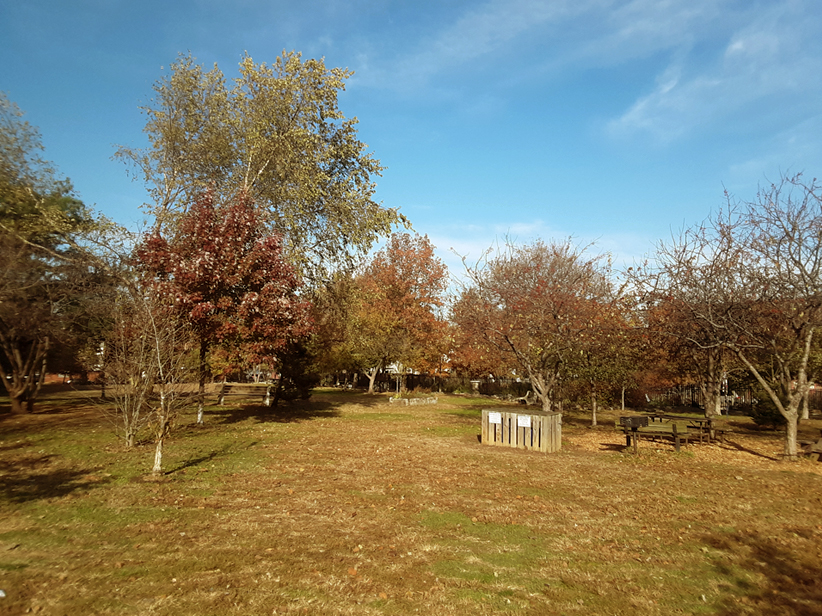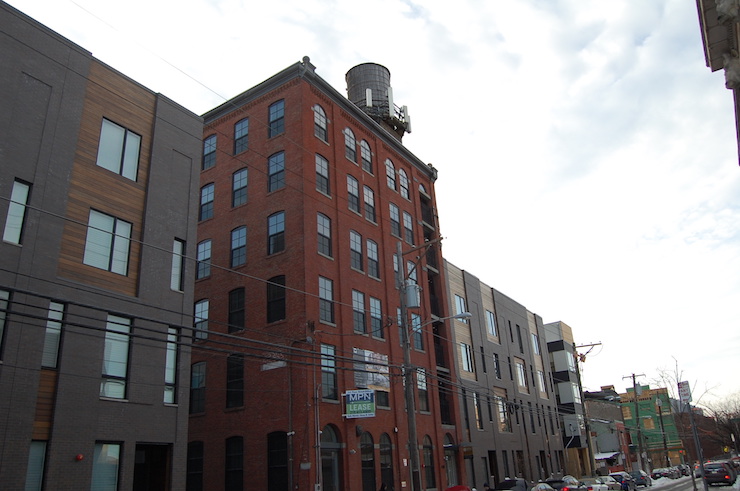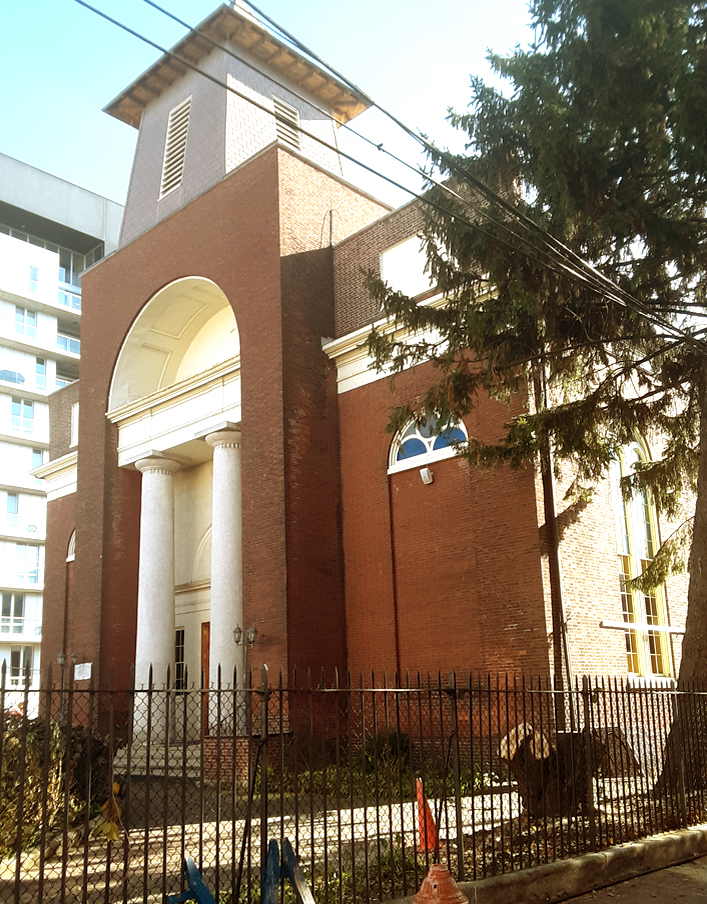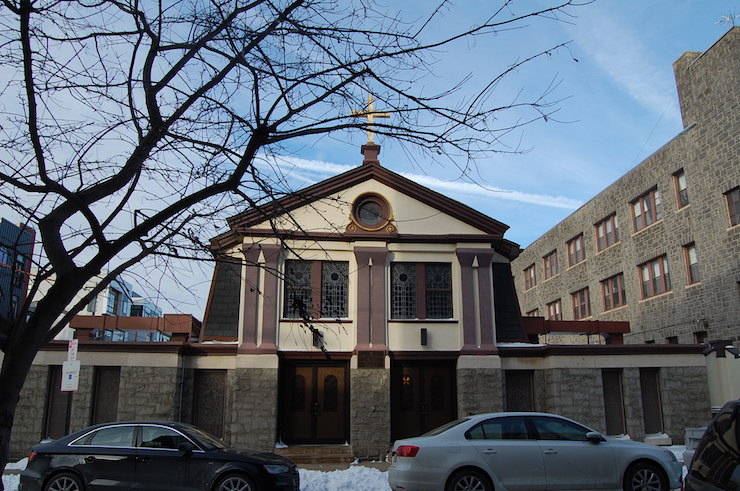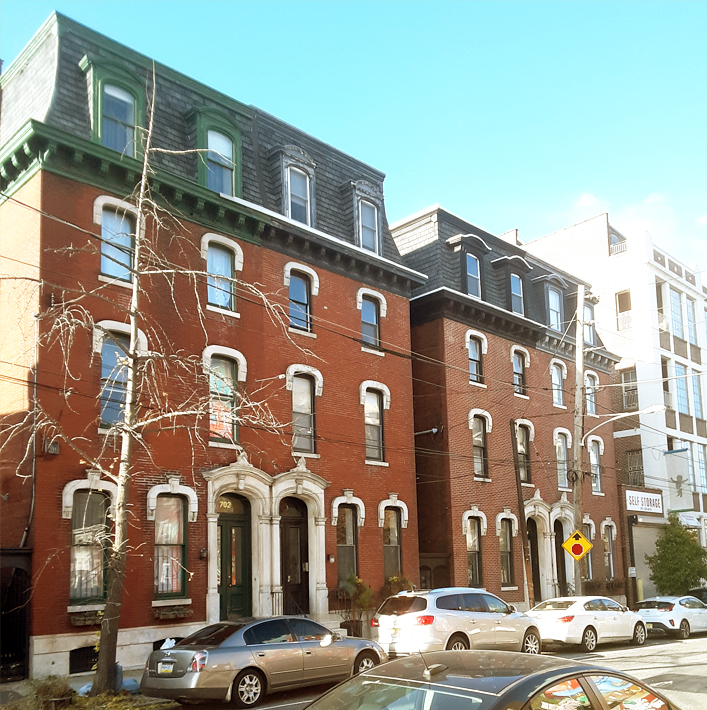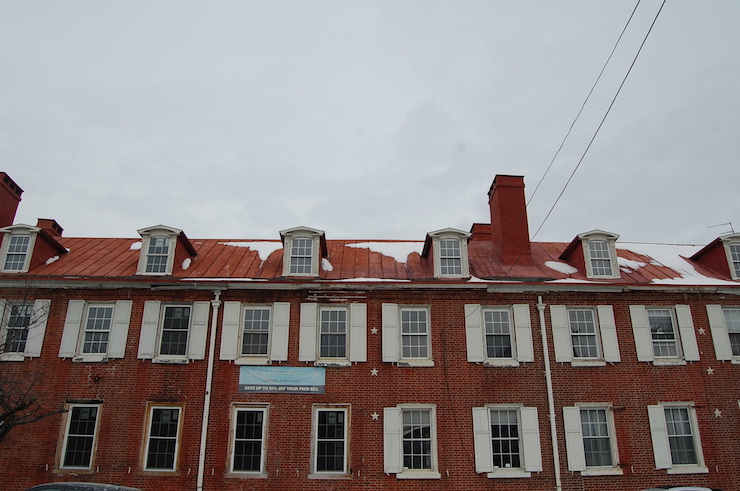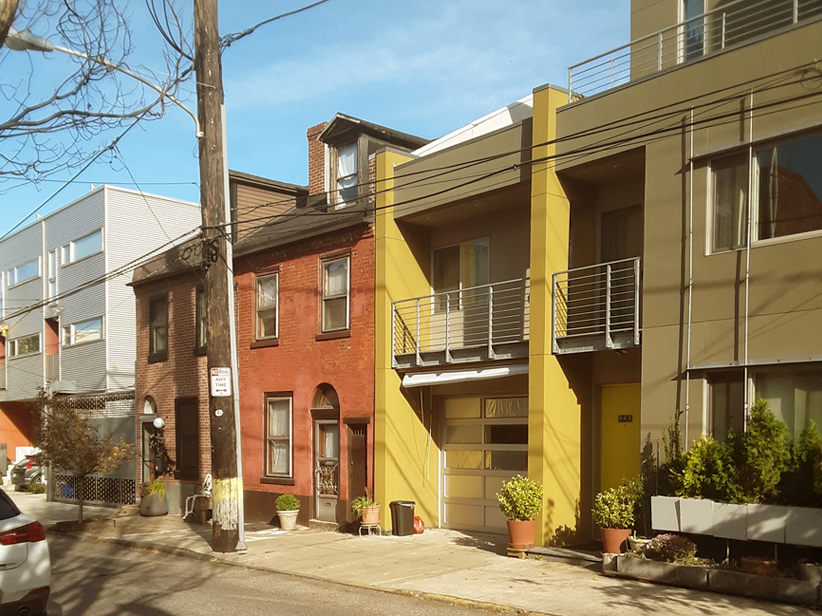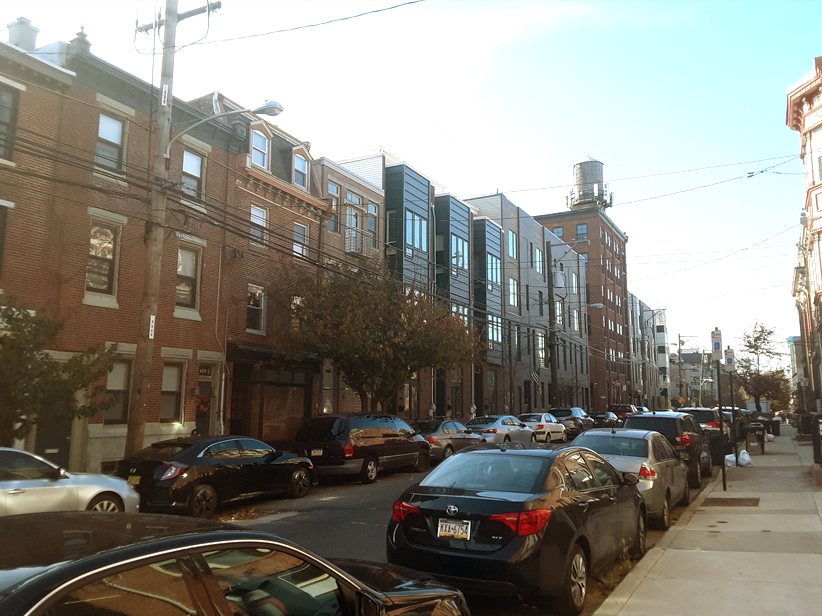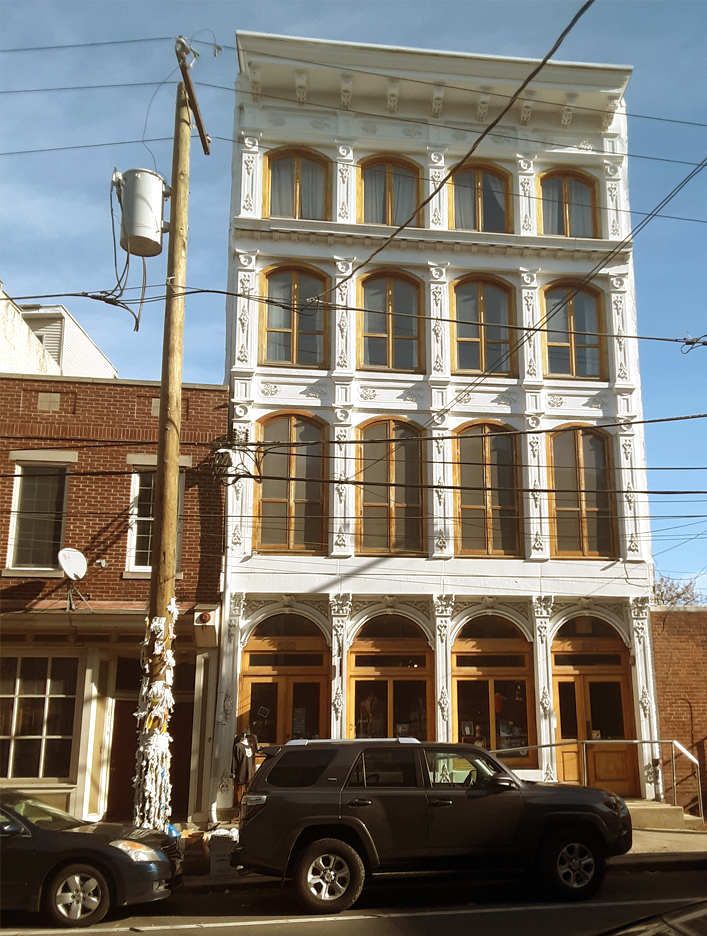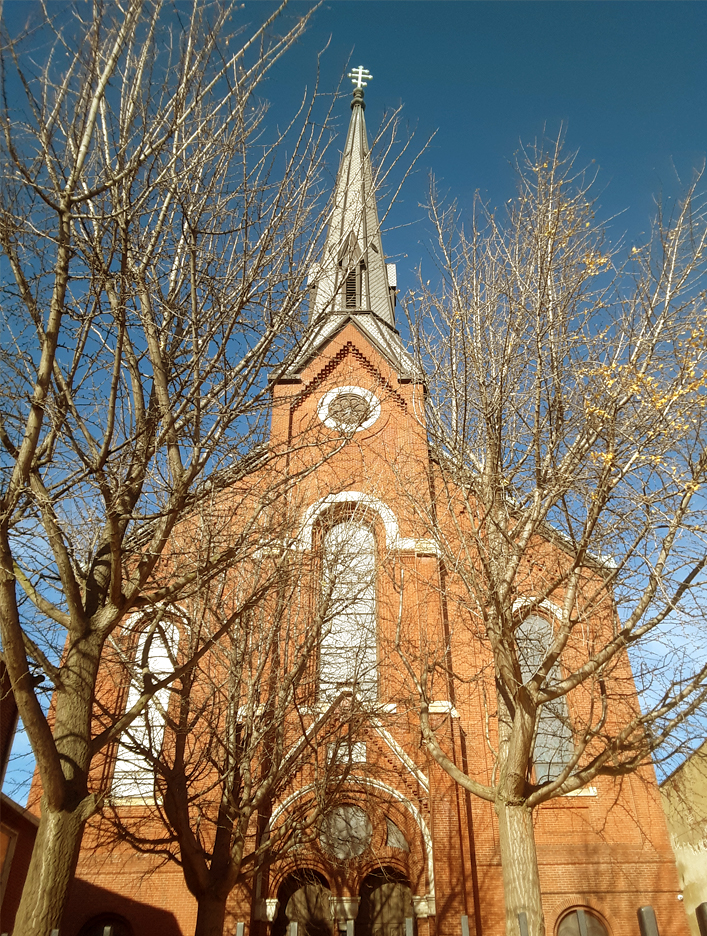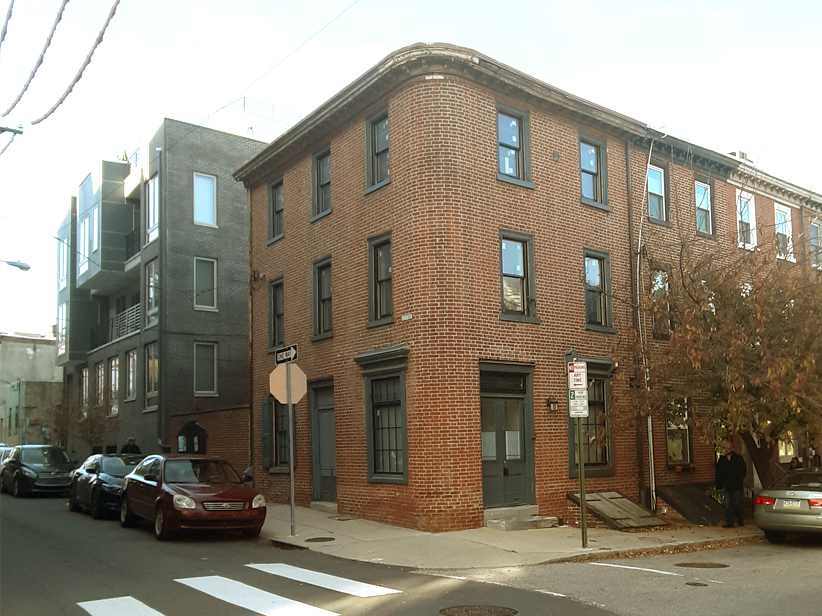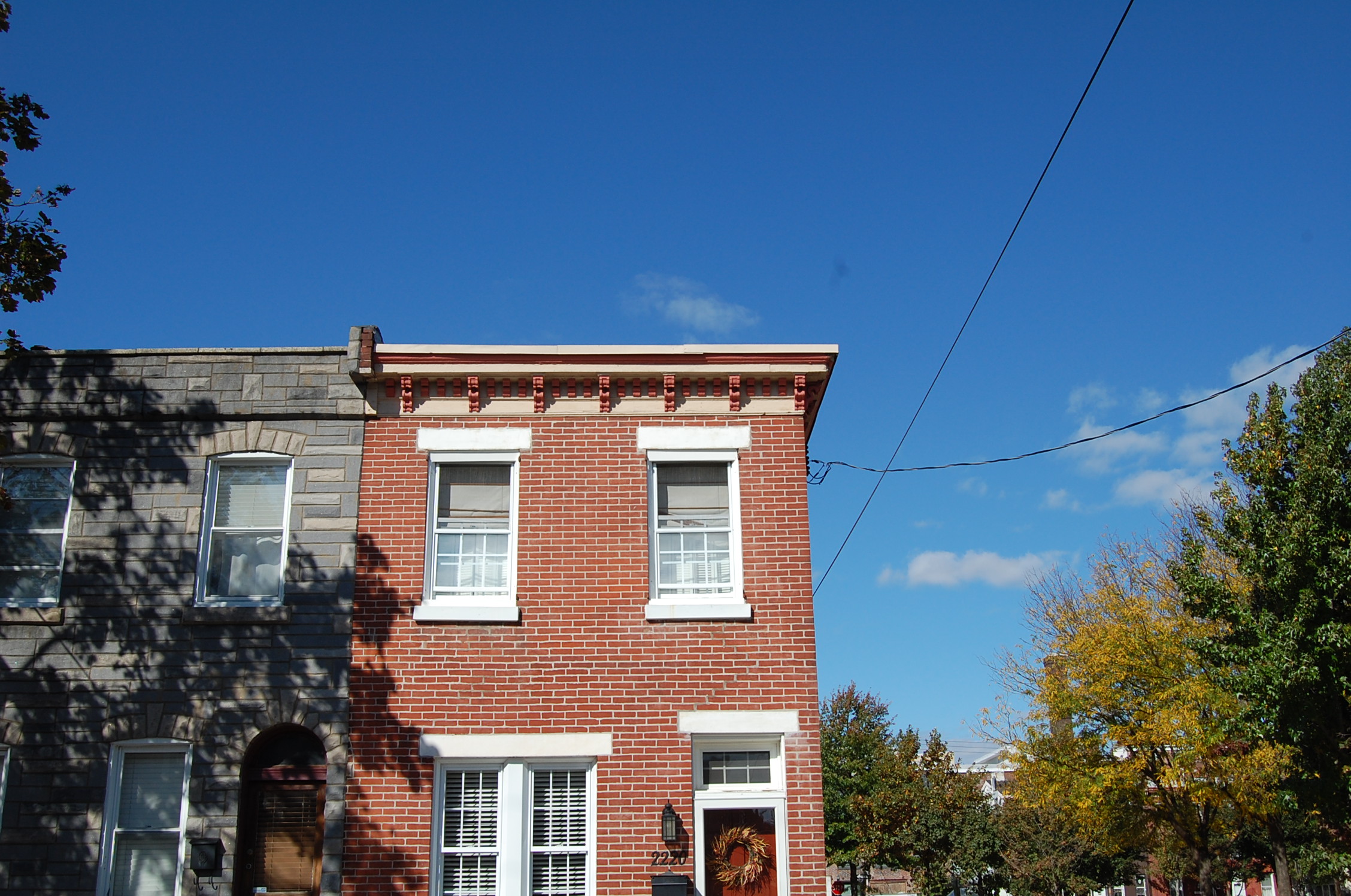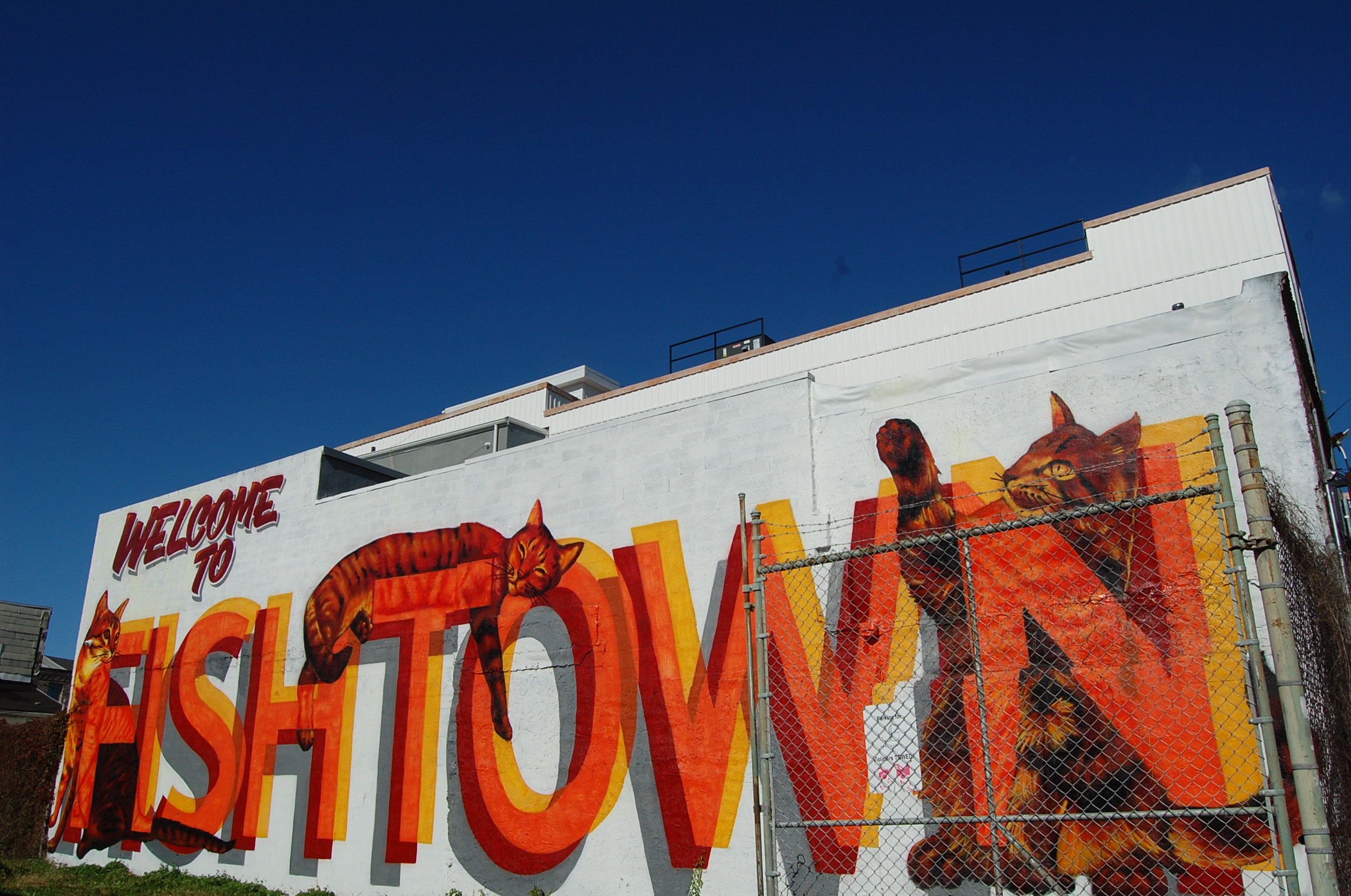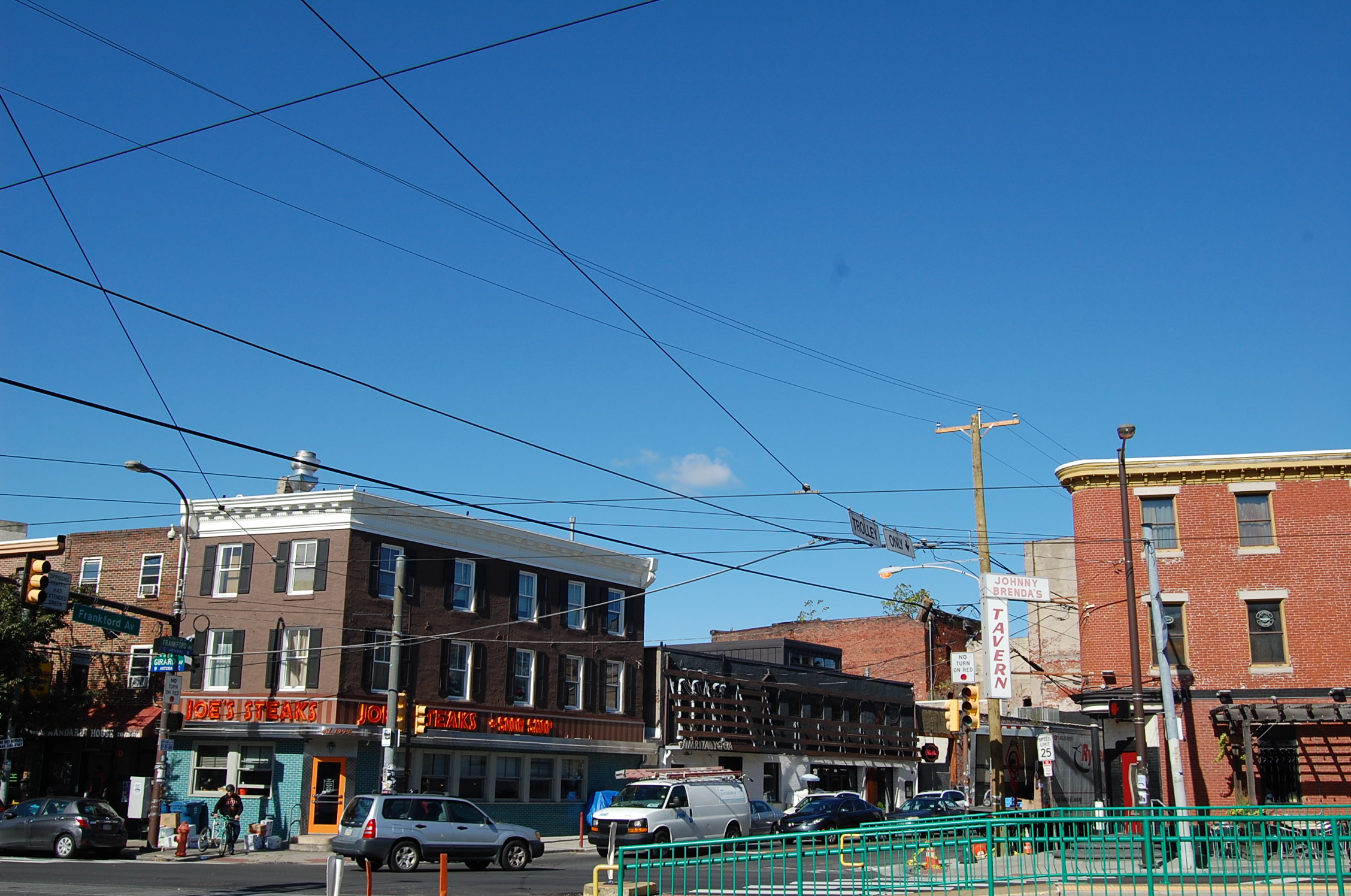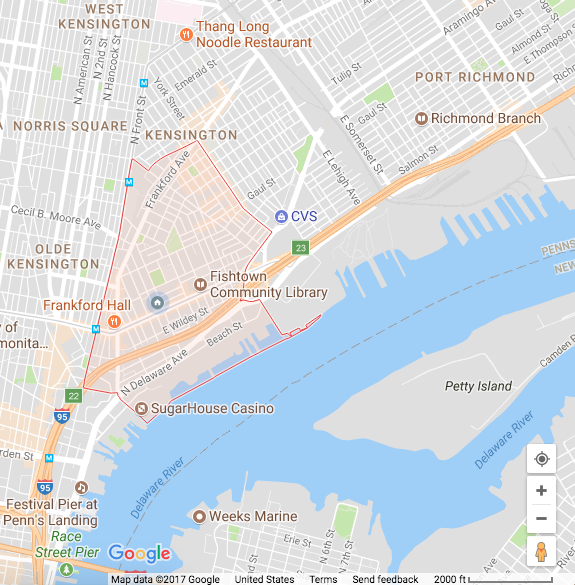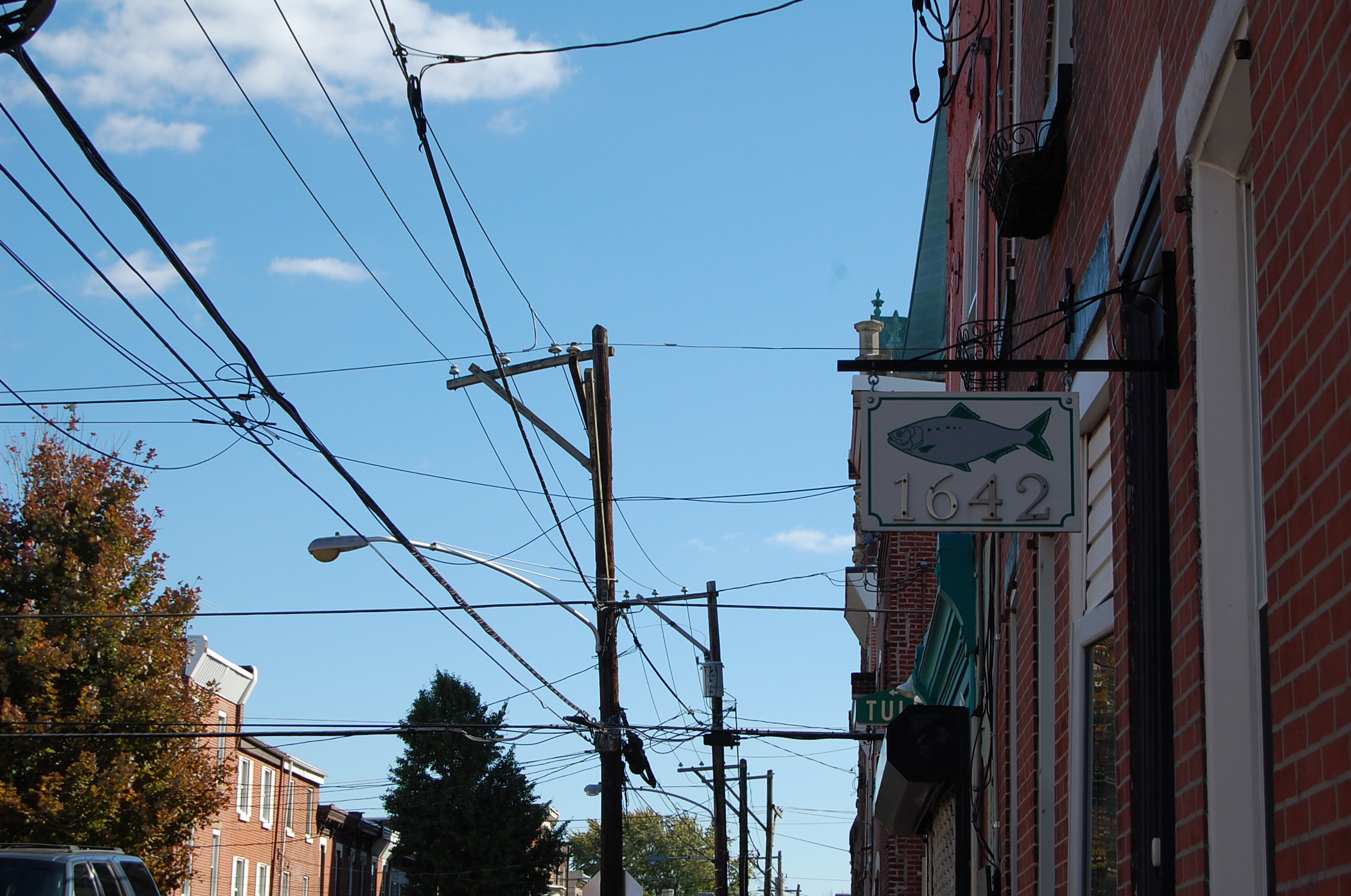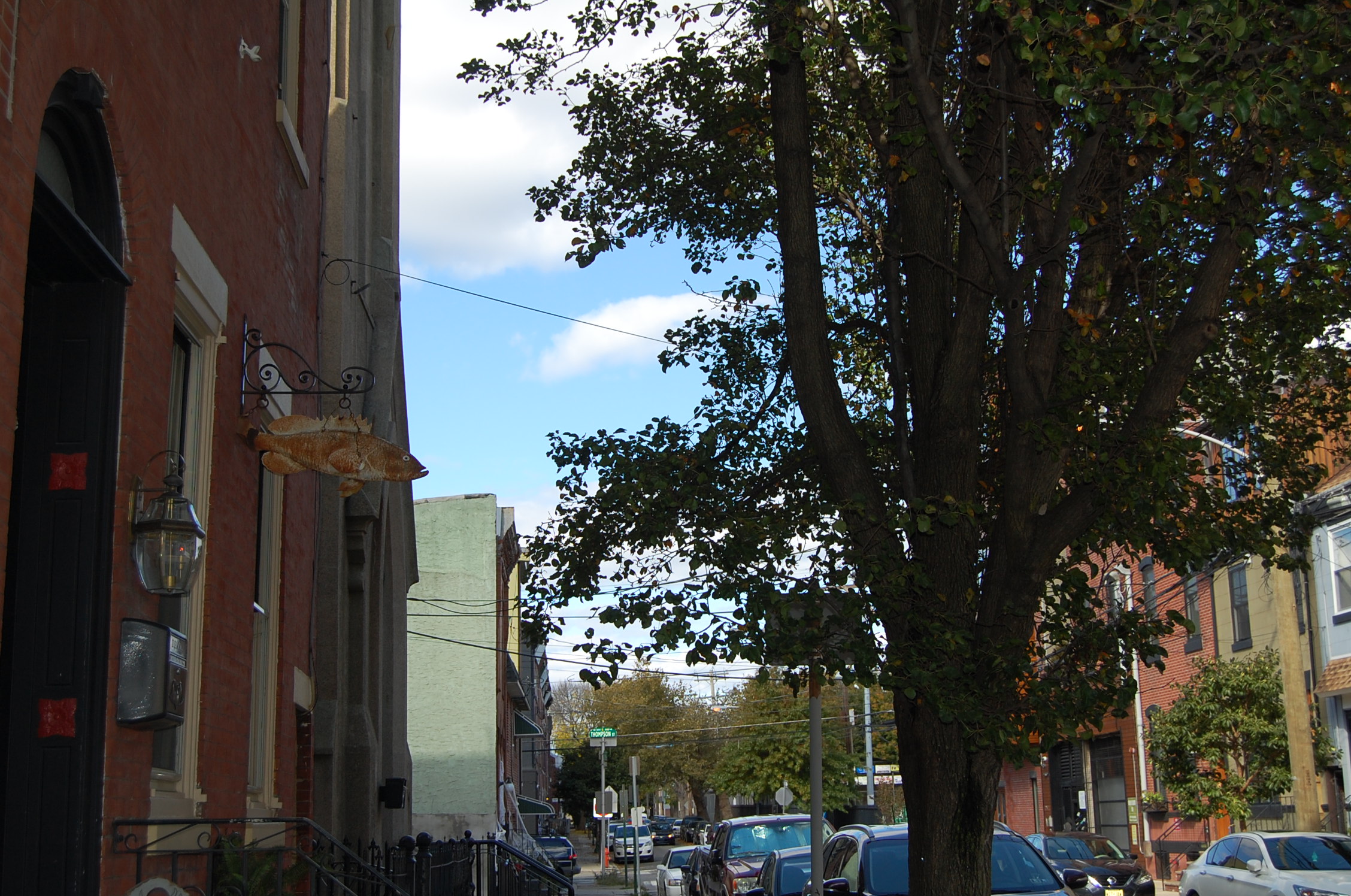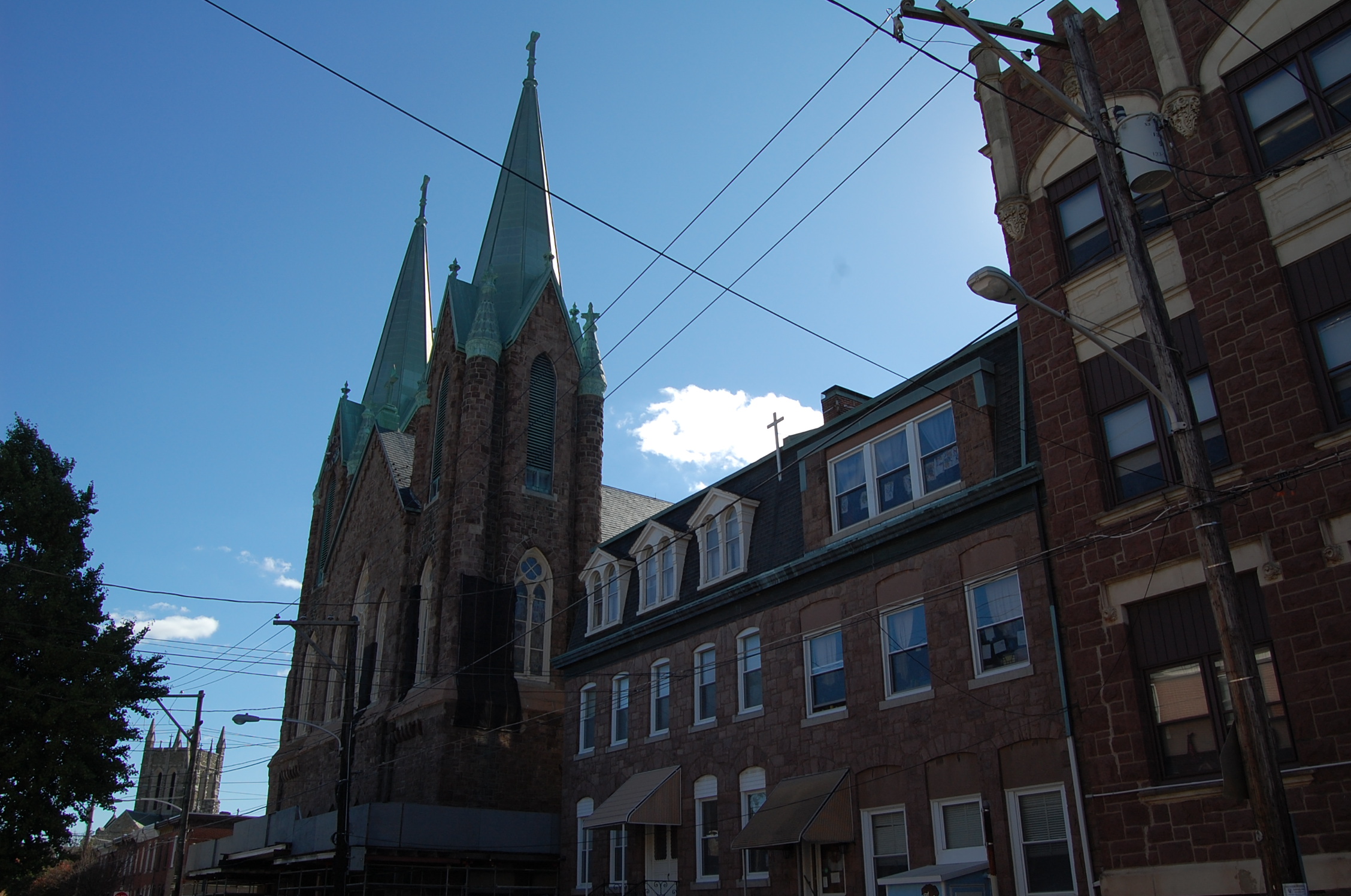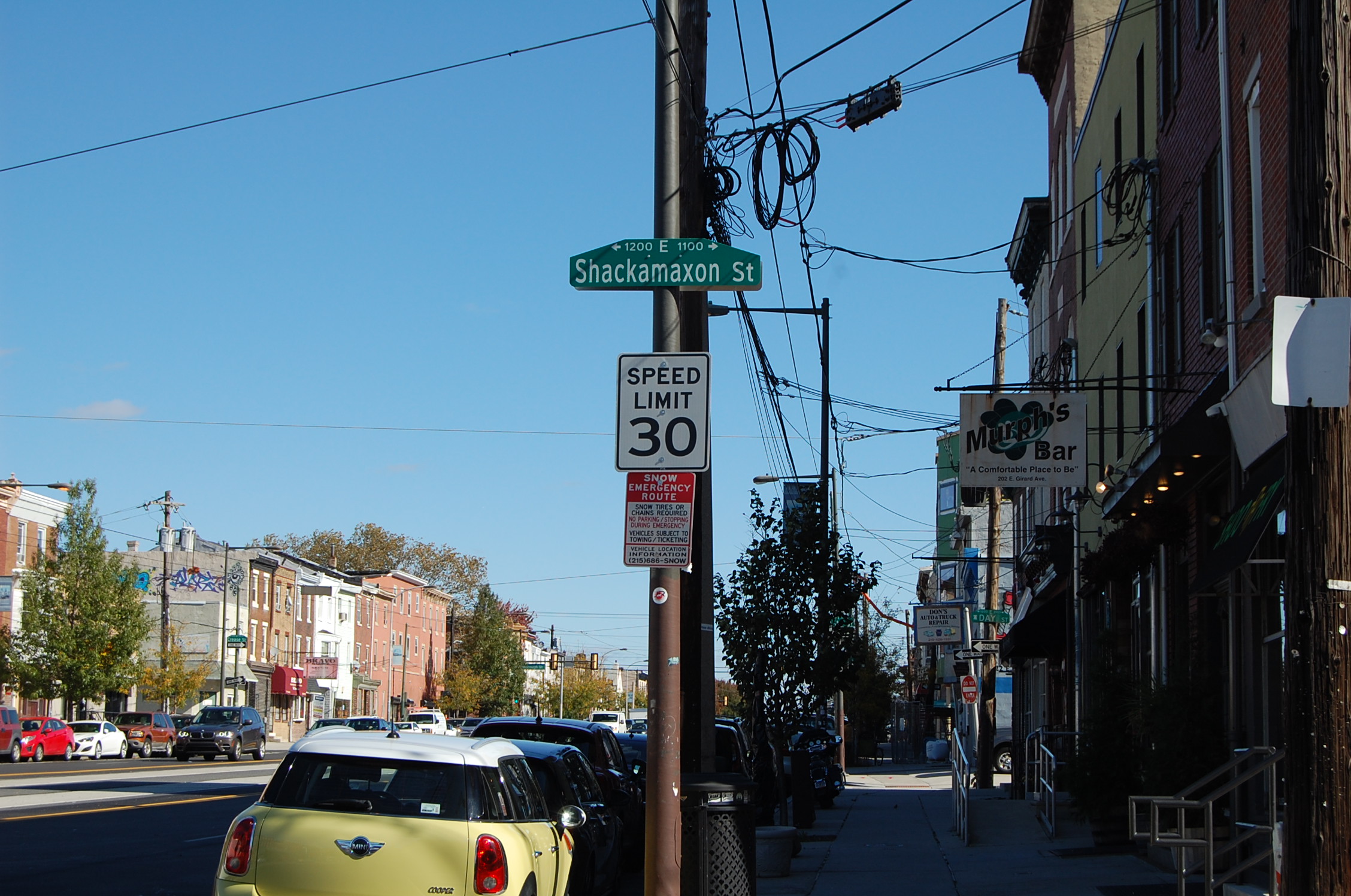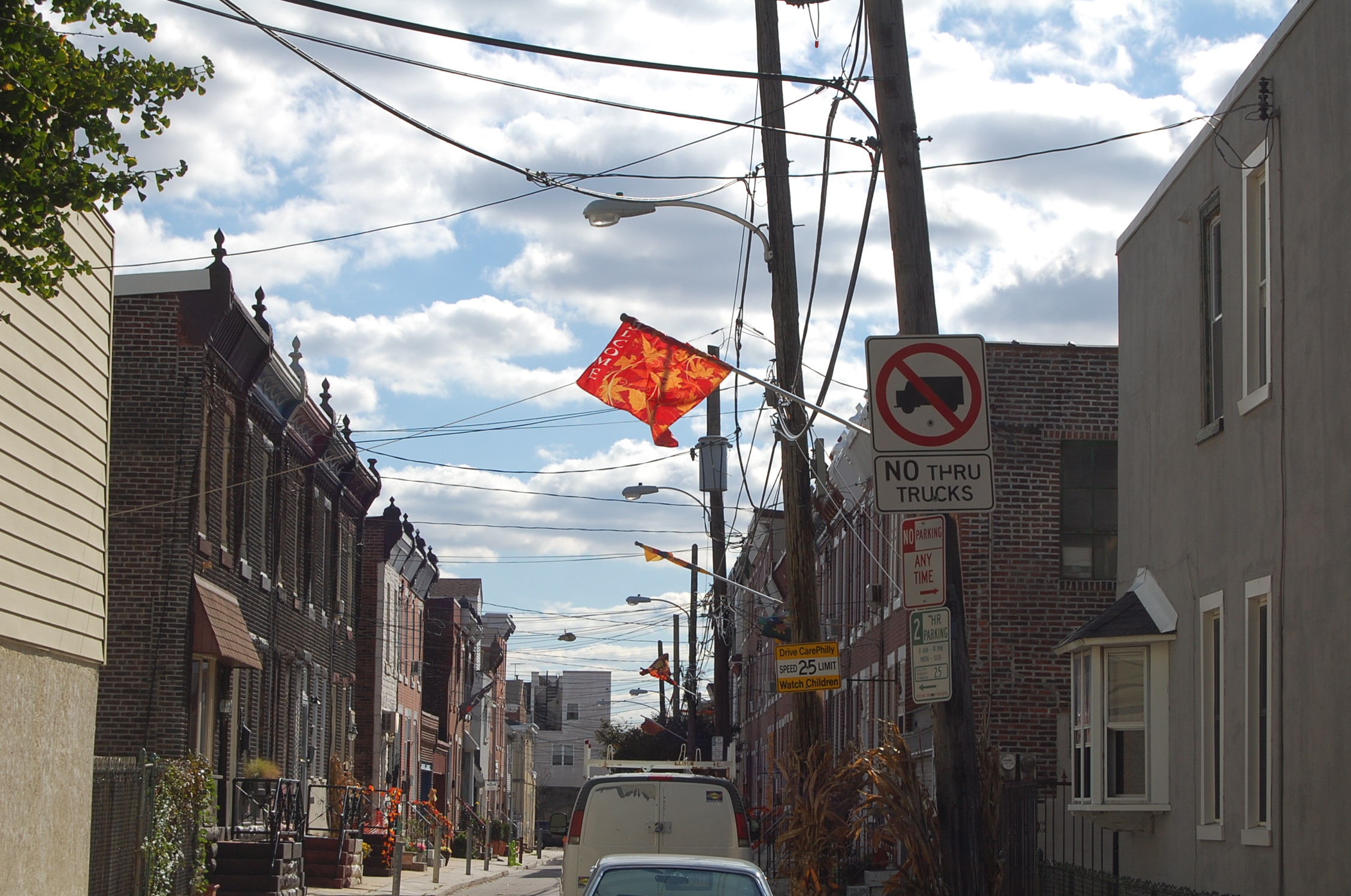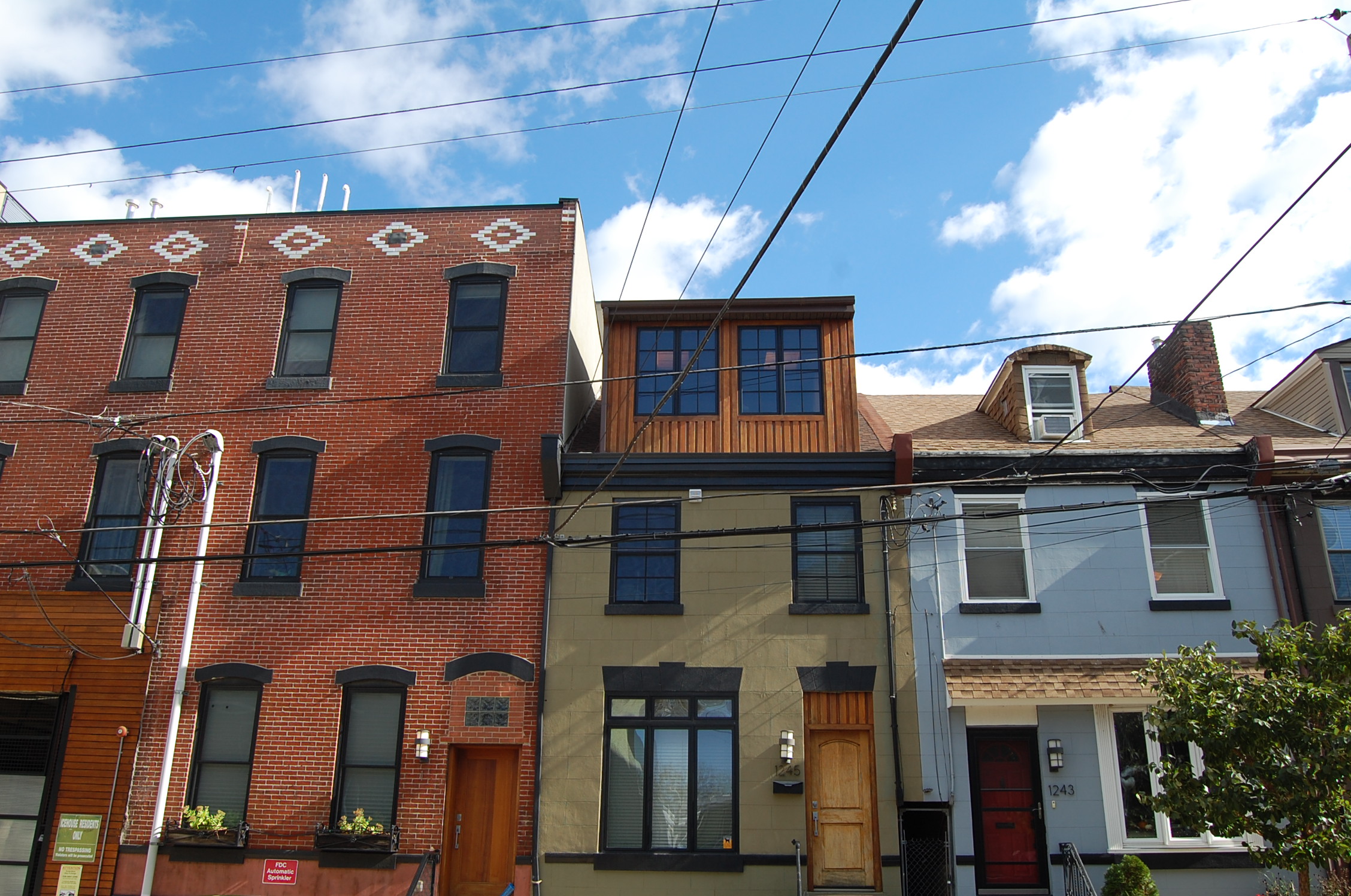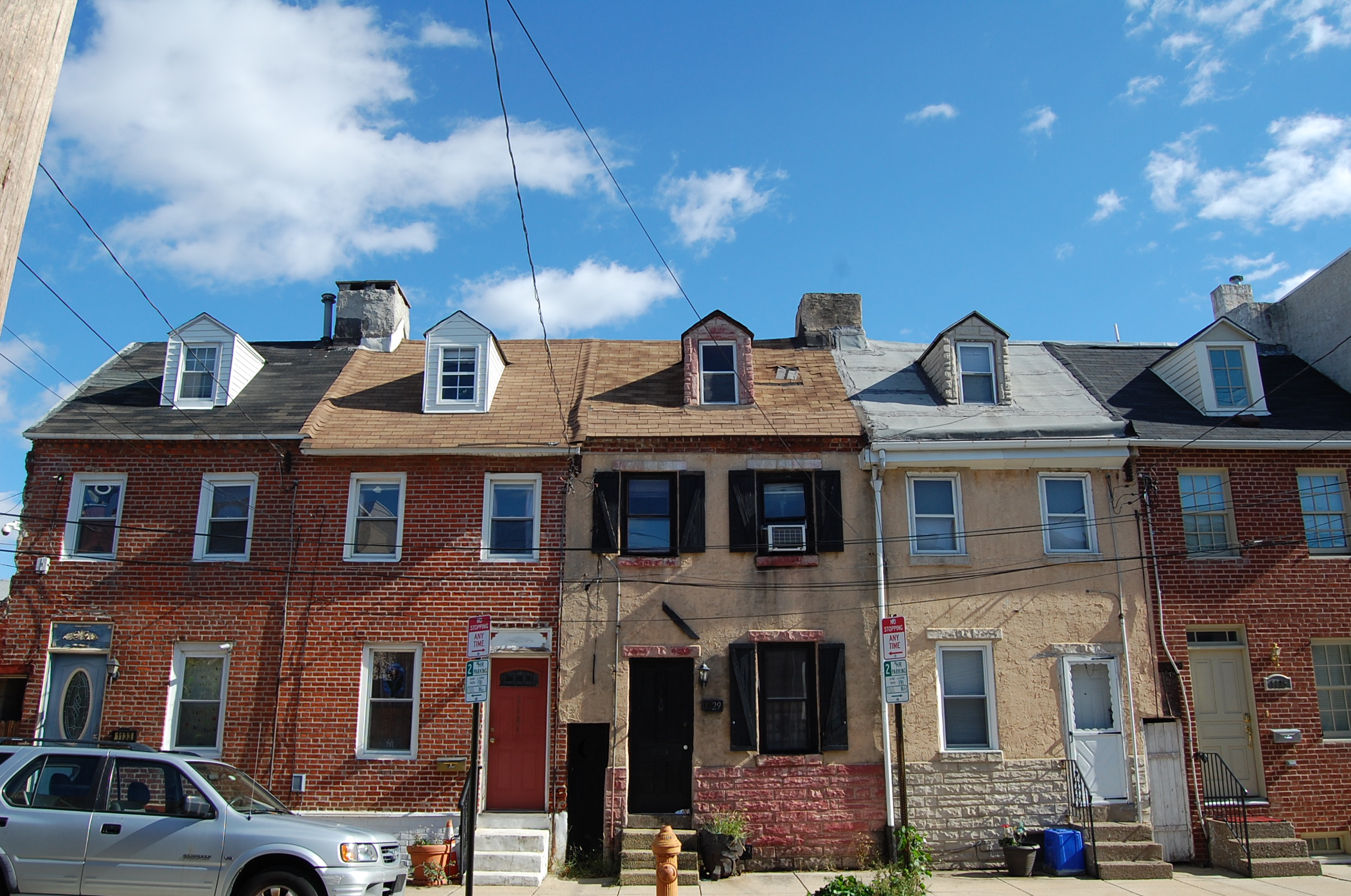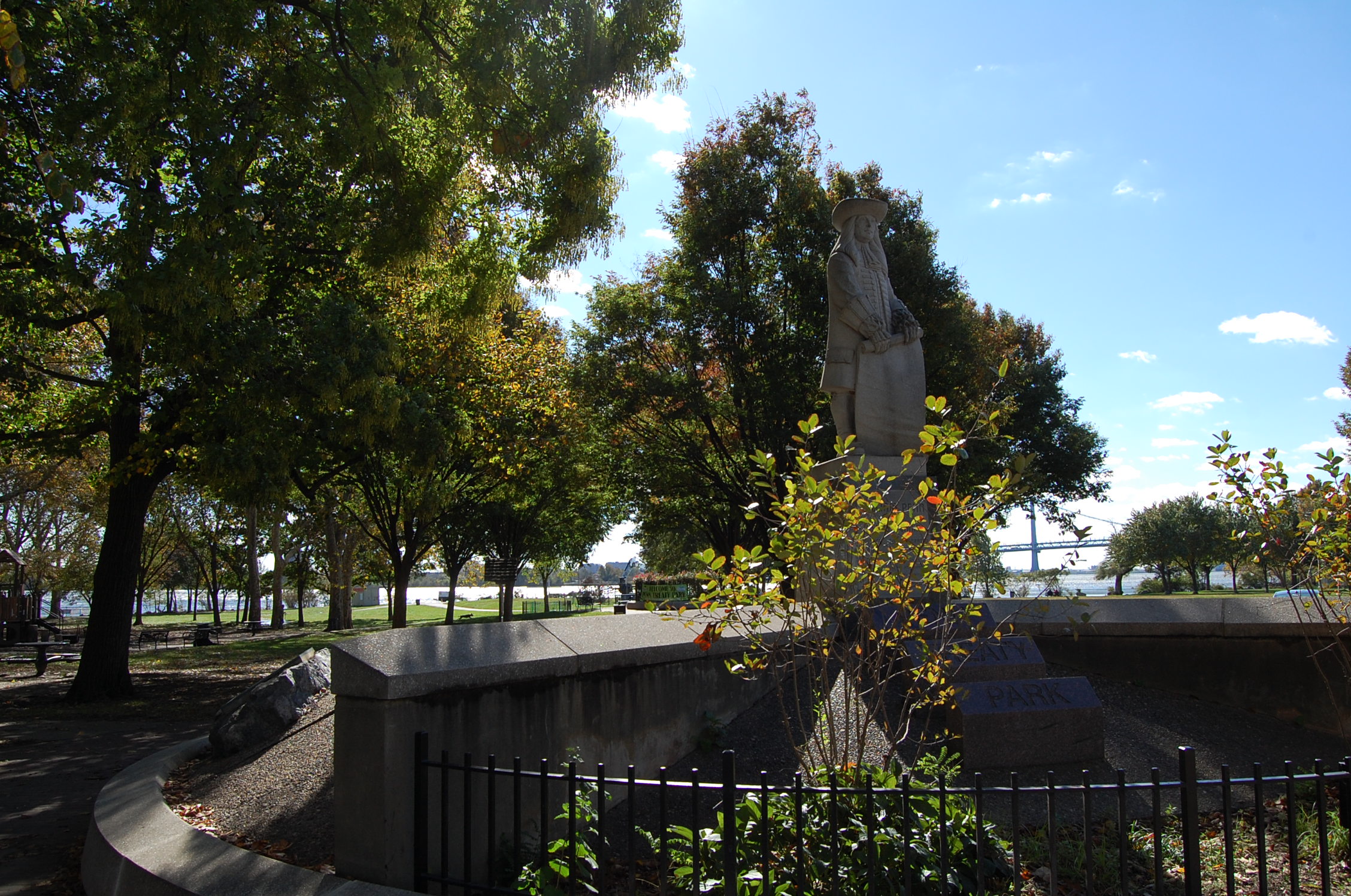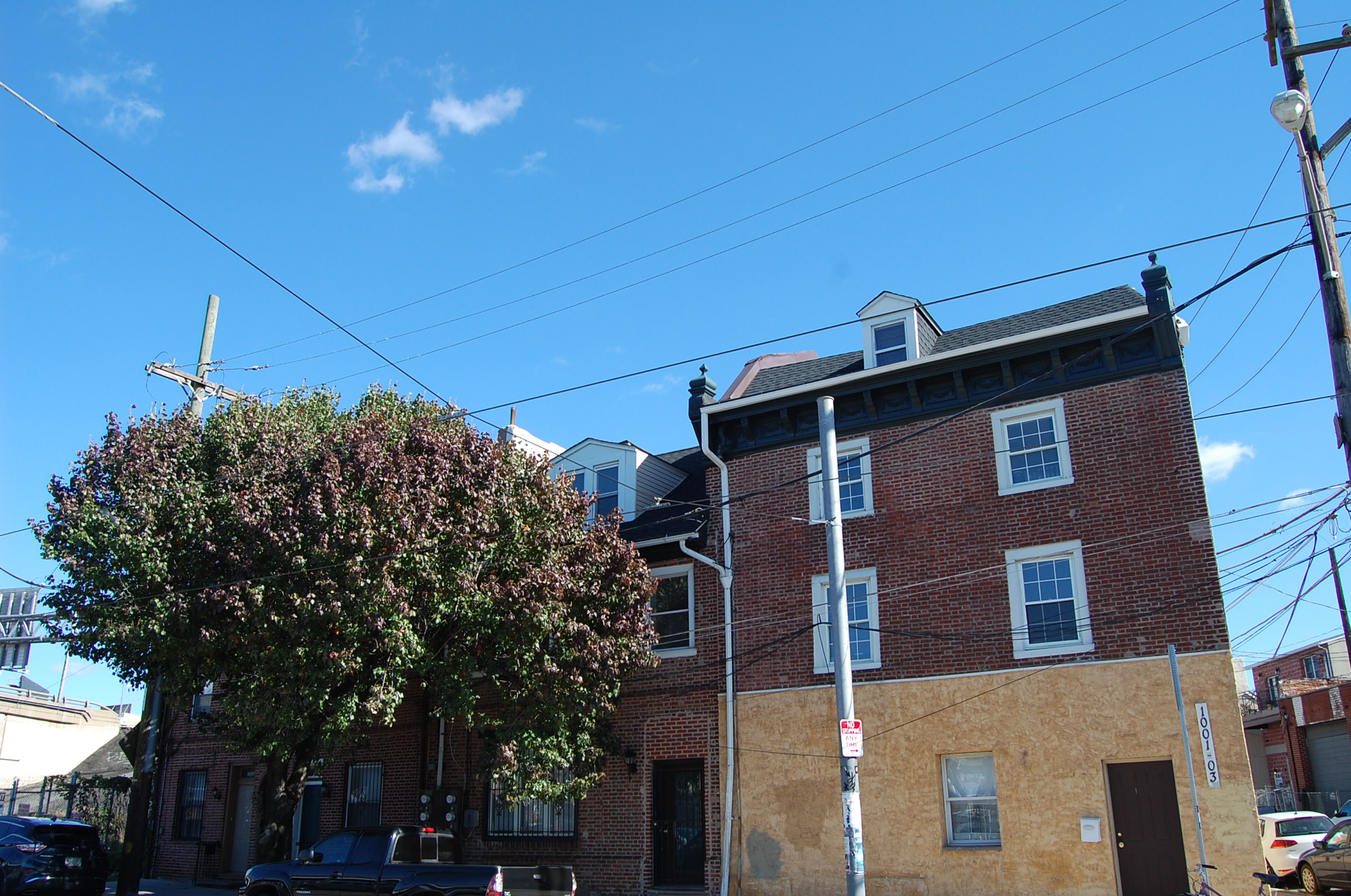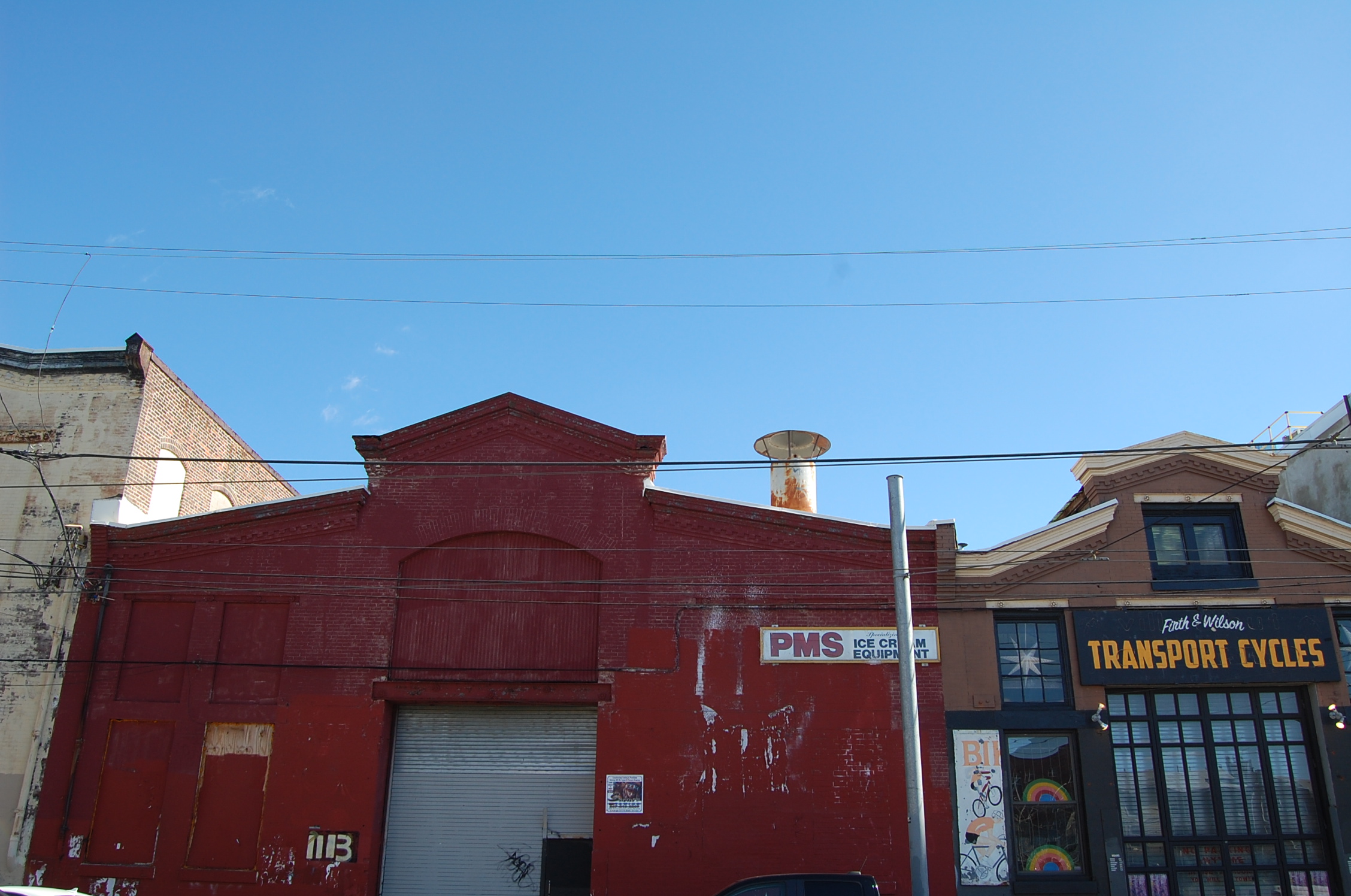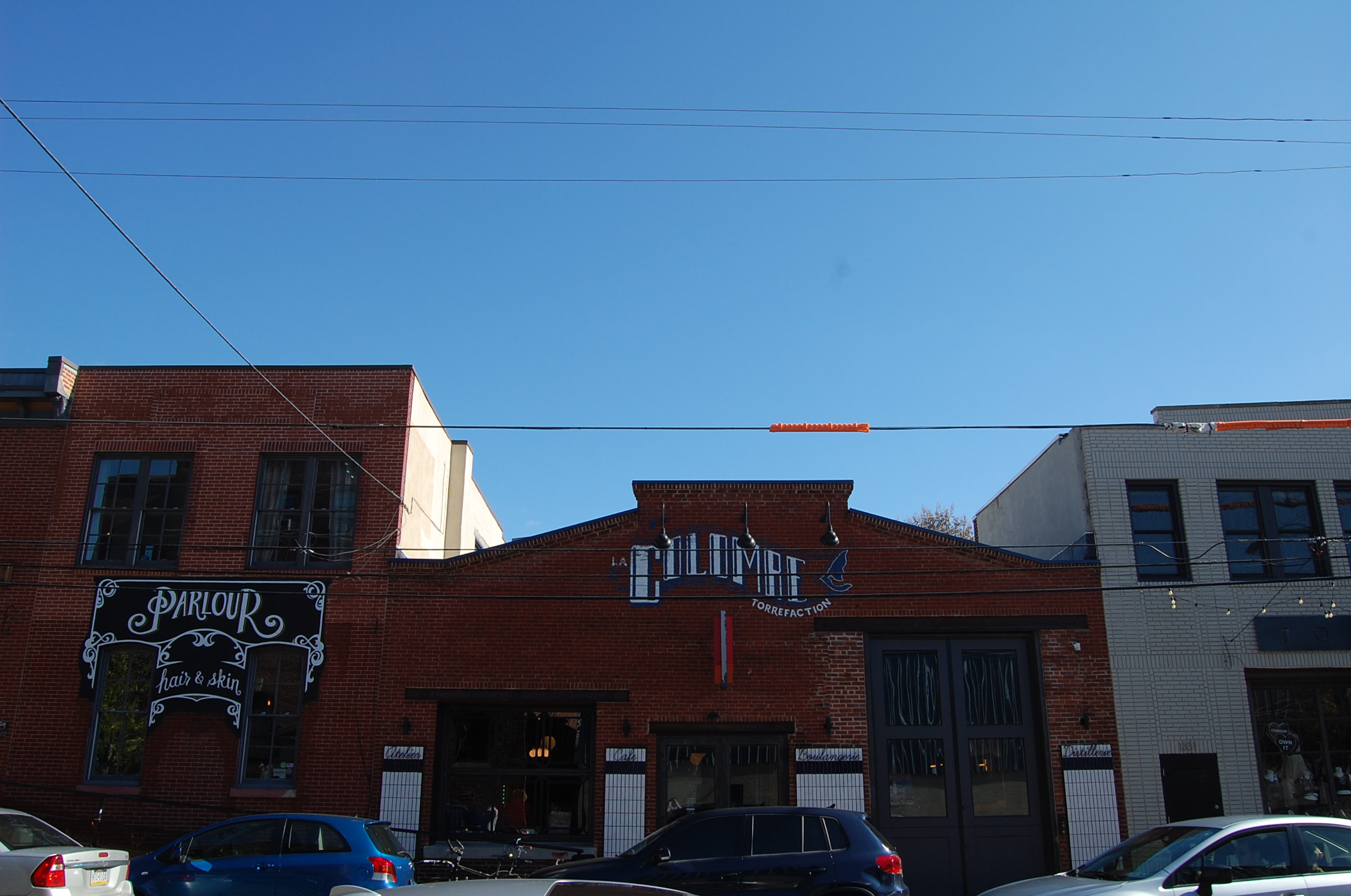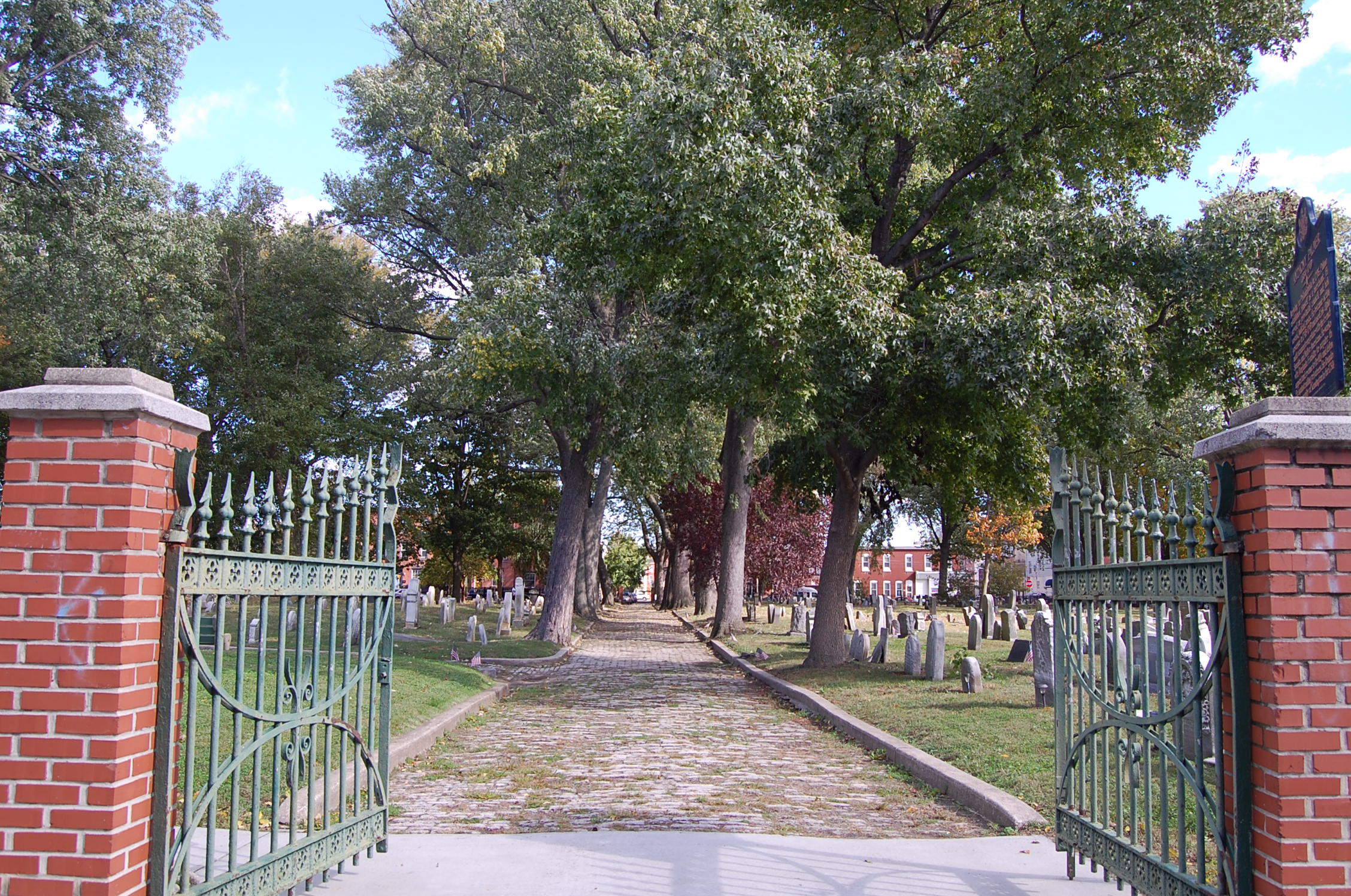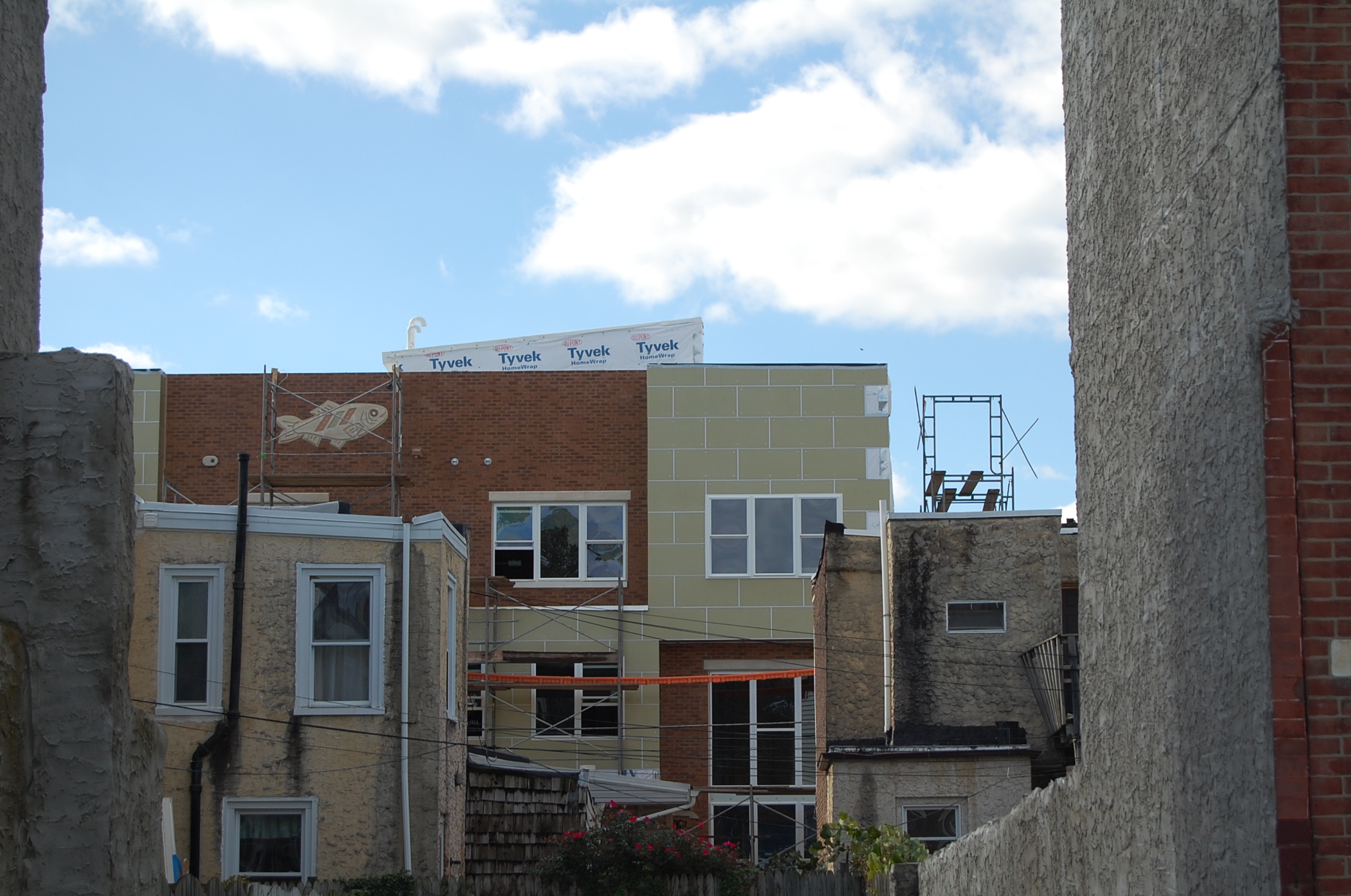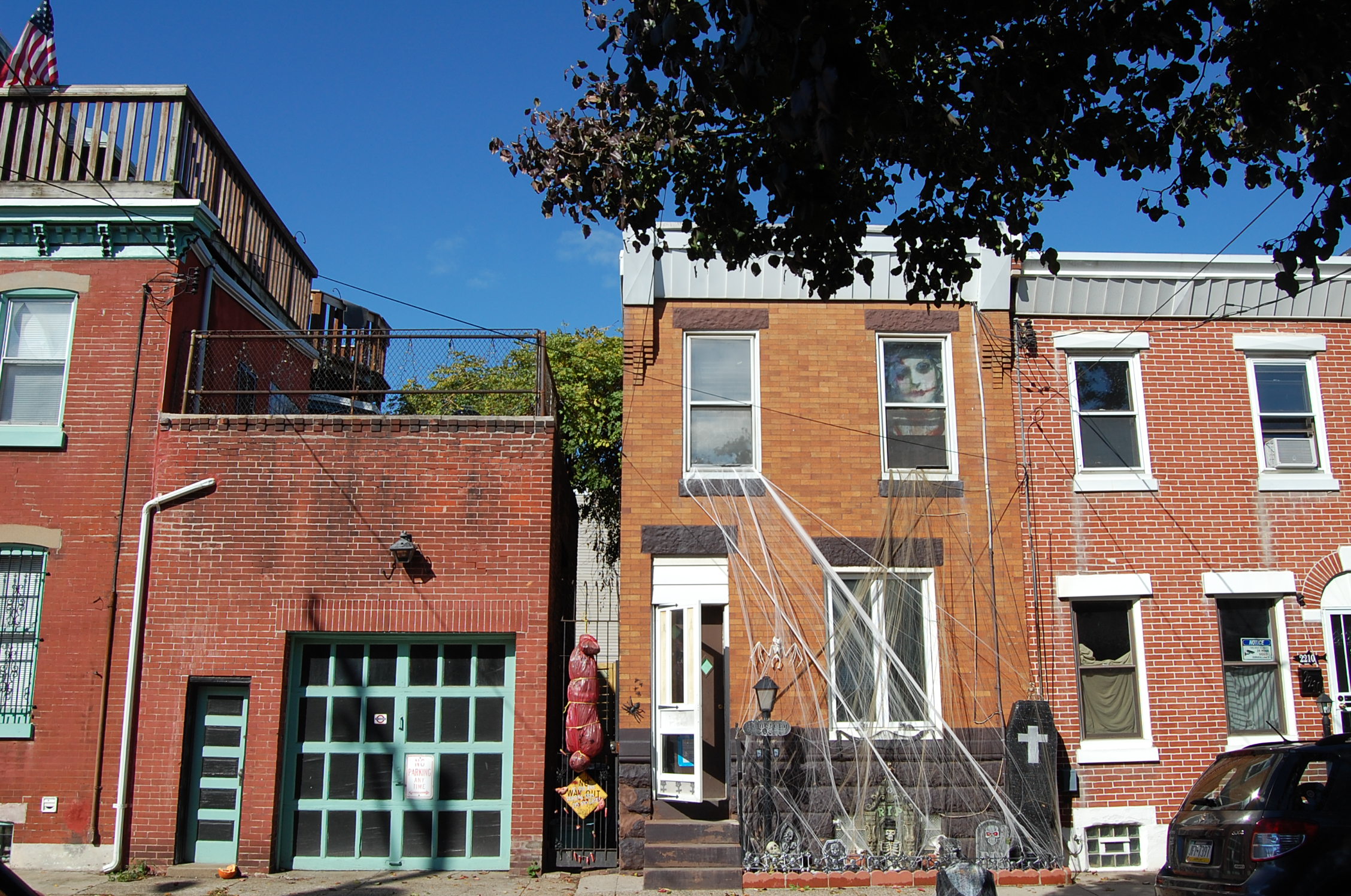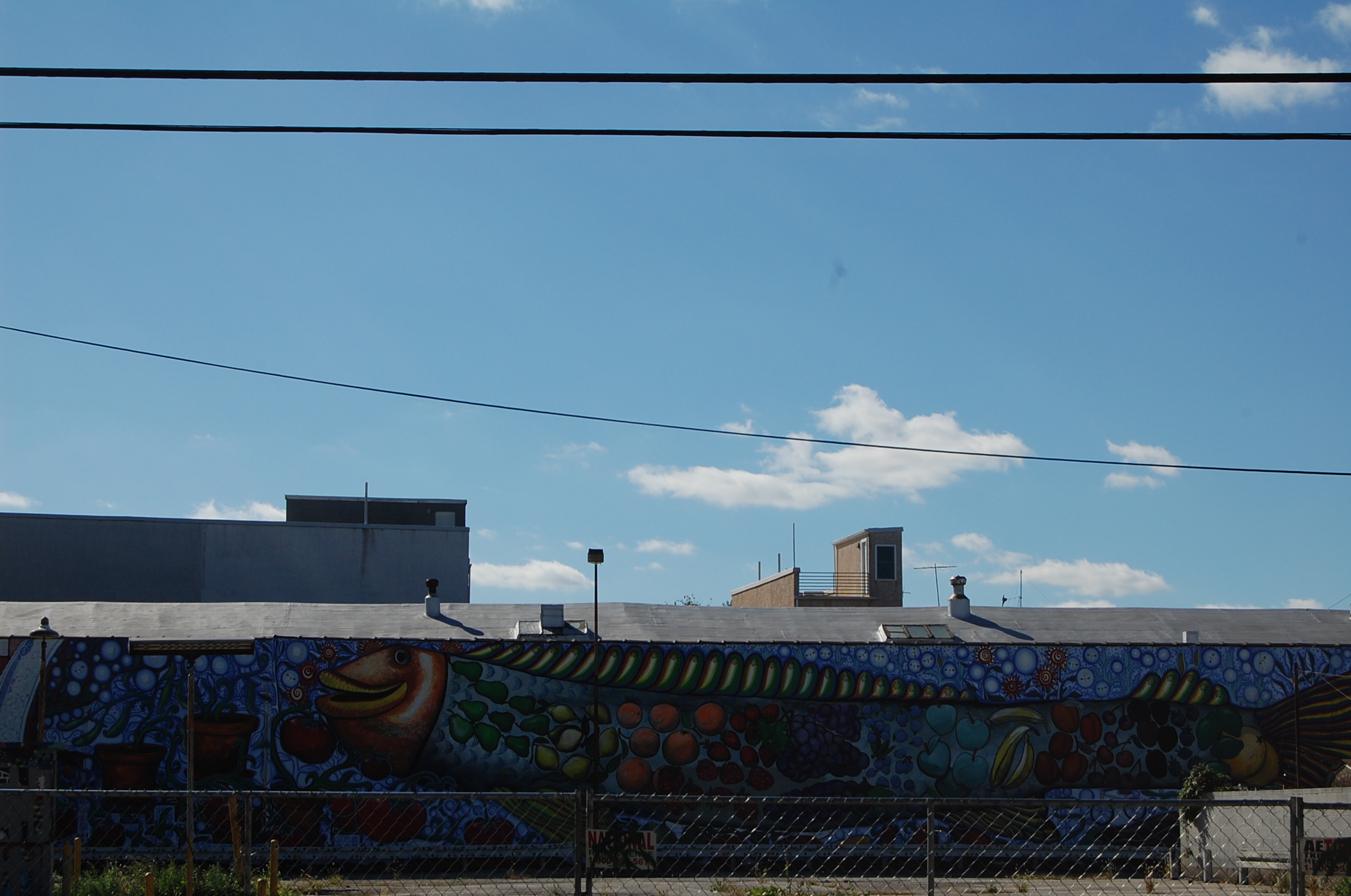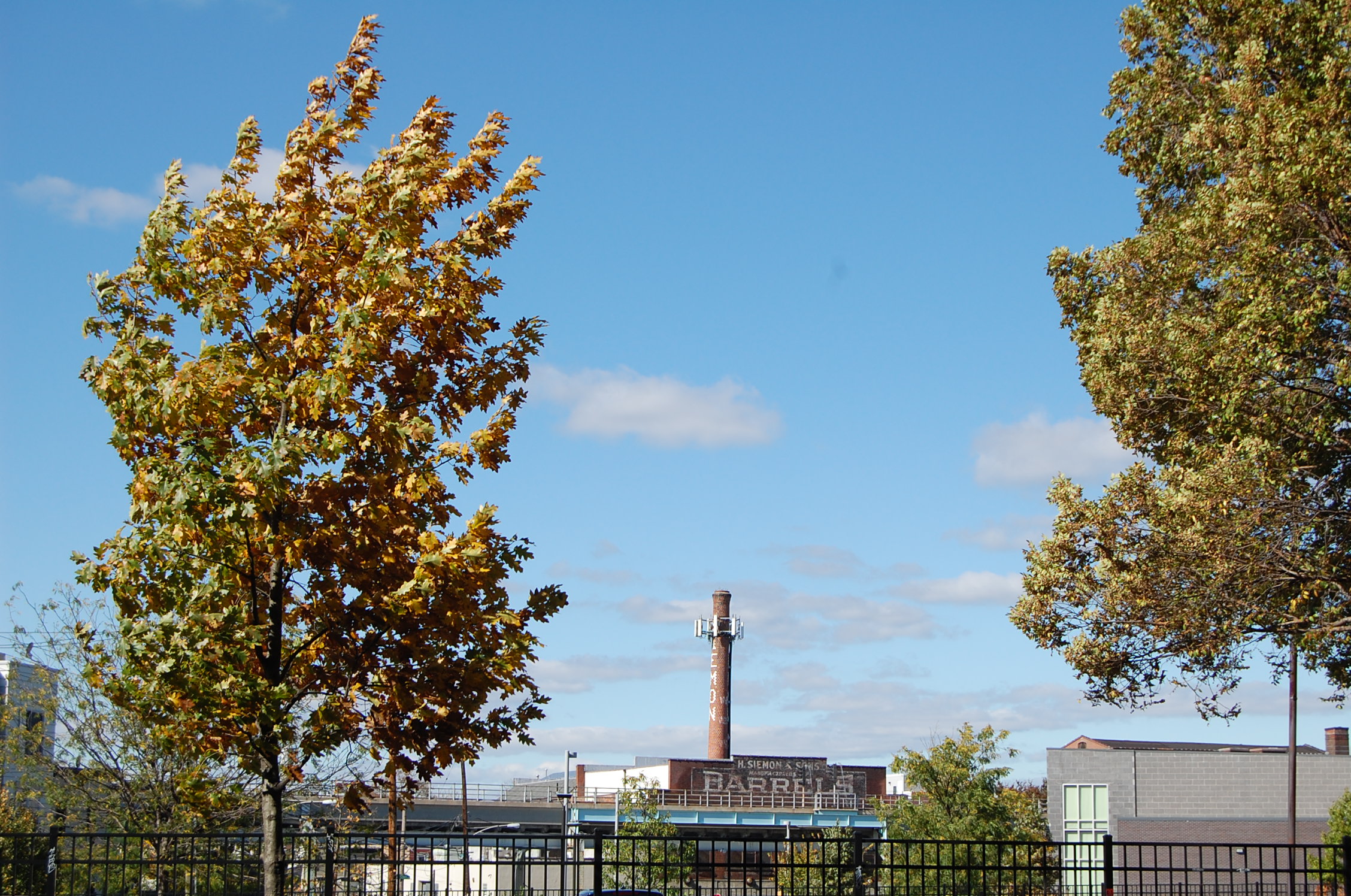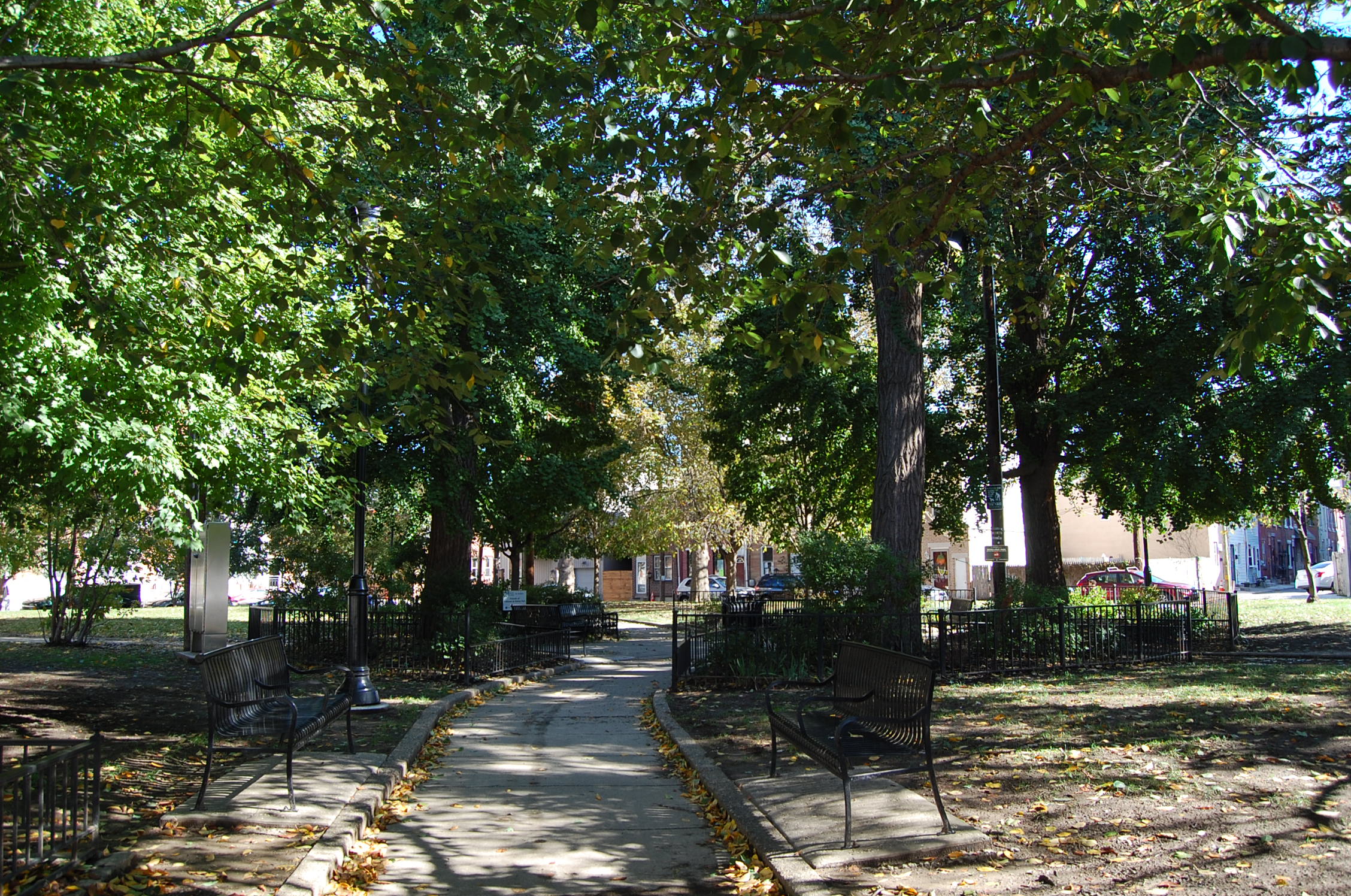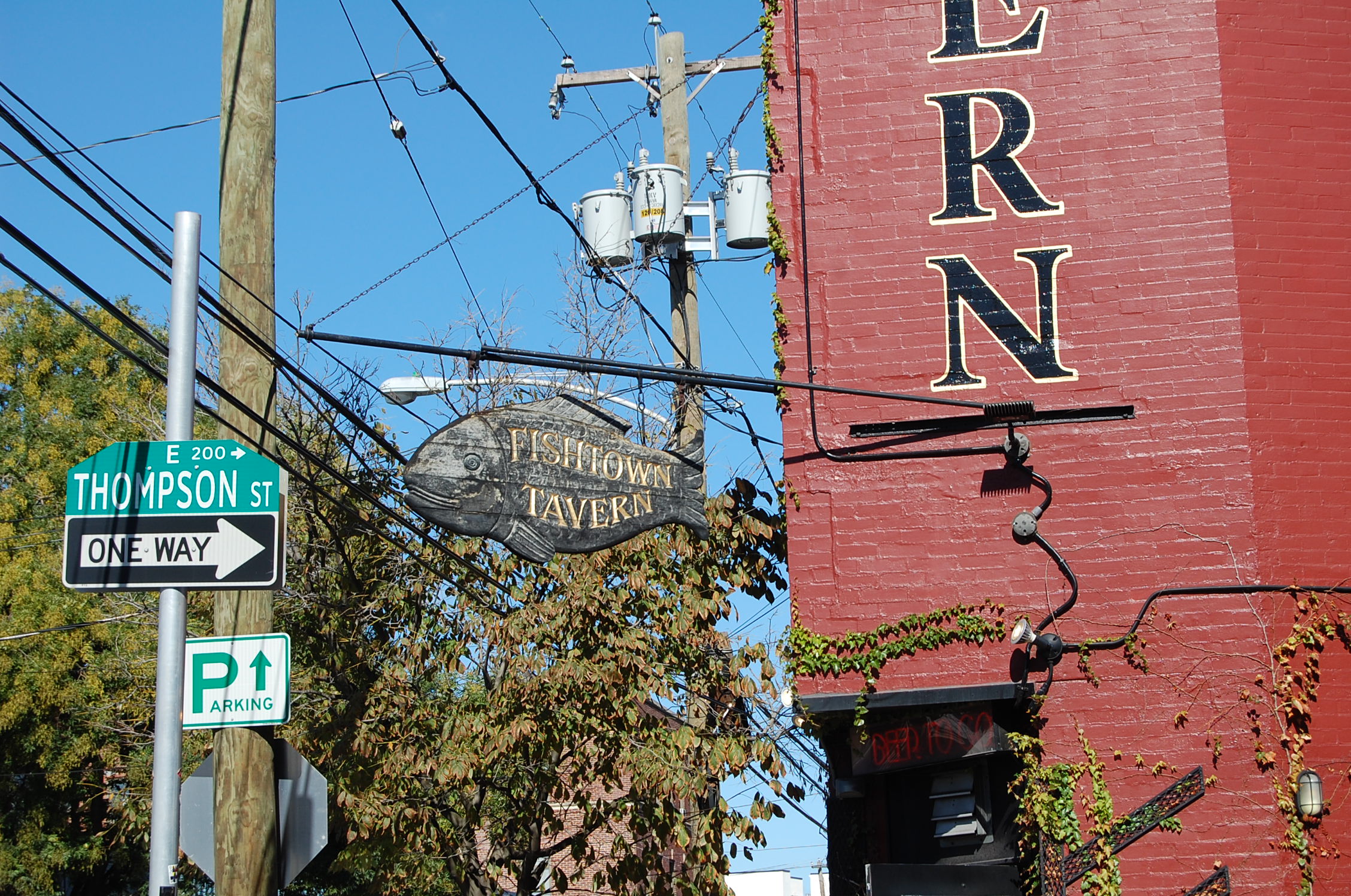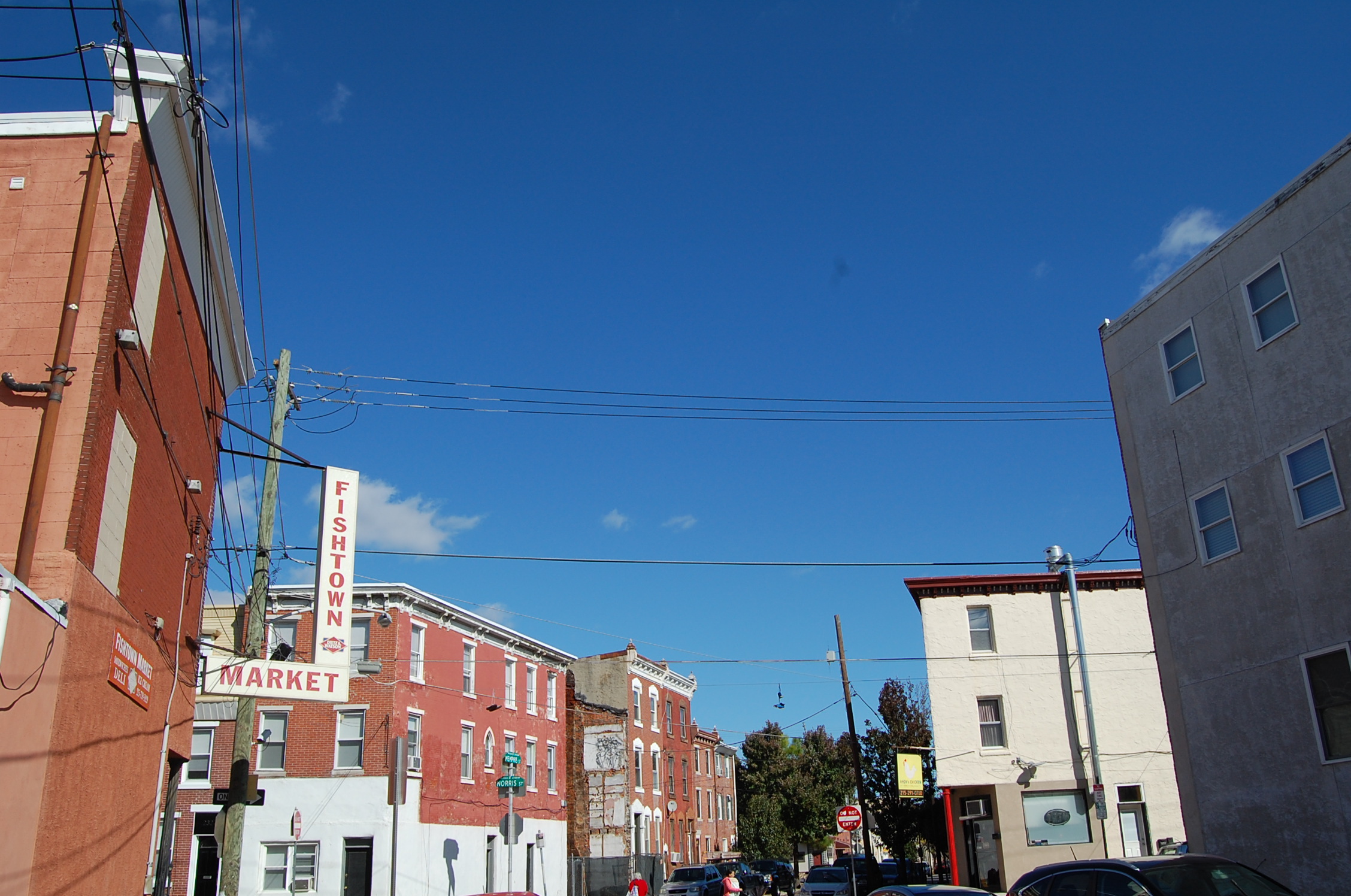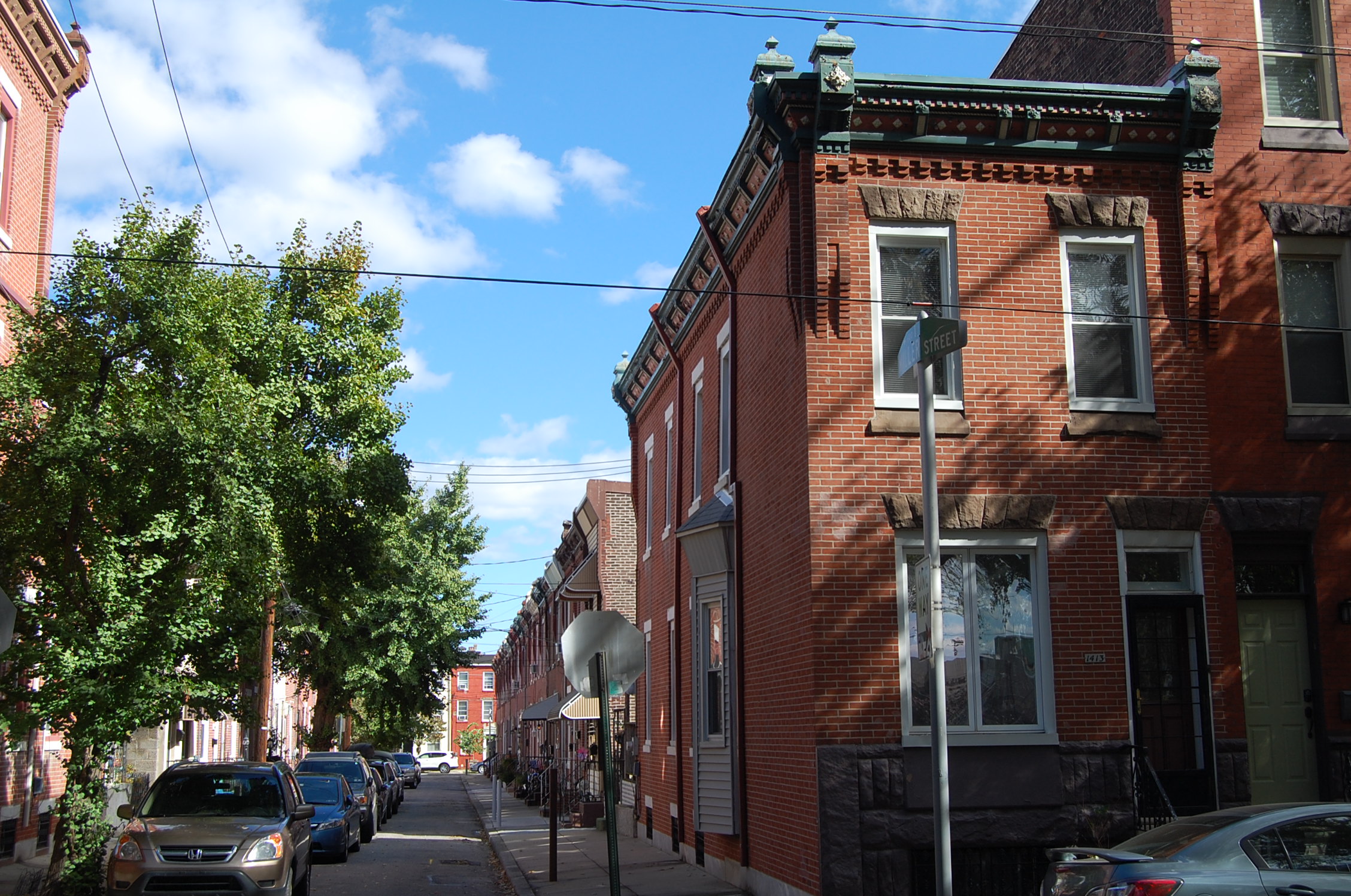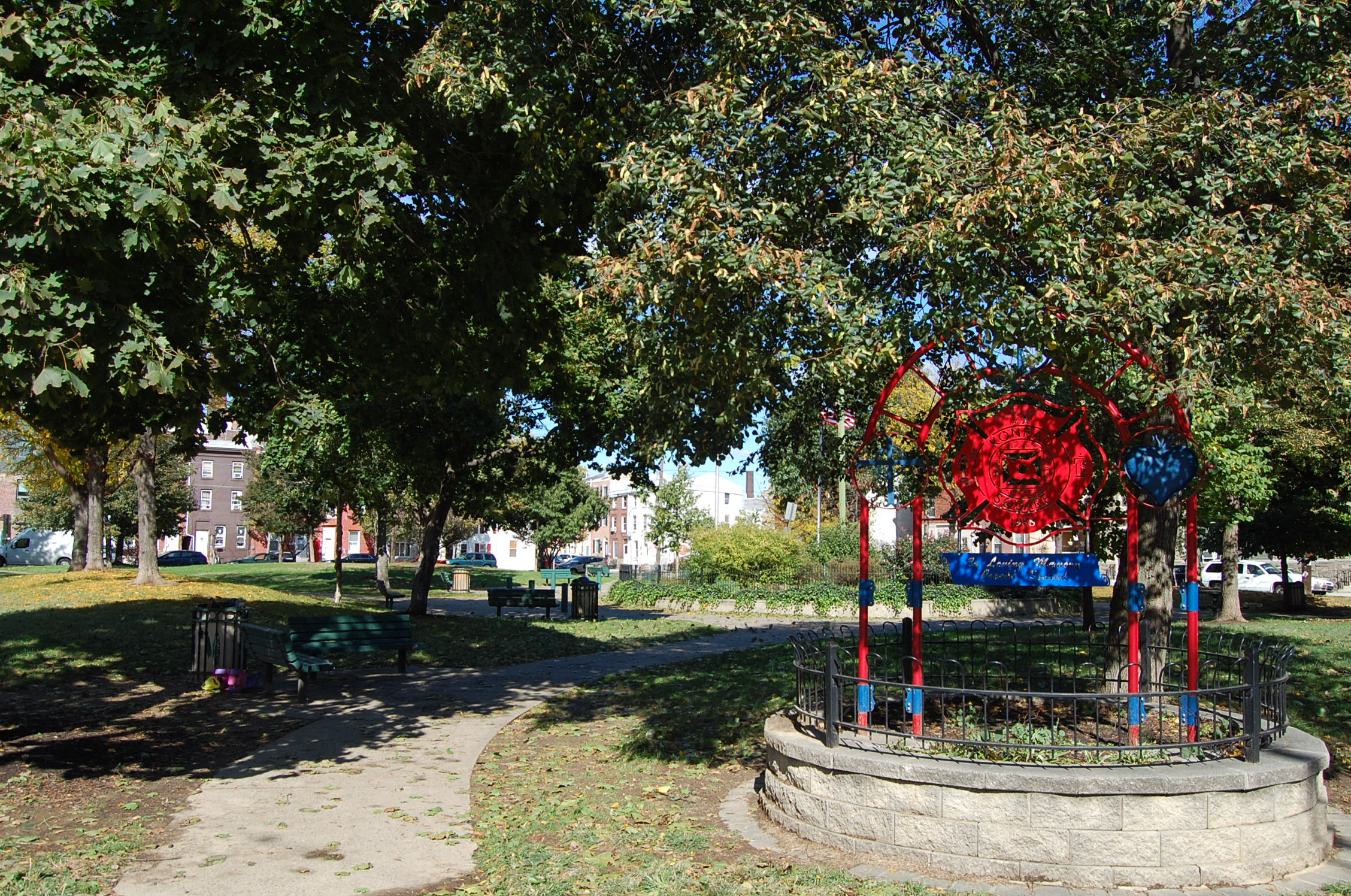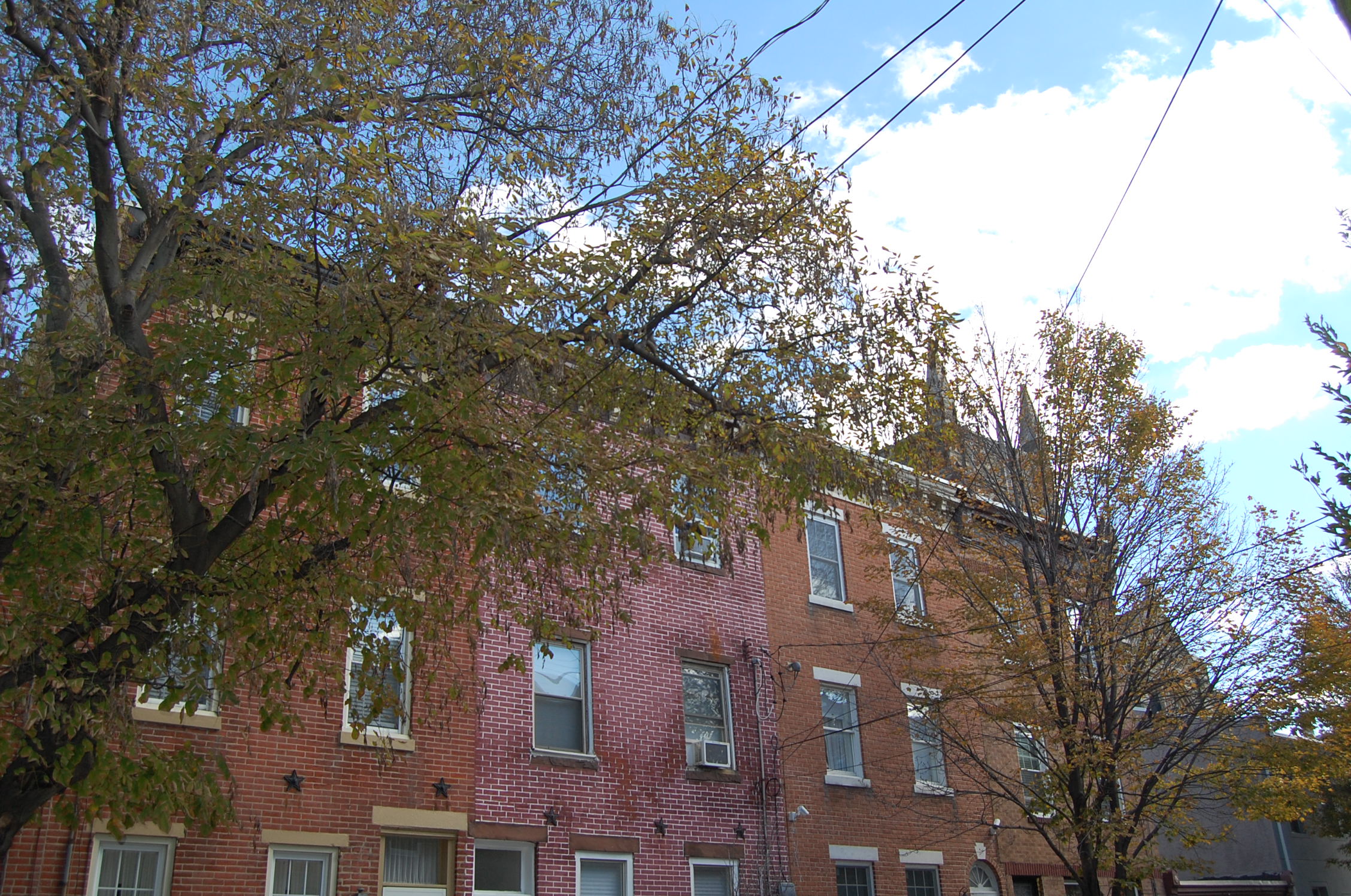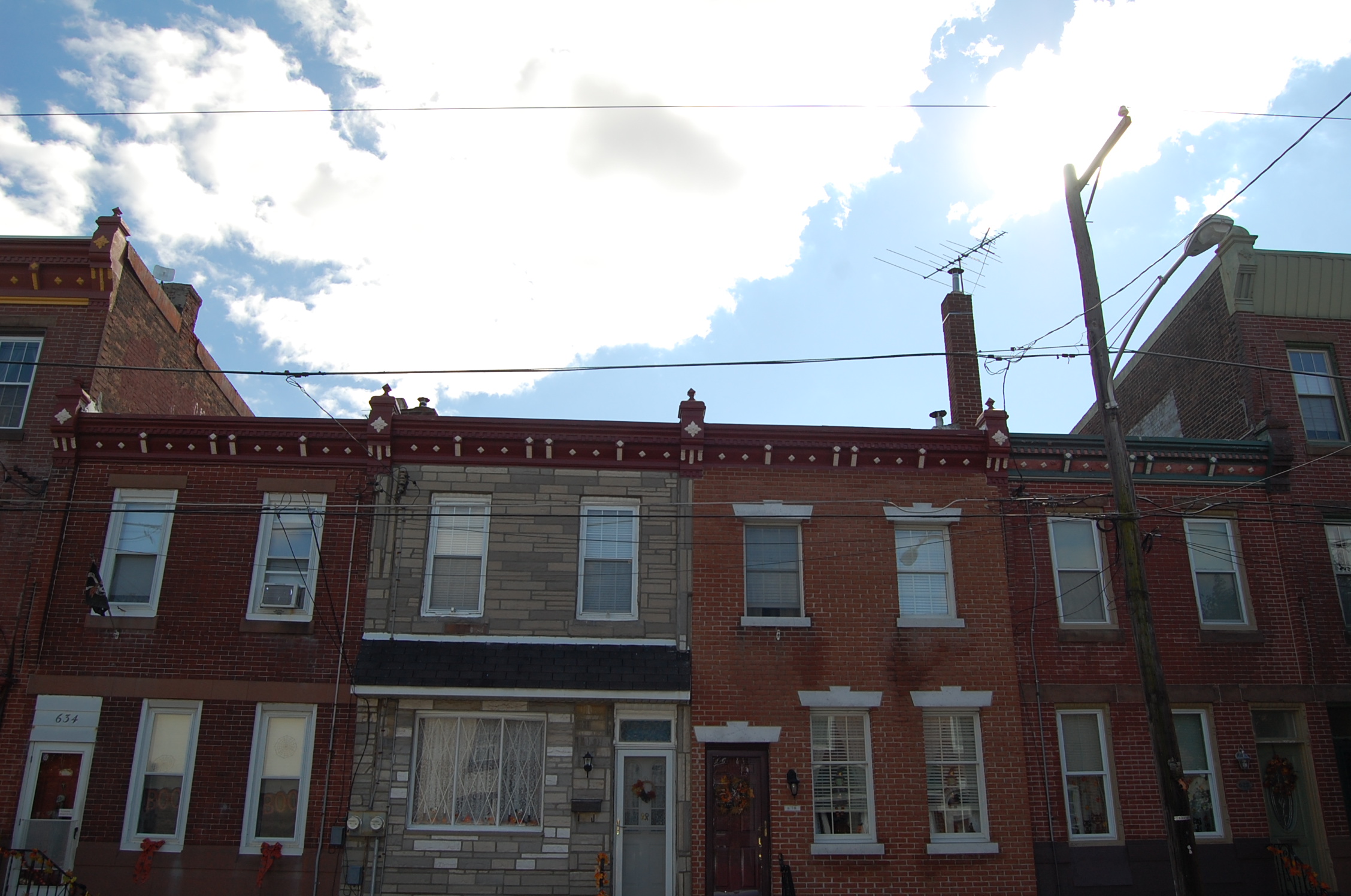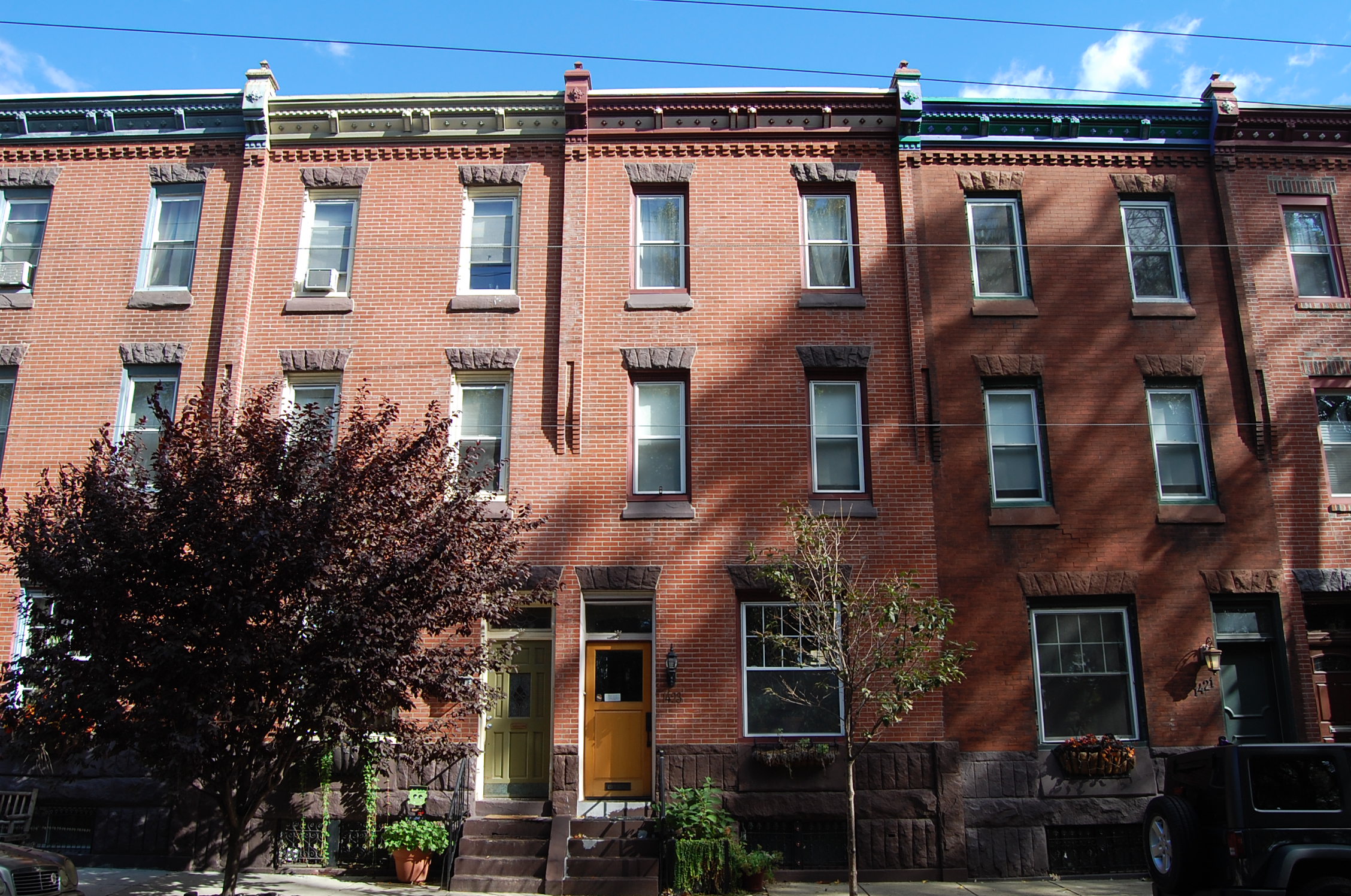If you are an architecture or history buff, the Society Hill section of Philadelphia is a must-see neighborhood. Bounded by the Delaware River to 8th Street and Walnut Street to Lombard, it contains more eighteenth and nineteenth-century buildings than any other City in the country. We hope the below overview of Society Hill will give you a deeper appreciation of its past, present, and perhaps its future.
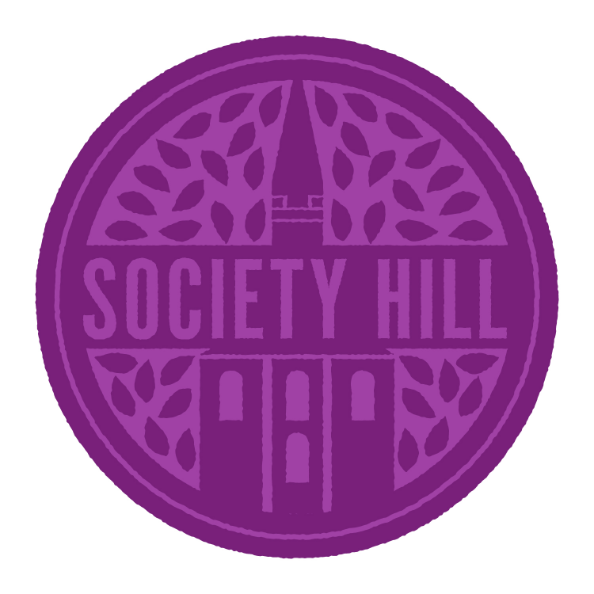
Society Hill History
Society Hill is named after the 17th-century Free Society of Traders, a company of elite merchants. The Society flew its flag on the top of a small hill that soon become known as “The Society’s Hill.” But it was originally known as the Dock Ward, referring to the area’s association with shipping, trade, and the famous Dock Street Market which served as a major food distribution center from the 1700s through the 1960s.
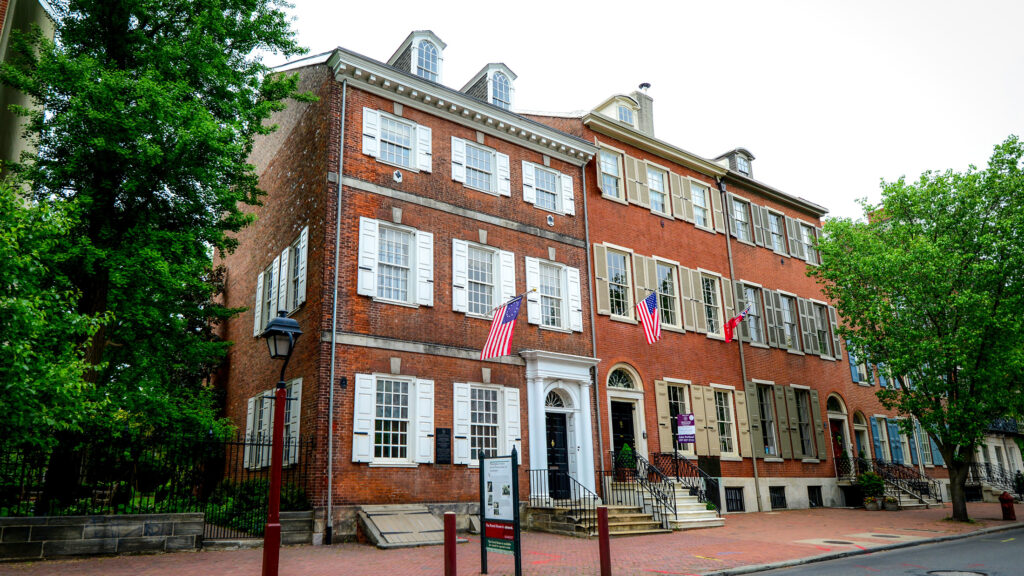
By 1776, the neighborhood had a diverse population including enslaved and free Black people. The elite built freestanding mansions such as the 1786 Hill-Physick House, 321 S. 4th St., and the 1765 Powel House, 244 S. Third Street. Pennsylvania Hospital, 800 Spruce St., founded by Benjamin Franklin and designed by architect Samuel Rhoads in 1751, combines Colonial and Federal styles. It was the first private hospital in the country.
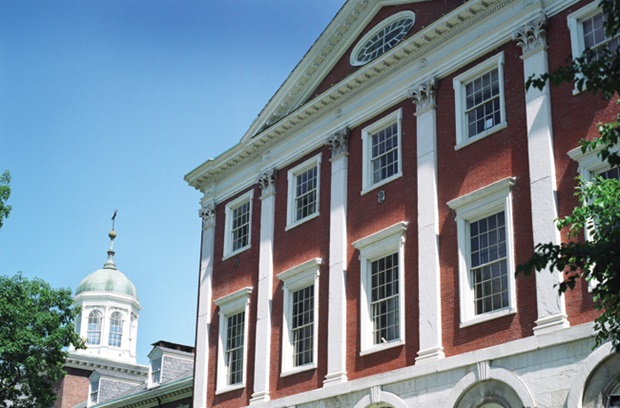
Historic Houses of Worship
St. Peter’s Church, 3rd & Pine, was constructed between 1758 and 1761, Congregation Kesher Israel, 412 Lombard St, occupies a former church built in 1796. Society Hill Synagogue, 418 Spruce Street, was also originally designed in 1829. Mother Bethel Church, 419 S, 6th St., founded in 1861, was the epicenter of the black community and still stands today. In 1915, Lithuanian Jewish immigrants formed the Vilna Congregation at 509 Pine Street. It now functions as a Chabad Synagogue.
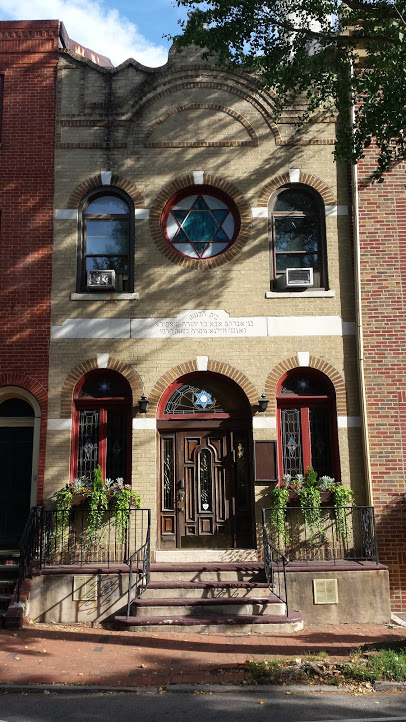
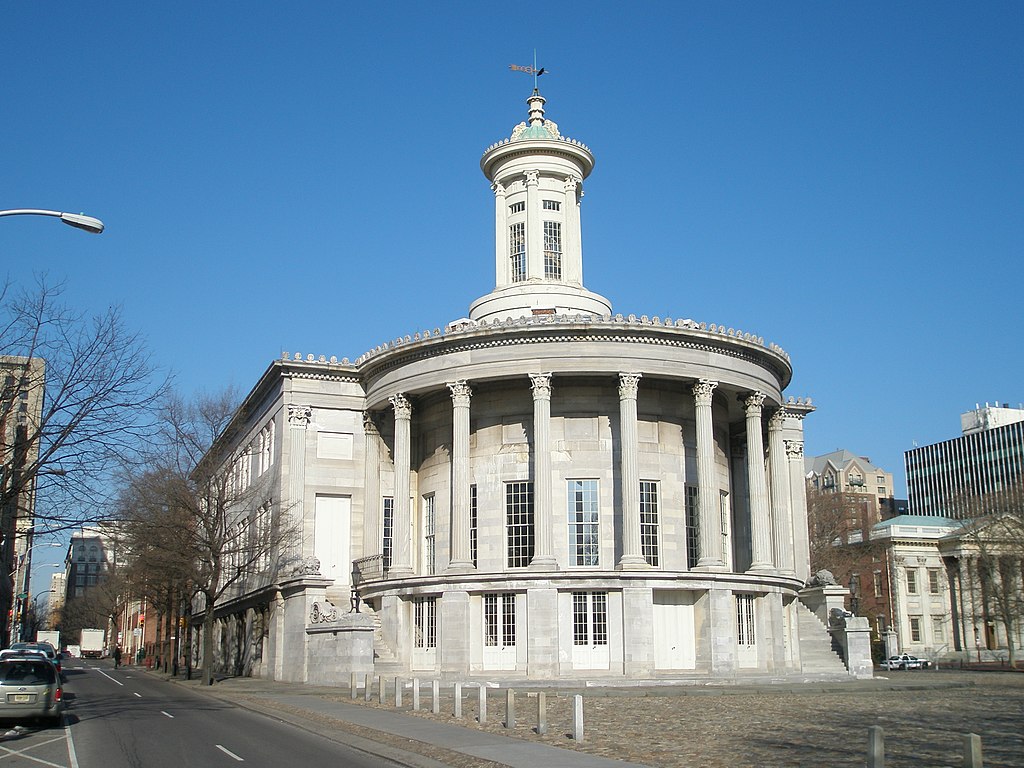
One of the most famous 19th-century structures still in use today, is the Merchants’ Exchange Building, 3rd and Walnut, designed by William Strickland in 1832 in the Greek Revival style. It was the Philadelphia stock exchange and now serves as the National Park Service headquarters. Another building of distinction is the Athenaeum, a special collections library and museum at 219 S. 6th St, built in 1845 in the Italianate style by John Notman.
Modernism & 20th Century Renewal
Starting in the 1950s, urban renewal programs restored historic buildings and neighborhoods. The Dock Street Market was relocated and the 31 acres surrounding it were demolished to make way for the three 32-story Society Hill Towers, 258 St. James Place, designed by I.M.Pei in the modernist style in 1964. At the same time, the 33-story Hopkinson House at 604 Washington Square, also designed in the modernist style by Isaac Stonorov, was going up in Washington Square.
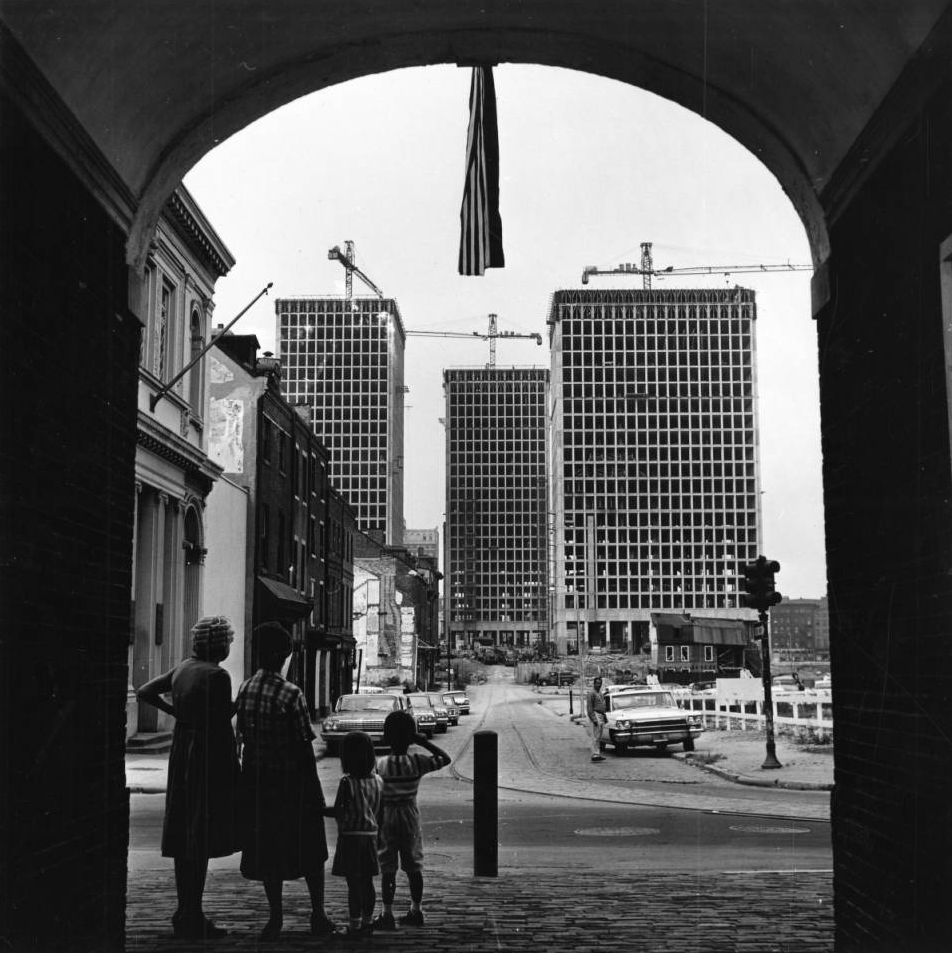

Sometimes a neighborhood doesn’t develop a “cache” until a major player moves there. That was the thinking of Philadelphia Mayor Dilworth who built a house in the colonial style at 223 South 6th street on Washington Square now dubbed the ‘Dilworth House’. Dilworth’s executive director of the City Planning Commission, Edmund Bacon, shared his passion for preservation and renewal. Under Bacon’s direction, replicas of 18th-century street lights and brick sidewalks were added to enhance the colonial atmosphere. Empty lots and demolished buildings were replaced with parks, walkways, and modern townhouses. Meanwhile, Architect Louis Sauer designed dozens of row house projects for the area around Society Hill, including Waverly Court and Penn’s Landing Square.
Present: Society Hill Today
Now considered one of the City’s most affluent neighborhoods, Society Hill is a designated historic district on the Philadelphia Register of Historic Places and the National Register of Historic Places. It is also known for its Franklin Street Lamps, cobblestone streets, and brick row houses in Federal and Georgian styles.
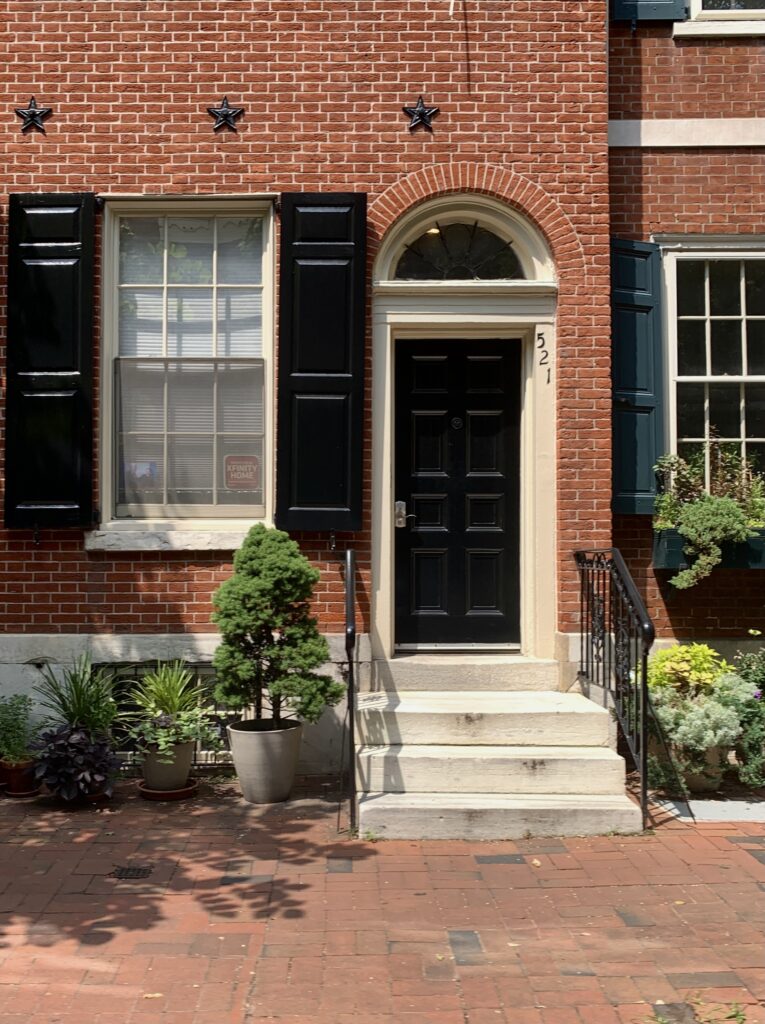
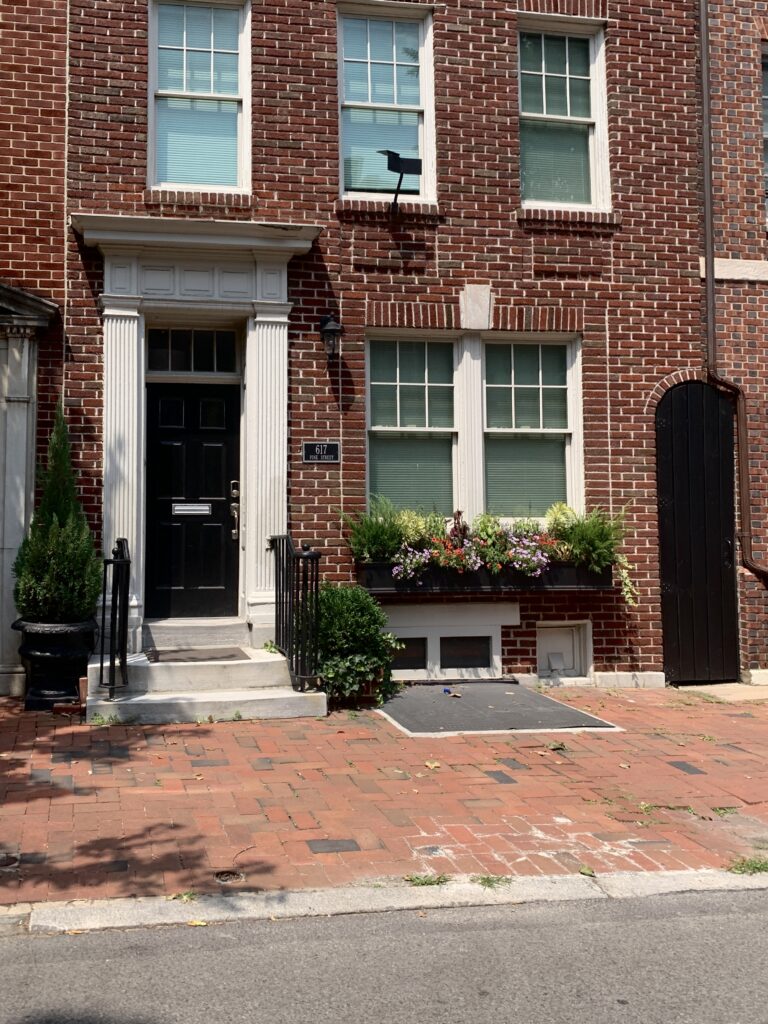
The effort to adapt historic architecture to contemporary use and be seen in The Willings, the former headquarters of the Reading Railroad transformed into a 4-story luxury condo building at 211-225 South 4th St and the 45-story Saint James at 200 W Washington Sq. which arose behind the façade of a nineteenth–century bank. According to the Philadelphia Inquirer, a condo project on the site of the Dilworth house that preserves the original structure is also underway.
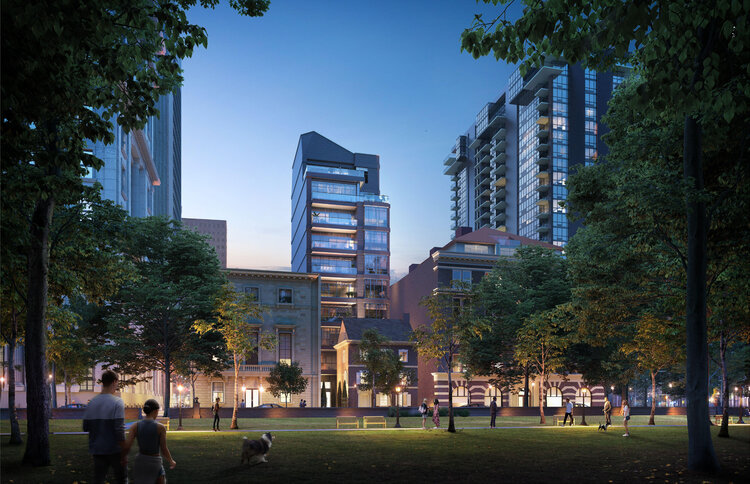
Society Hill Walking Tours
One of the best ways to get to know a neighborhood is to walk through its streets. The Preservation Alliance of Greater Philadelphia offers walking tours of Washington Square and Preserving Society Hill offers free 1-2 hour self-guided tours of Society Hill. The Society Hill Civic Association also offers an online self-guided tour, which you can download to your smartphone or print out. If you are interested in living in this historic area, reach out. One of our agents at Solo Real Estate can guide you in your home-buying search and help find the right fit for you.

